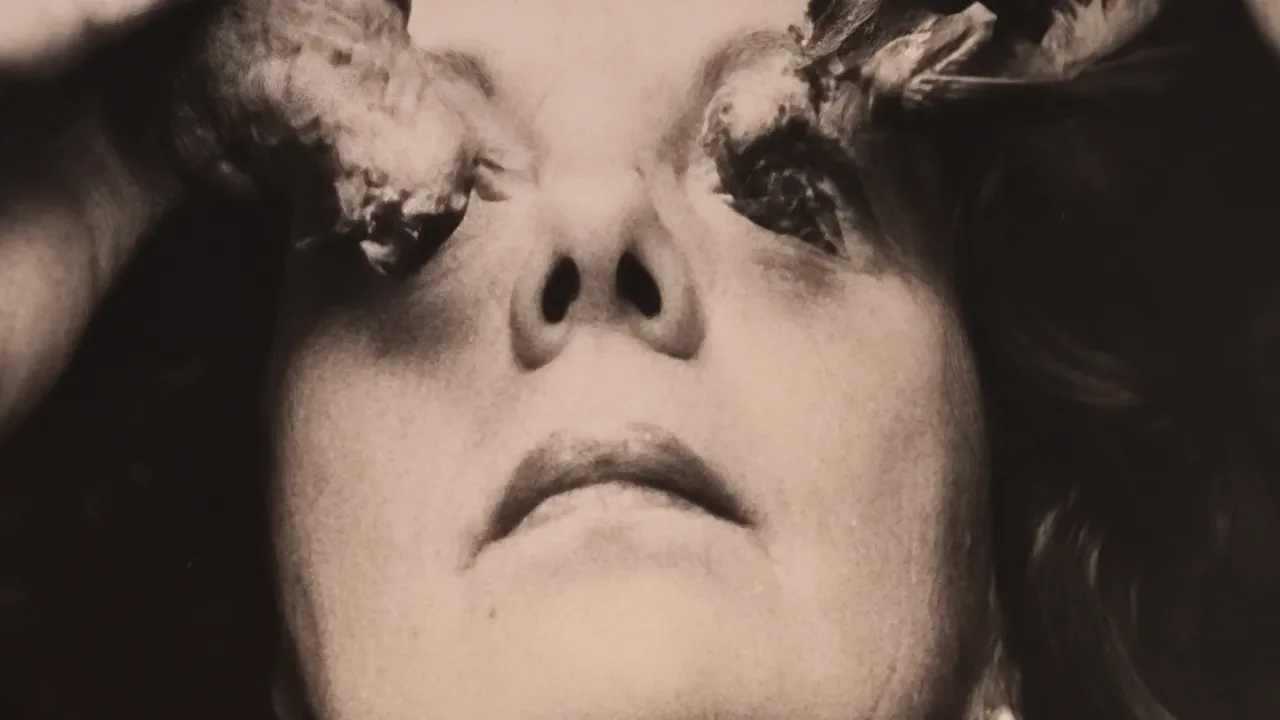
We return (and will continue to return) to the Casa de México de España (Madrid), this time to visit one of those exhibitions that are advertised as unmissable. The protagonist of the exhibition is a highly awarded creator, which, for me personally, not only arouses my interest but also puts me on guard.
I think it's no secret that major awards (and I would dare to say minor ones too) are more the result of good public relations and good contacts than of the quality of the award-winning work, which is why I tend to be very demanding of the most renowned or award-winning authors.
So I showed up at Graciela Iturbide's exhibition with my backpack overflowing with skepticism. My mistrust disintegrated in a matter of seconds, turning into fine dust until it disappeared.
Graciela Iturbide, winner of the Prince of Asturias Award for the Arts (2025), is a photographer who has been captivating audiences for more than 40 years. I don't think I'm exaggerating when I say that this exhibition left me spellbound from start to finish.
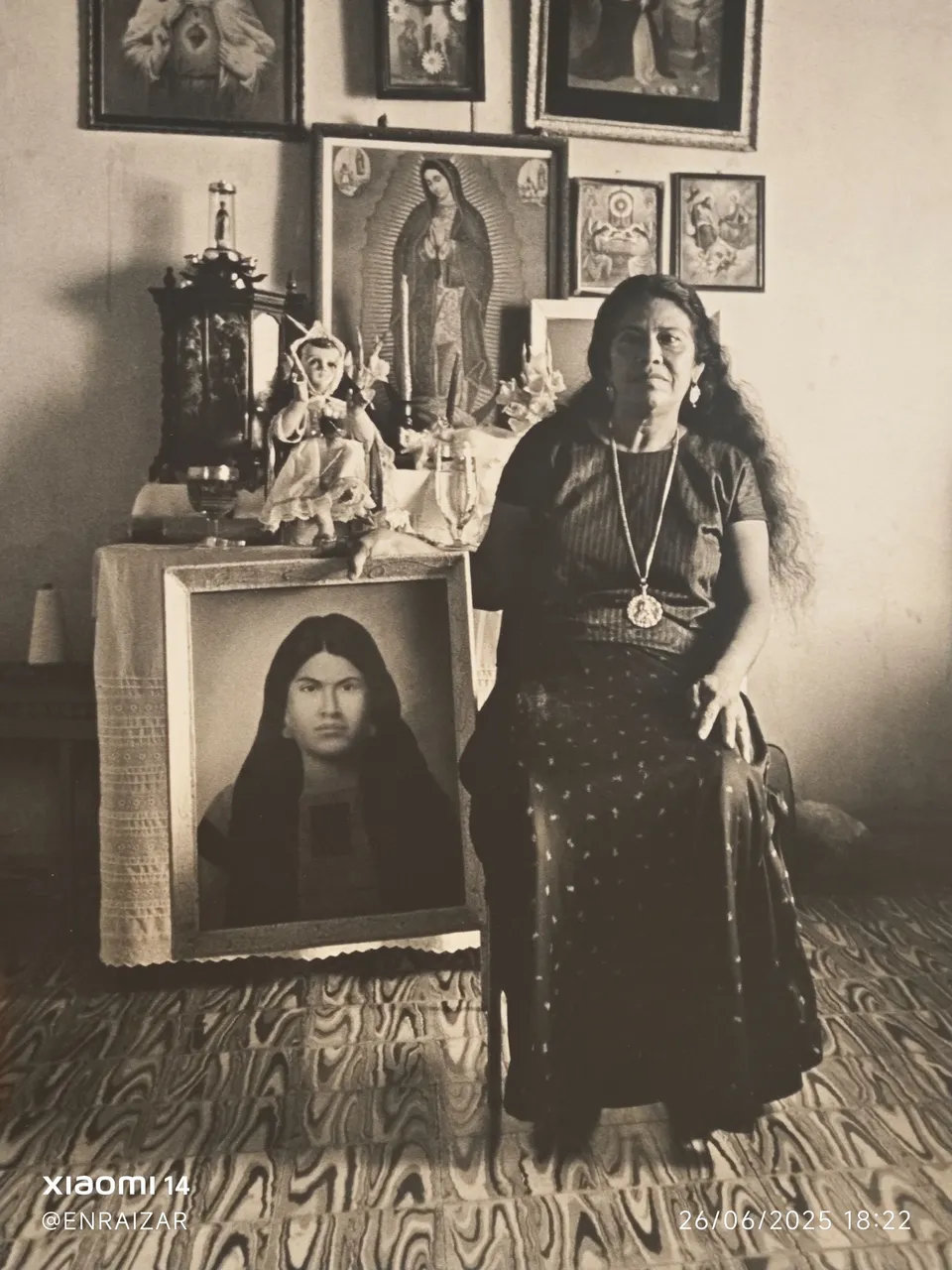
Na´ Marcelina. Oxaca, México. 1984
In the last two years, since I rediscovered my love of exhibitions, two events have had a profound impact on me. One of these exhibitions was Boris Savelev, and the second was/is the one I am presenting today, featuring the enchanting photographer Graciela Iturbide.
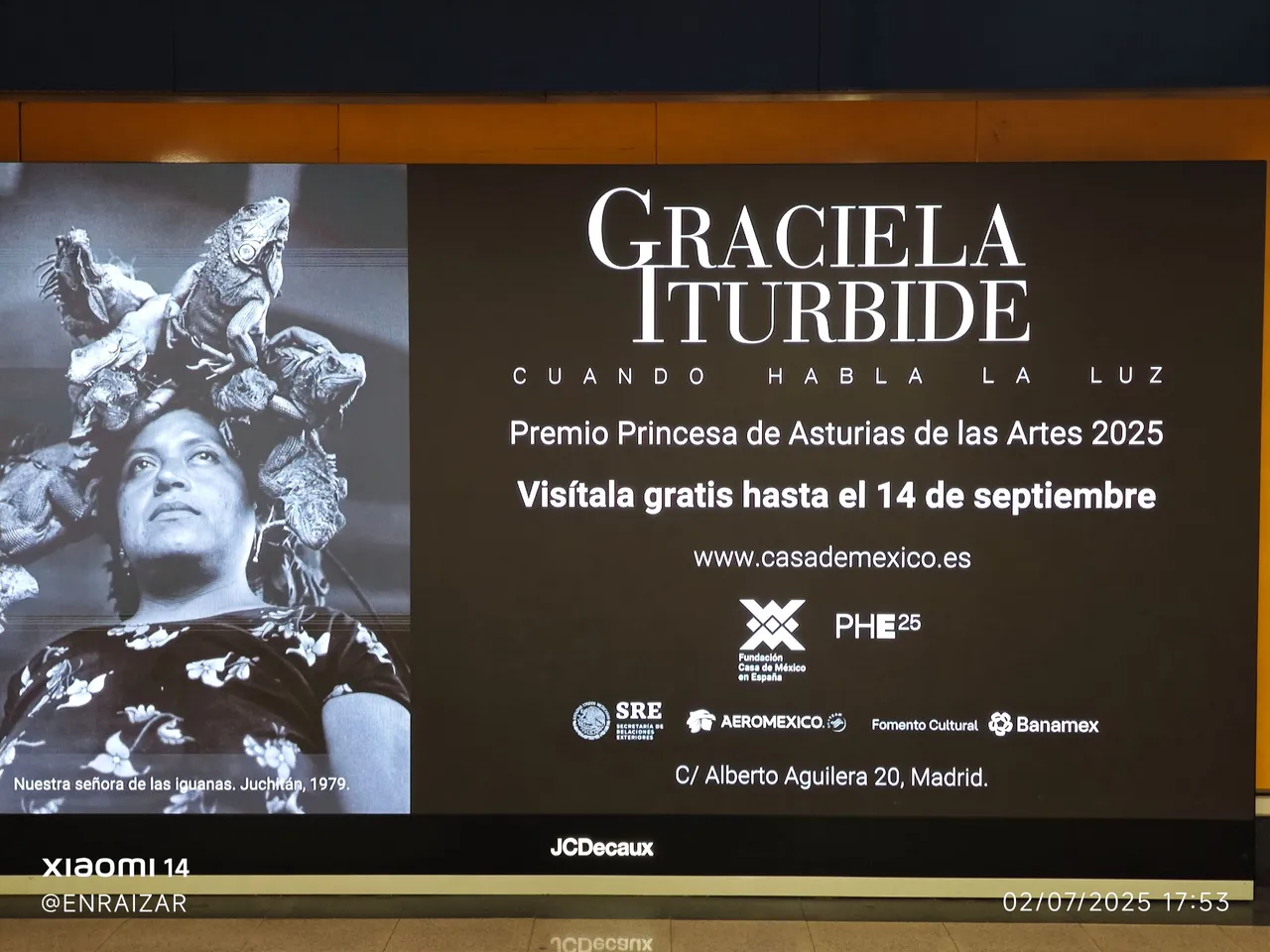
Advertisement for the exhibition. Image: Nuestra Señora de las Iguanas (1979)
If I already mentioned at the time that Boris Savelev's photographs spoke to me of his inner world and melancholy, in the case of Iturbide, her gaze is projected outward, with serenity, inviting complicity with the subjects portrayed.
In fragments of life where some would seek sensationalism, sordidness, or the most shocking photo, the Mexican photographer, with respect and free of prejudice, walks toward dignity.
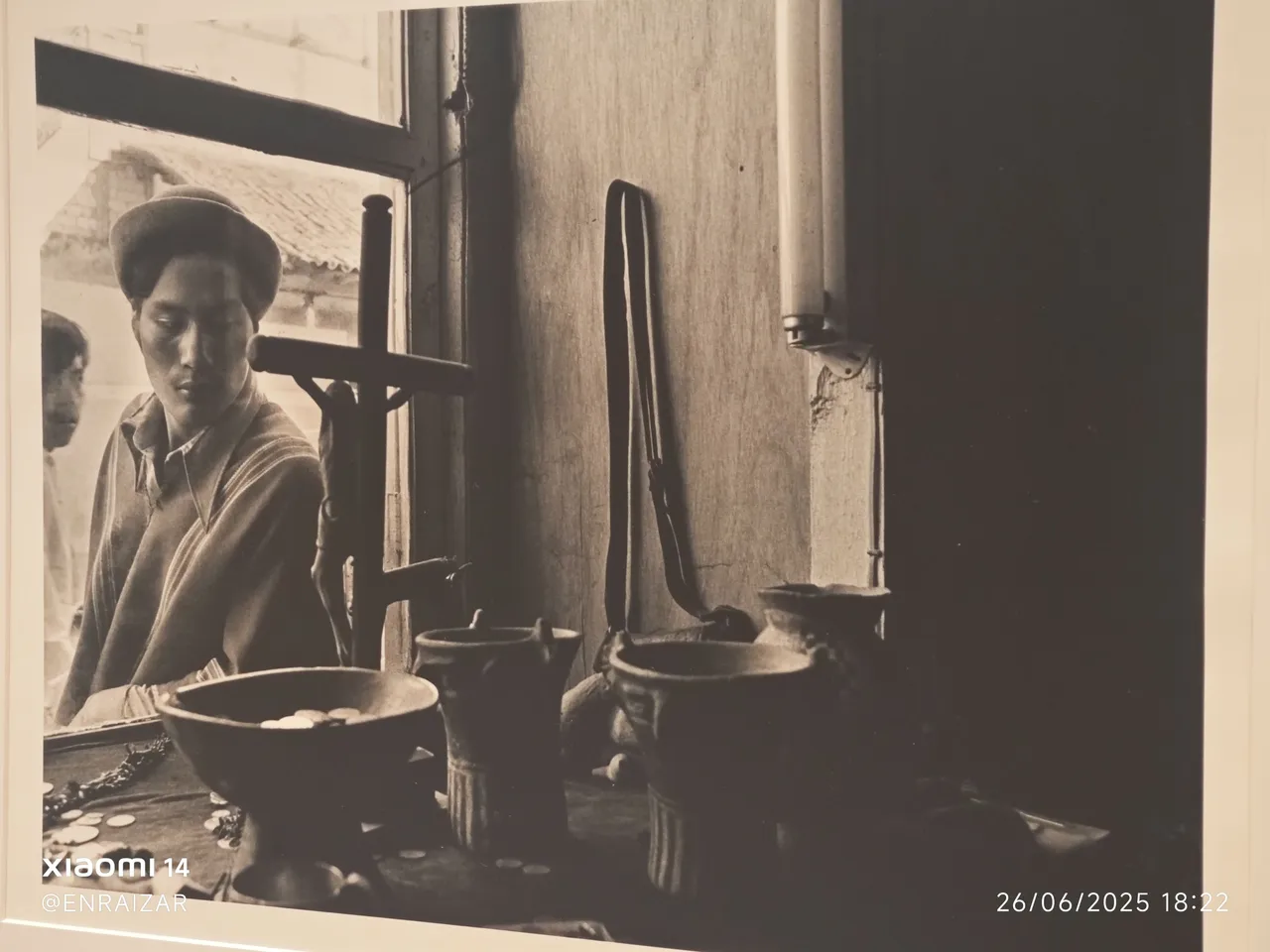
La tienda. Quito, Ecuador. 1982
The photographs on display show that photography, in addition to being a technical procedure with the ability to accurately recreate reality, as seen in its use in the world of science, is also a medium capable of creating worlds.
Iturbide has been recreating landscapes full of magic for more than four decades; of this there is no doubt.

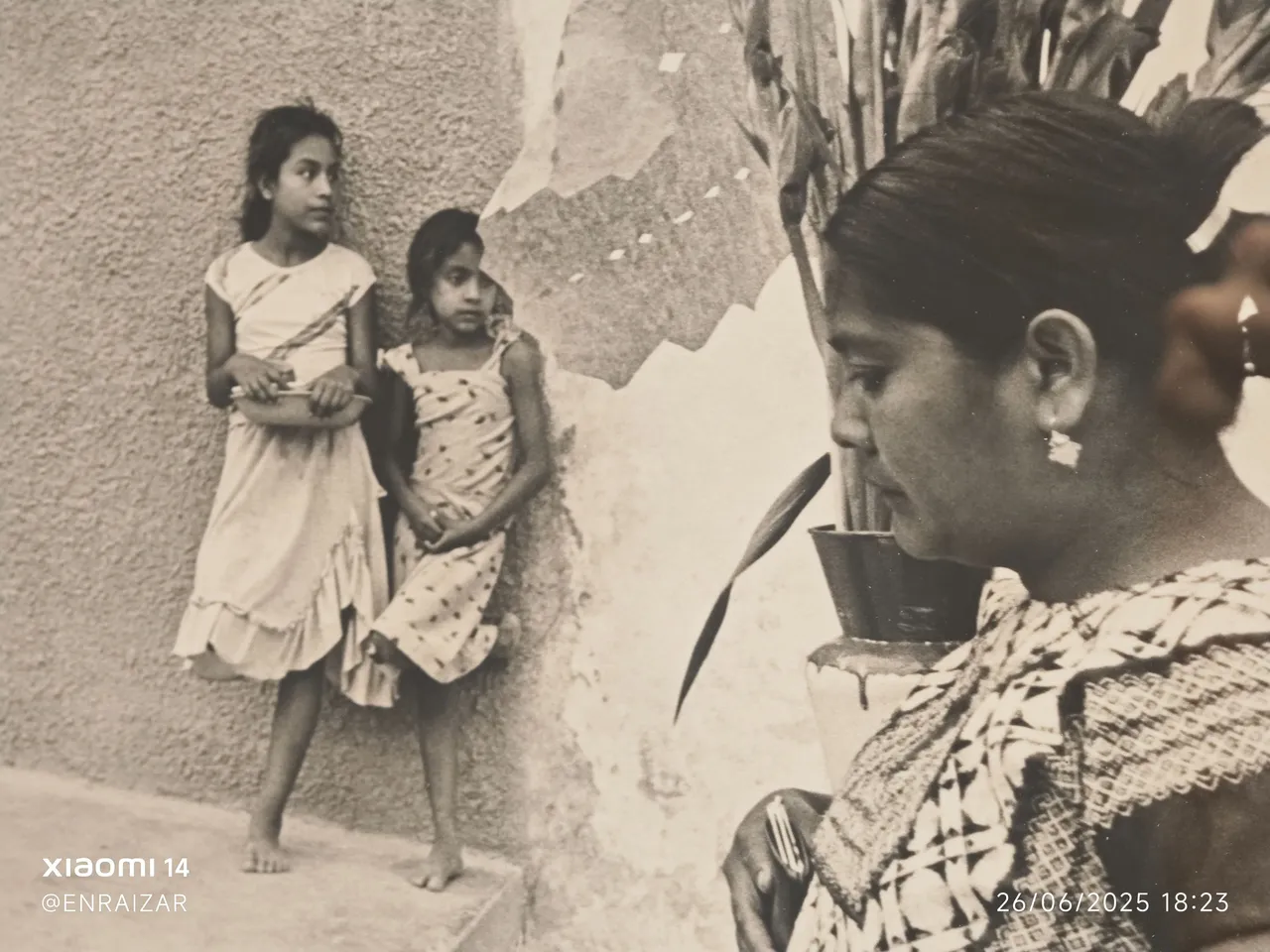
Sin título. Oxaca, México. 1986
¿Ojos para volar? [Eyes to fly?] (1989) This question is answered as visitors and viewers walk through the exhibition. Without a doubt, Iturbide's gaze flies high, seeing what only she is capable of seeing and then showing.
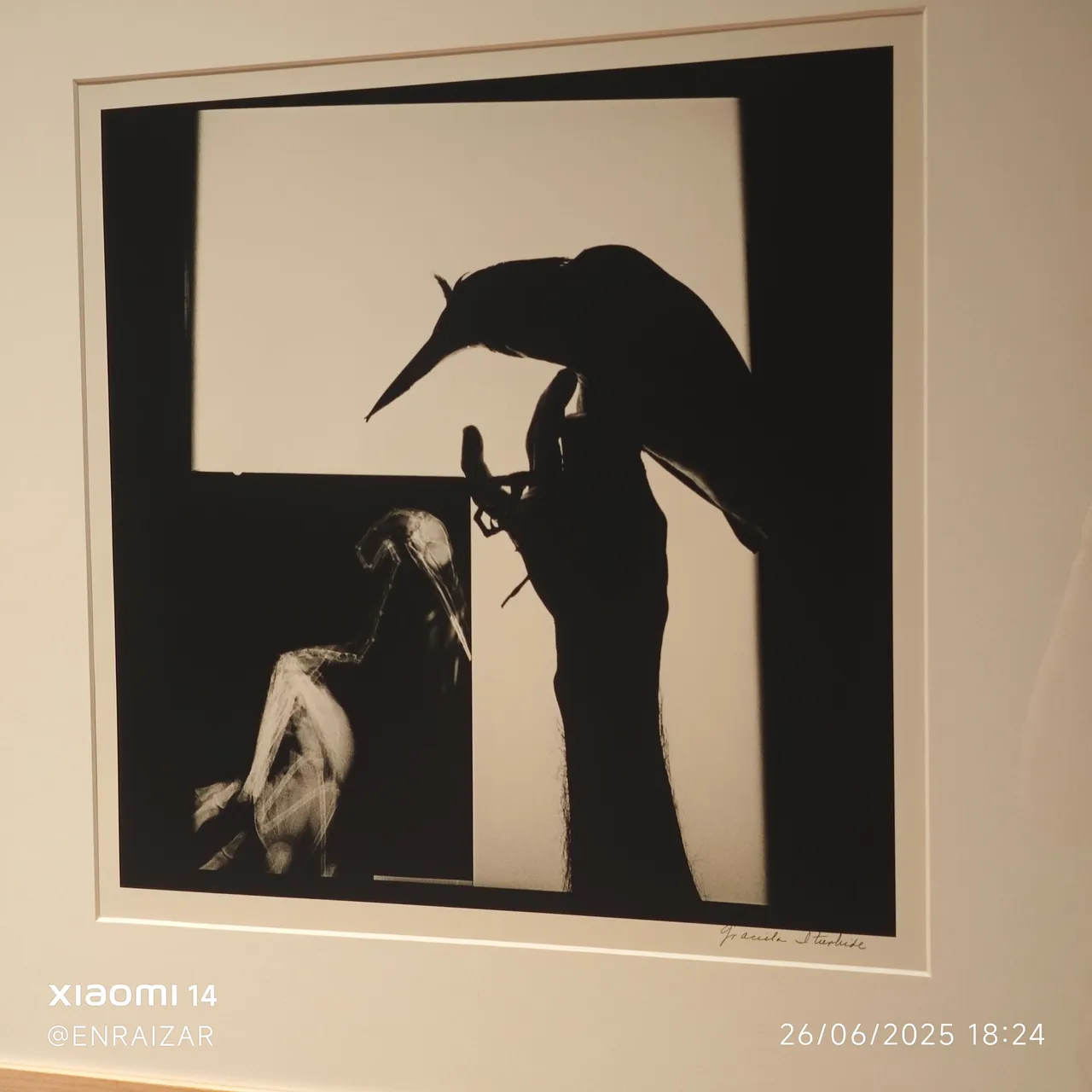
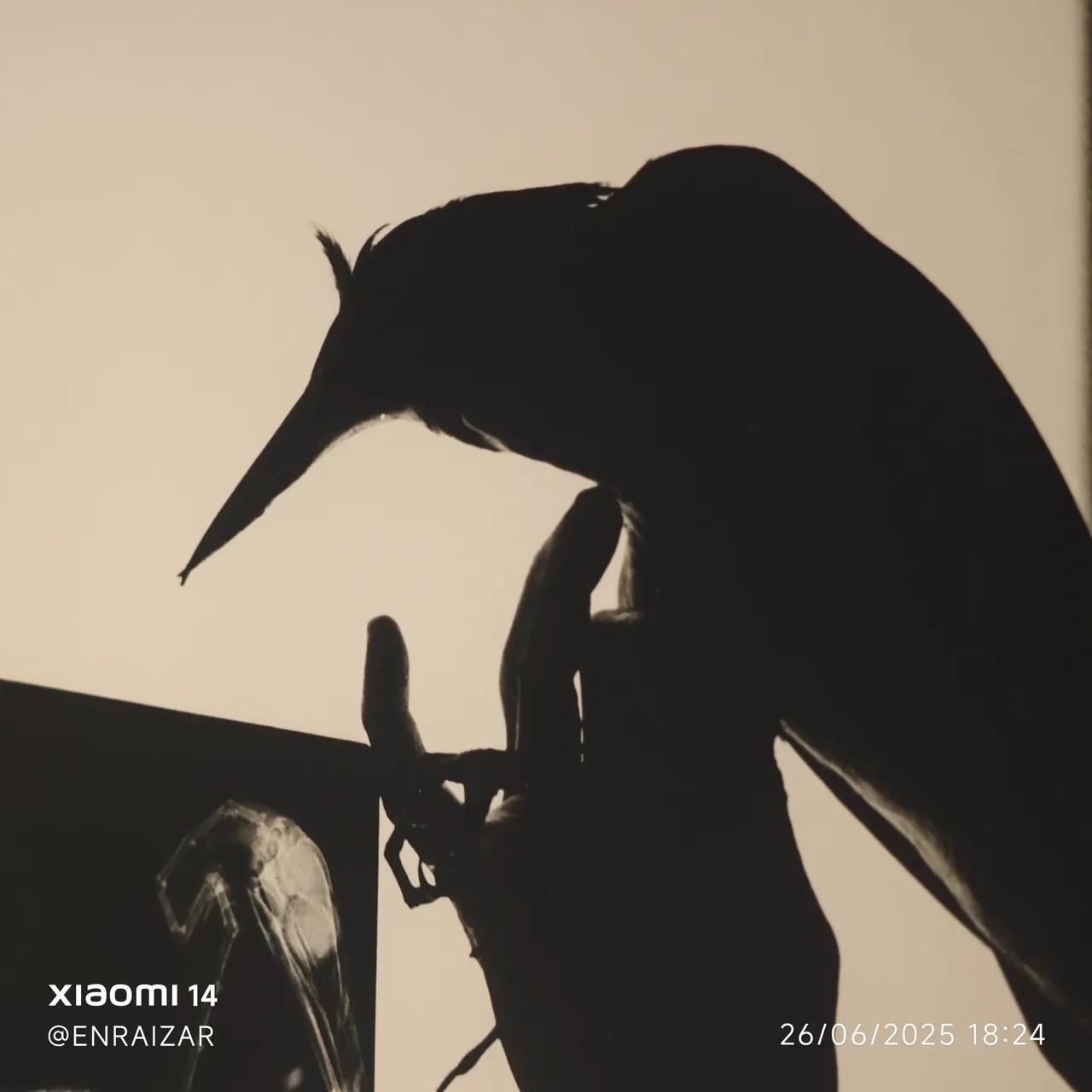
Radiografía de un pájaro. Oxaca, México. 1999
This exhibition features some truly striking photographs. Among my favorites are:
Mujer ángel. desierto de Sonora, México. 1979
Cristina. Este de los Ángeles, Estados Unidos .1986
Magnolia. Juchitán, México. 1986
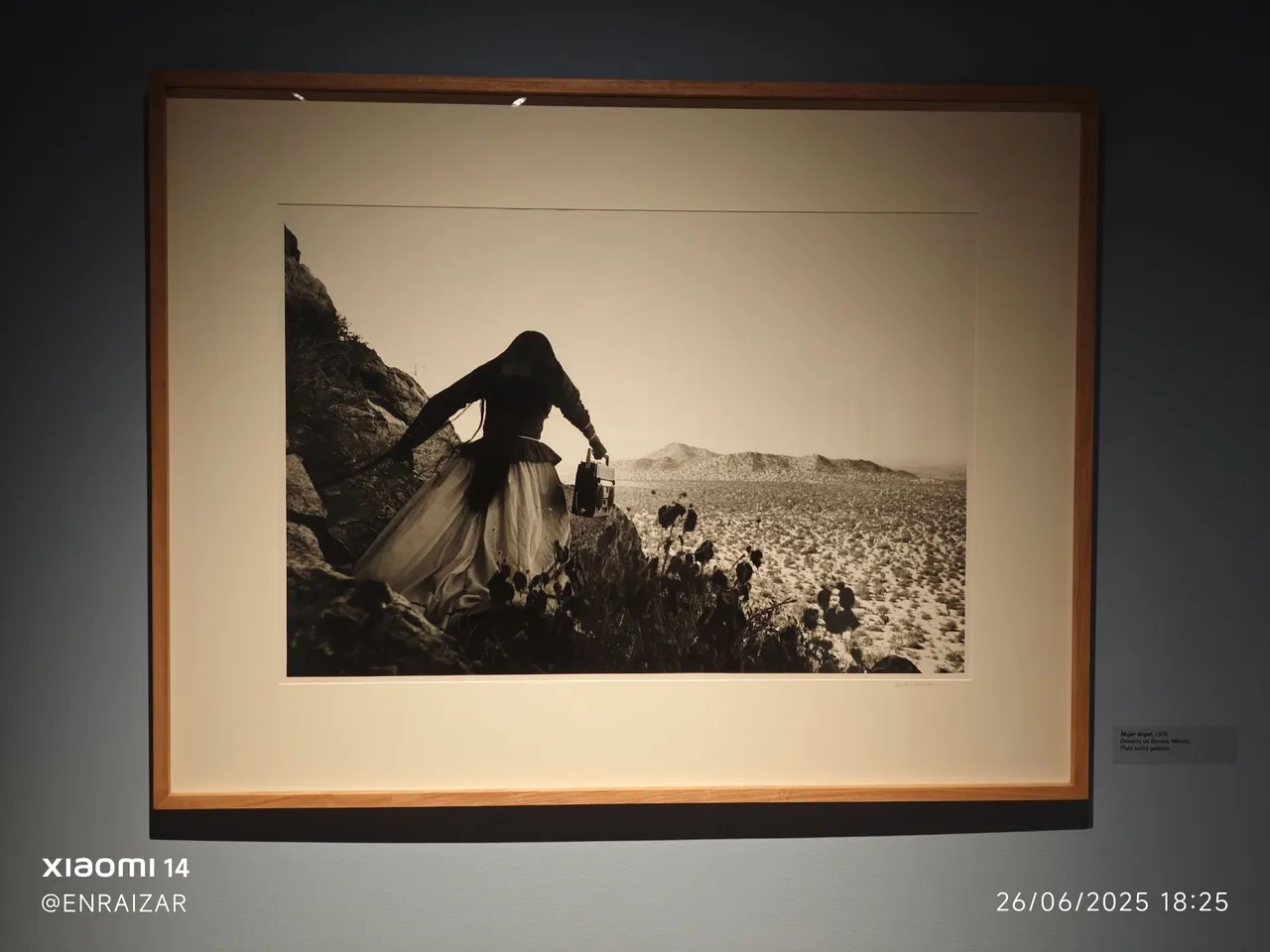
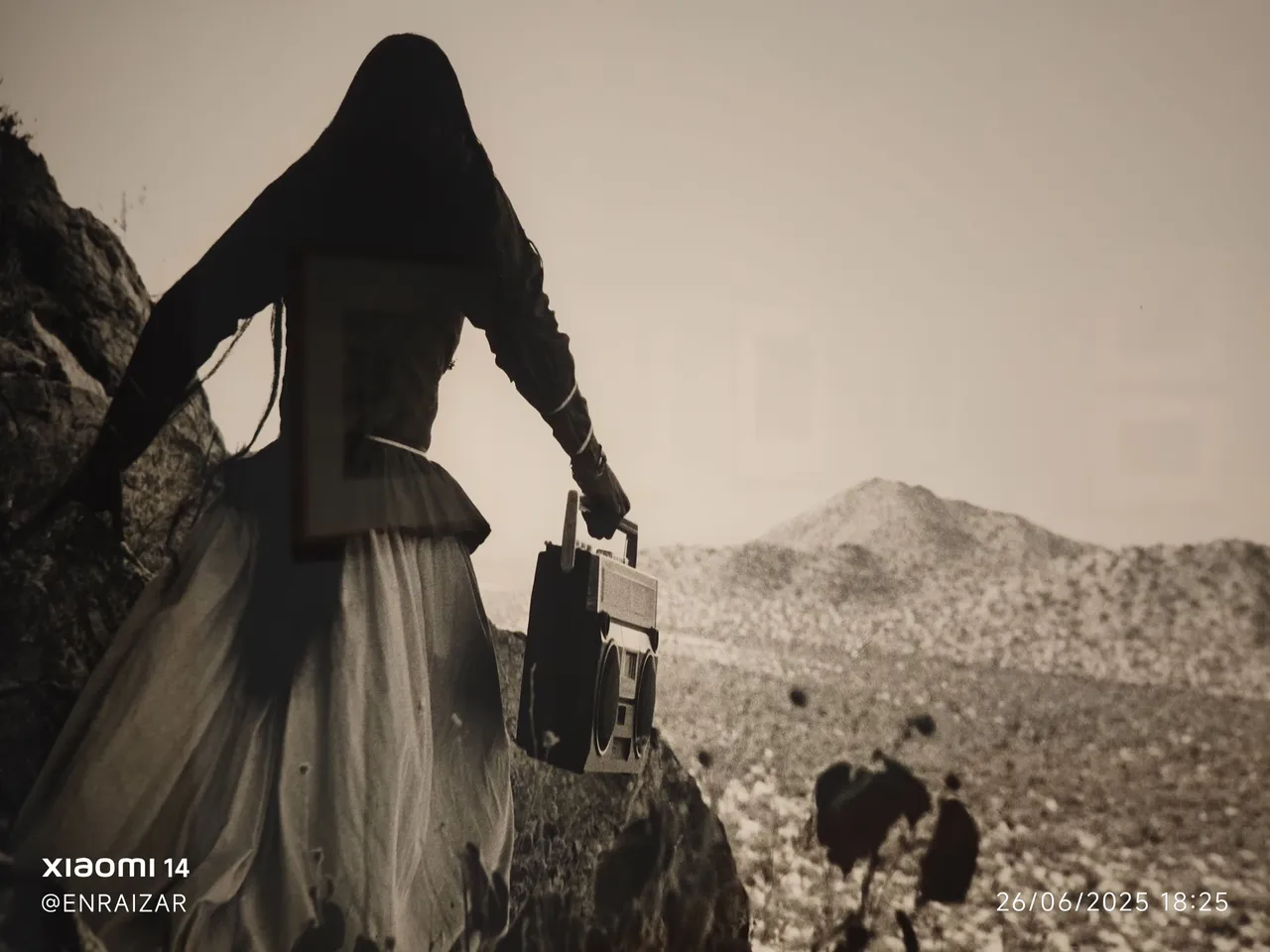
Mujer ángel. desierto de Sonora, México. 1979
And among them all, there is one that is very special:
Nuestra Señora de las Iguanas (1979).
The image used in Madrid to promote the exhibition is also the image that earned the most extensive explanatory commentary of all the creations exhibited at the Casa de México.
This photograph is an example of how the author shows archetypes and symbols as points of support for the community.
According to the exhibition notes, this image represents the goddess of creation. She is the founding totem of a society (clan) and at the same time “Medusa Juchiteca”: a warrior goddess who breaks away from male authority. We are faced with the founding myth of an entire community.
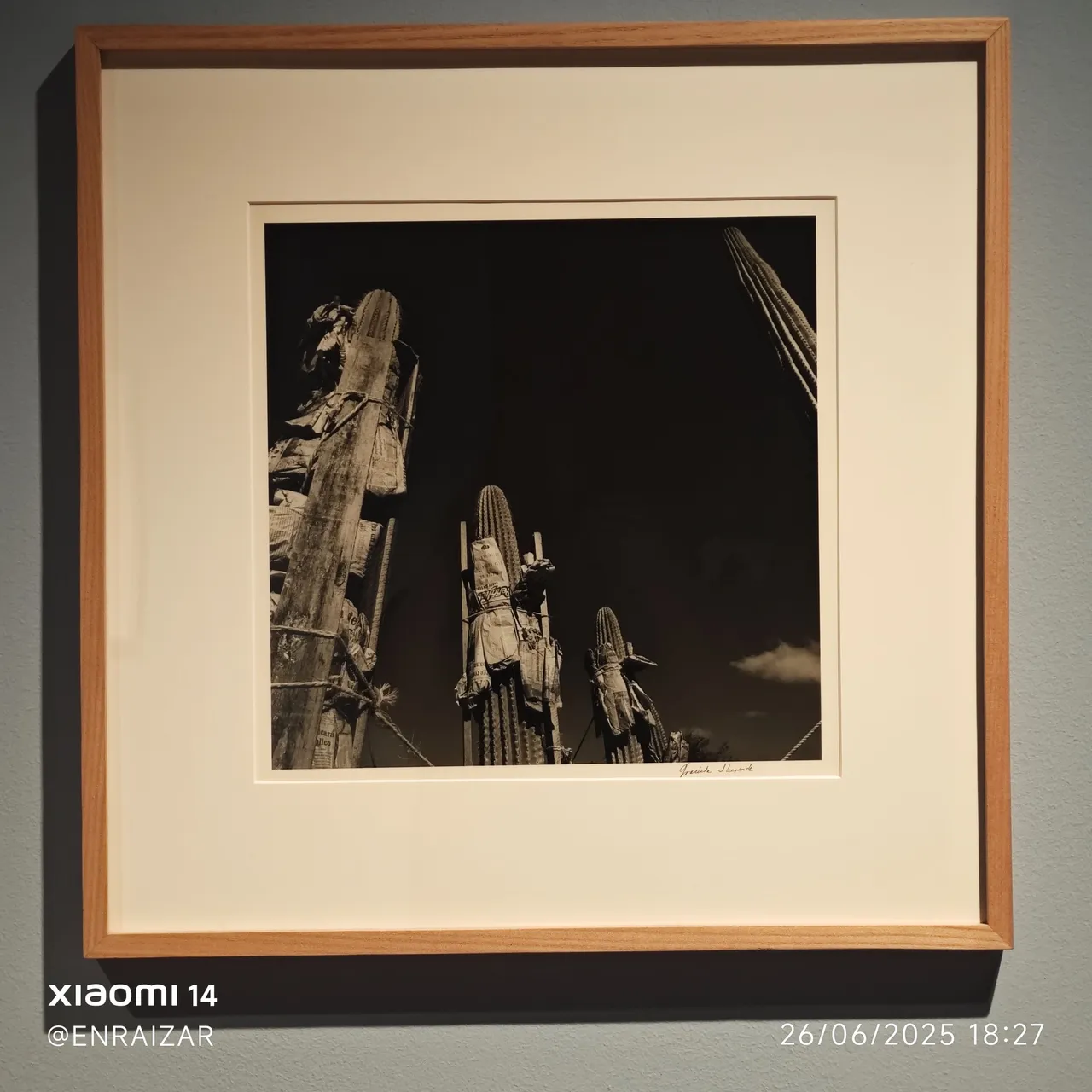
Sín título. Jardín Botánico de Oxaca, México. 1999
I felt very close to the author's clear, non-judgmental gaze on these realities in which rituals are explicit, blood is blood and not an analogy. A journey into a world in which identity, being among others, sacrifice, and death are fully present.
An approach to reality that I also encountered years ago in anthropology:
Man finds meaning in the events in which he lives through cultural patterns, ordered clusters of meaningful symbols. The study of culture... is therefore the study of the mechanism that individuals and groups of individuals use to orient themselves in a world that would otherwise be obscure.
Clifford Geertz. The Interpretation of Cultures. 1973
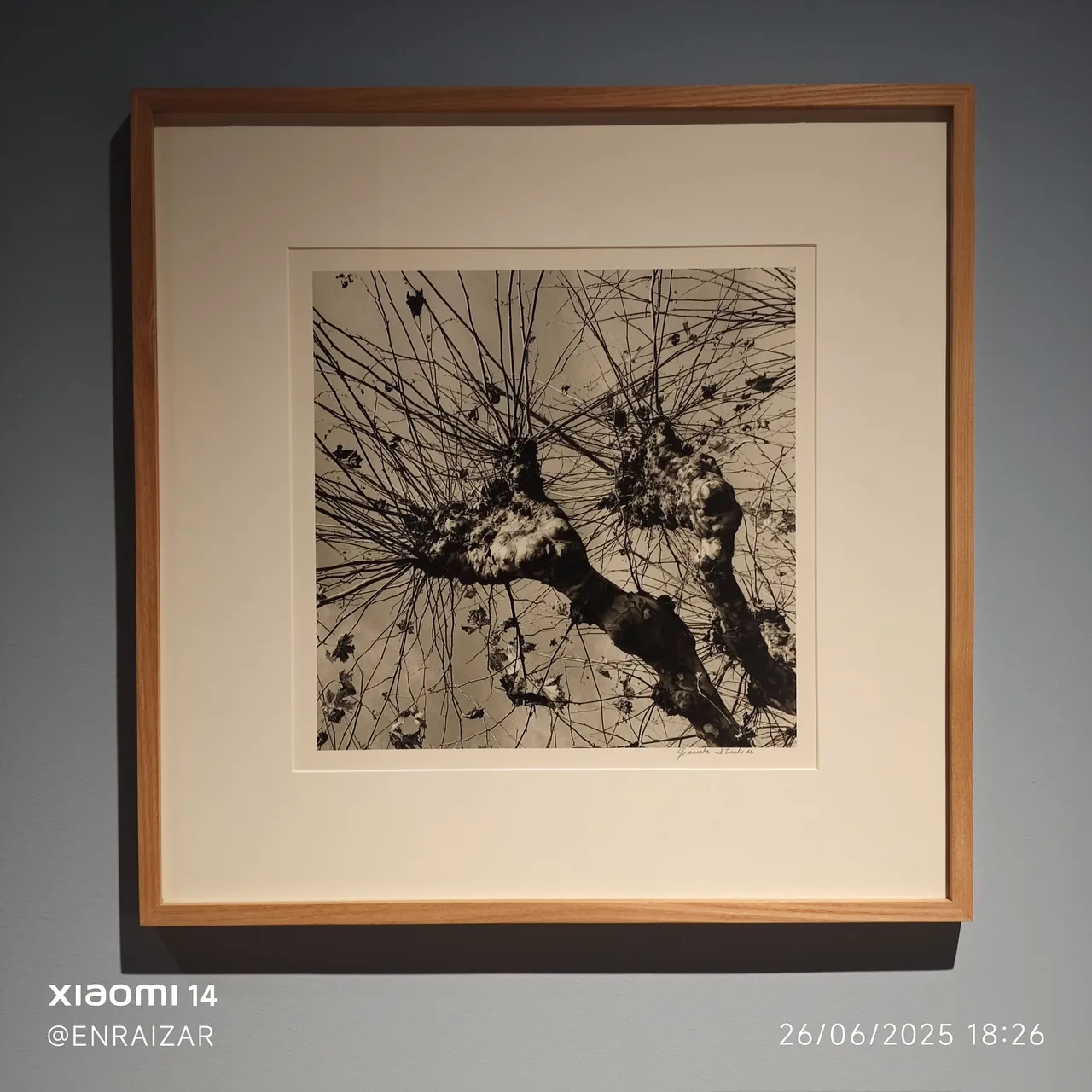
Sin título. Vevey, Suiza. 2010.
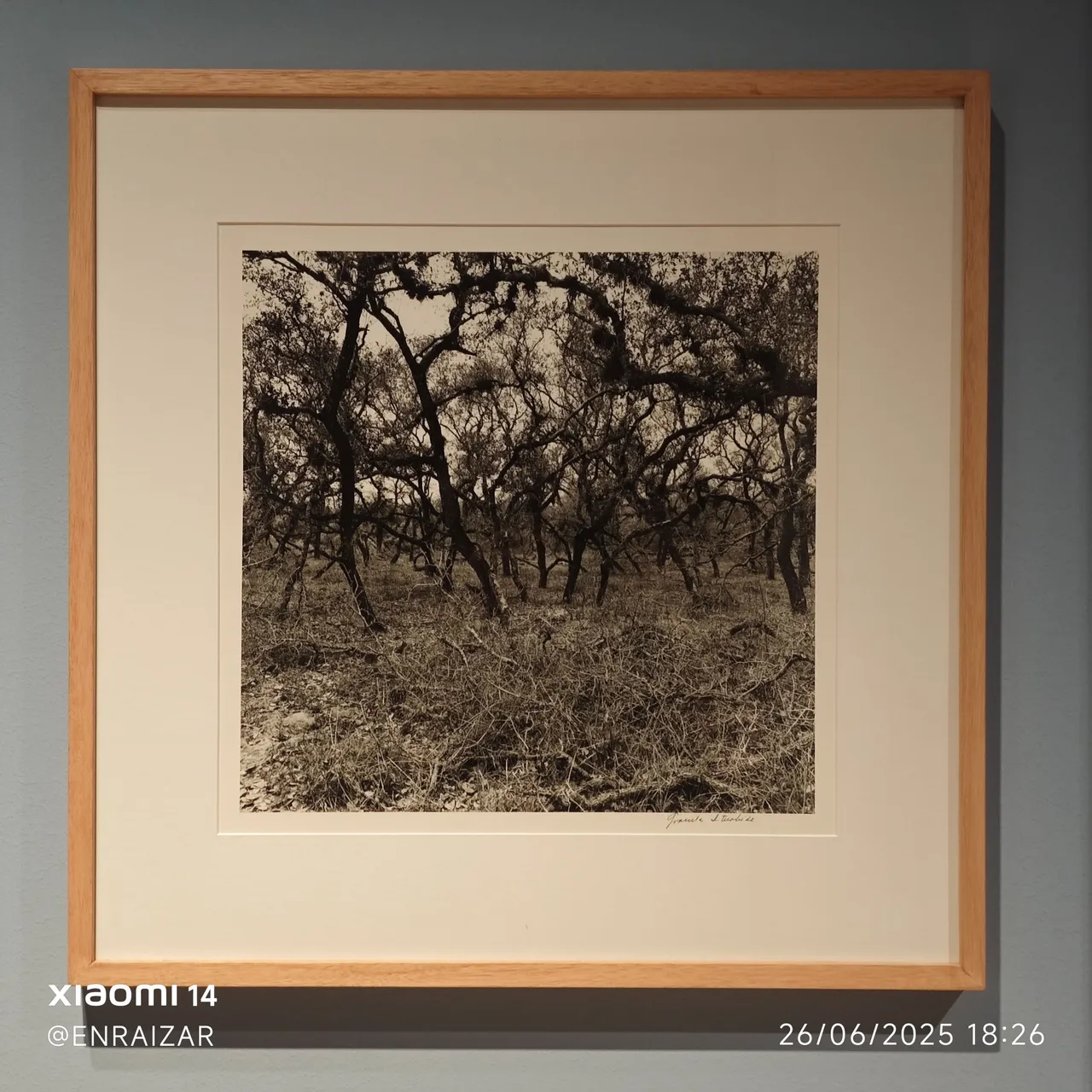
Sin título. Texas, Estados Unidos. 2000
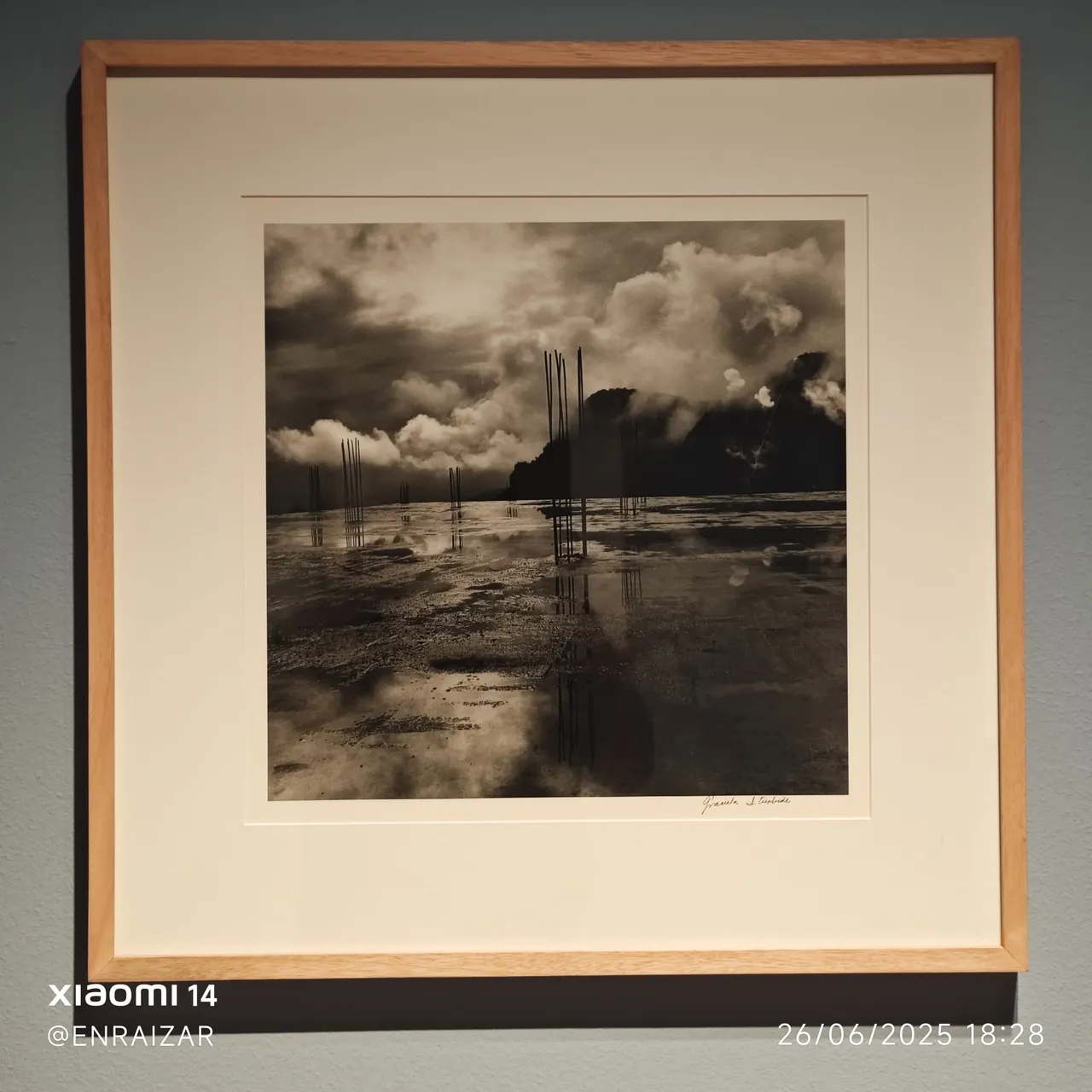
Sin título. Chalma, México. 2008
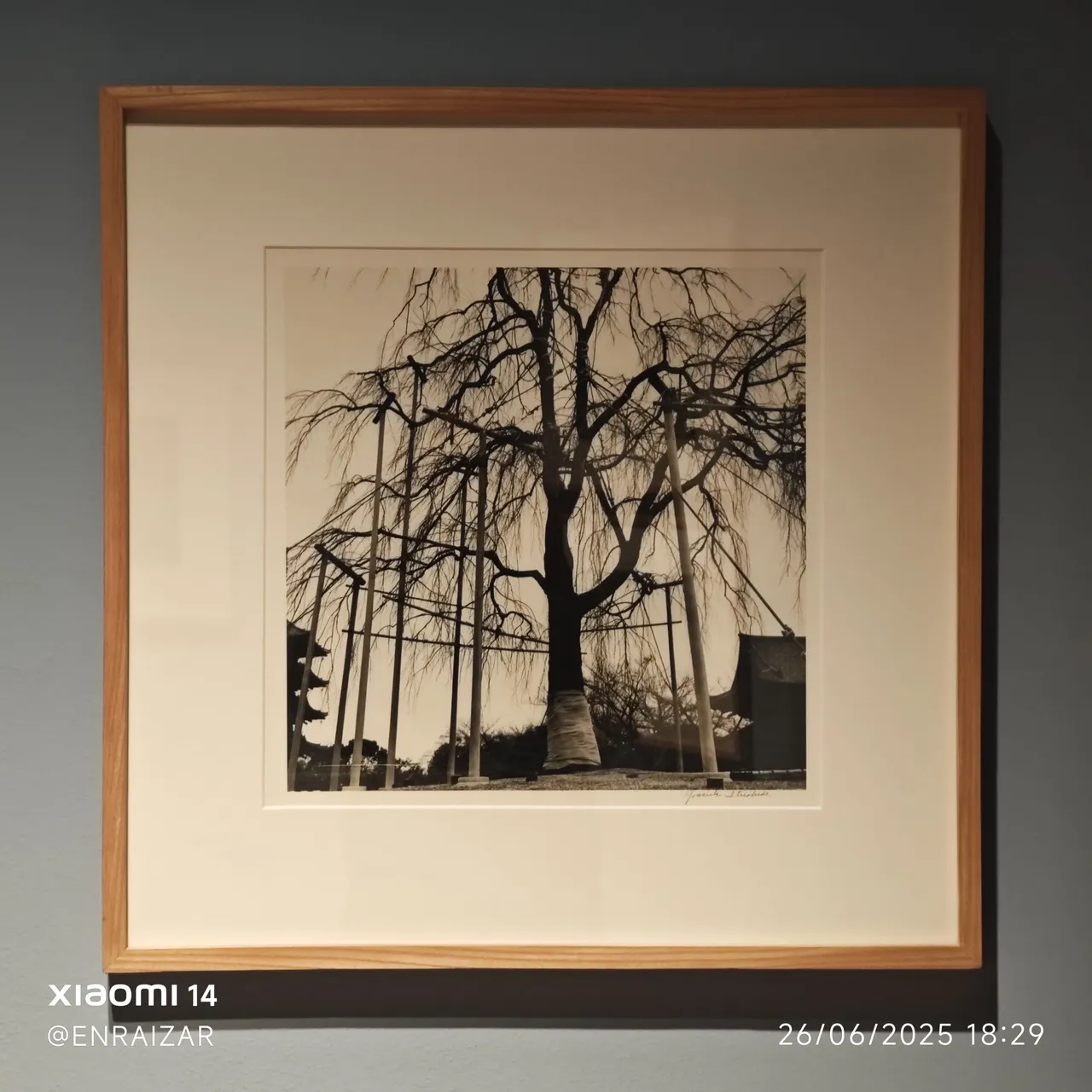
Sin título. Kioto, Japón. 2008
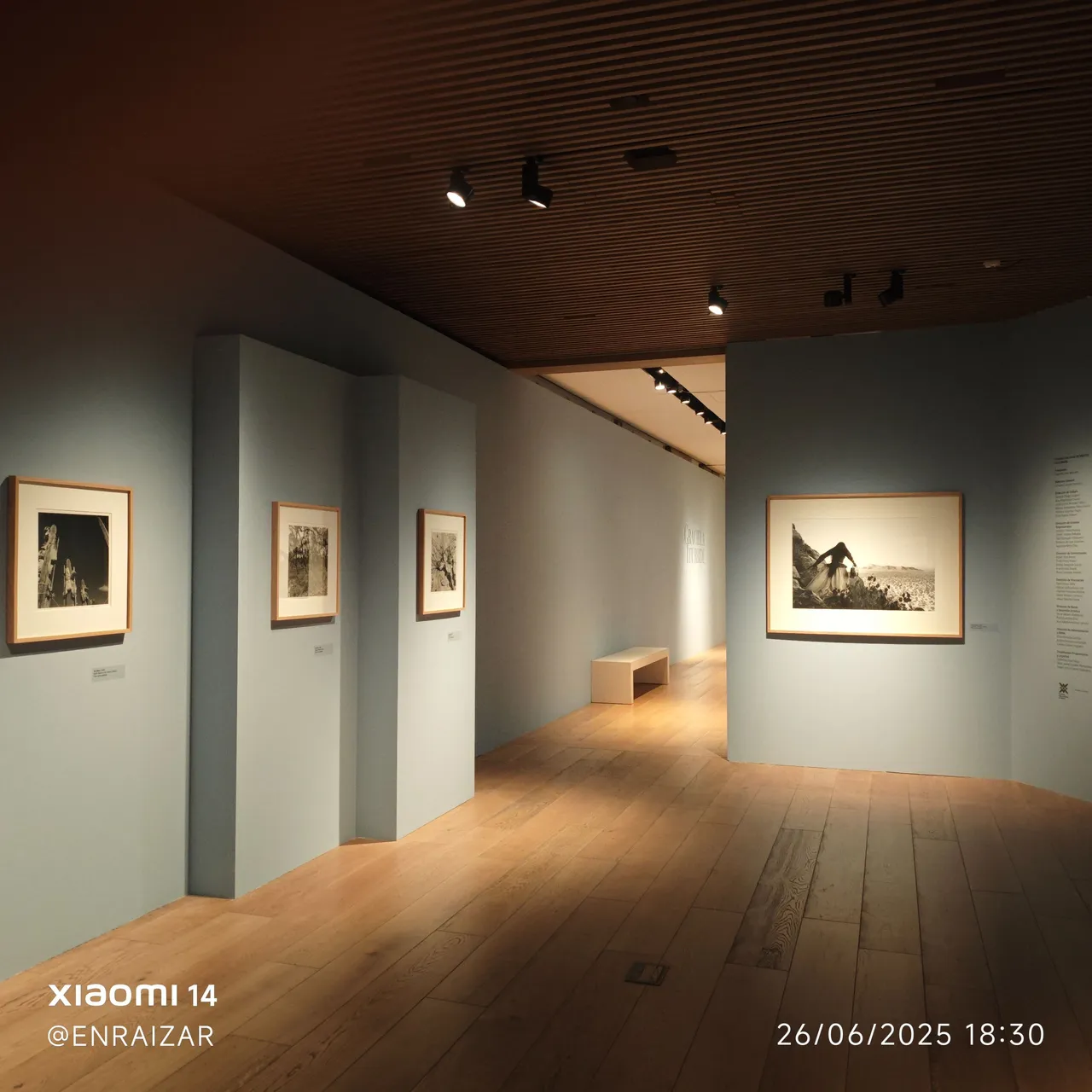
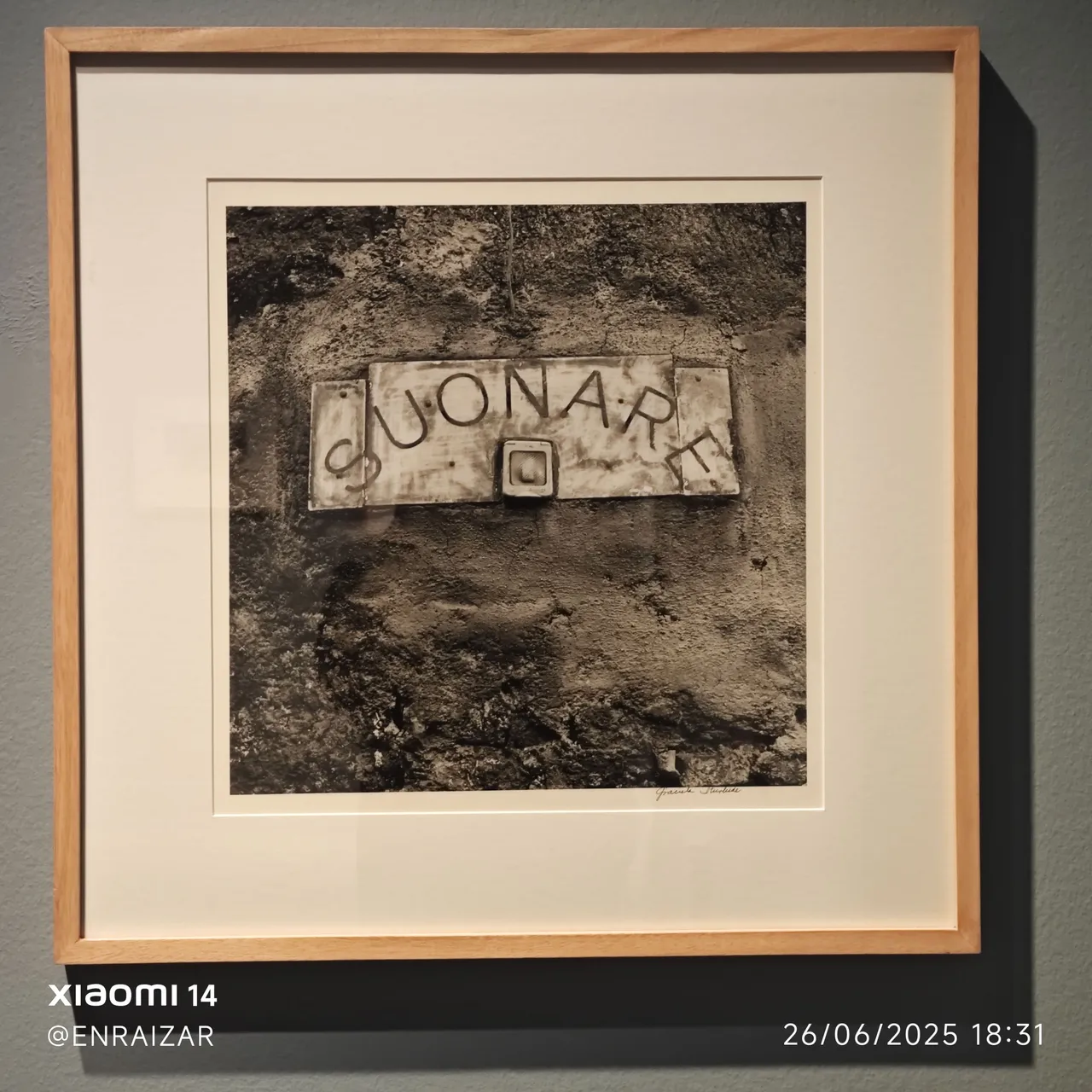
Suonare. Sin fecha.

Sin título. Puebla, México. 2013
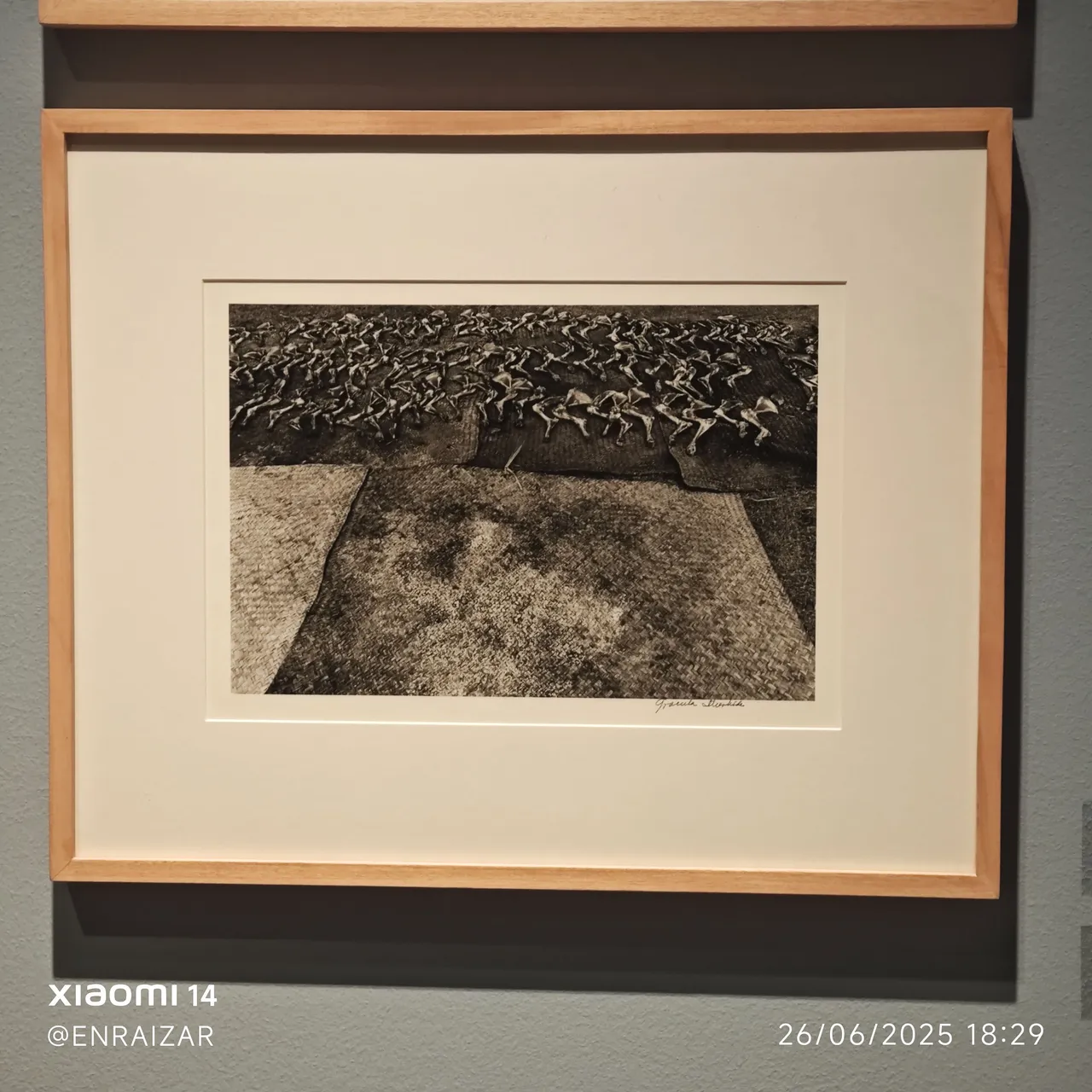
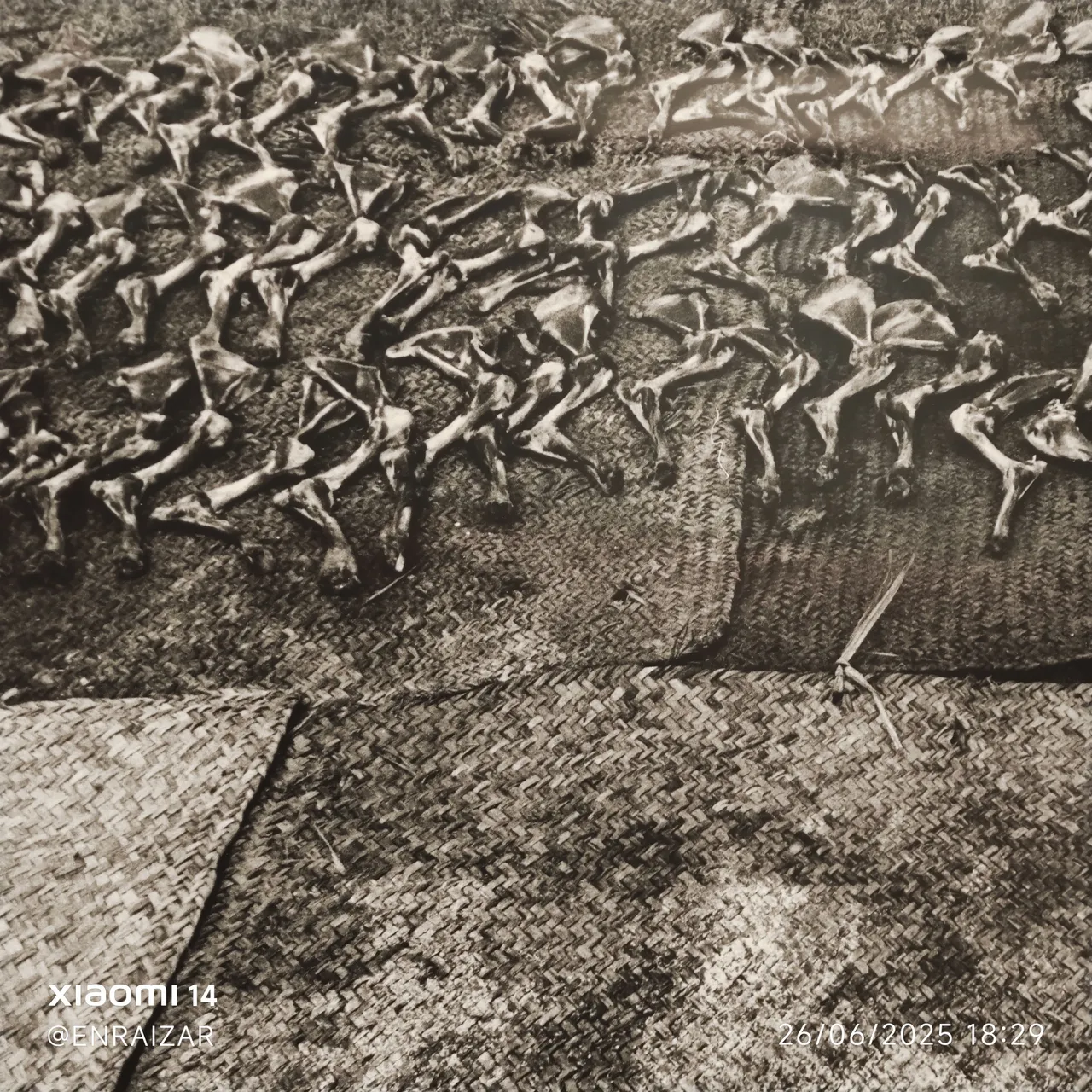
Después de la matanza. Oxaca, México. 1992
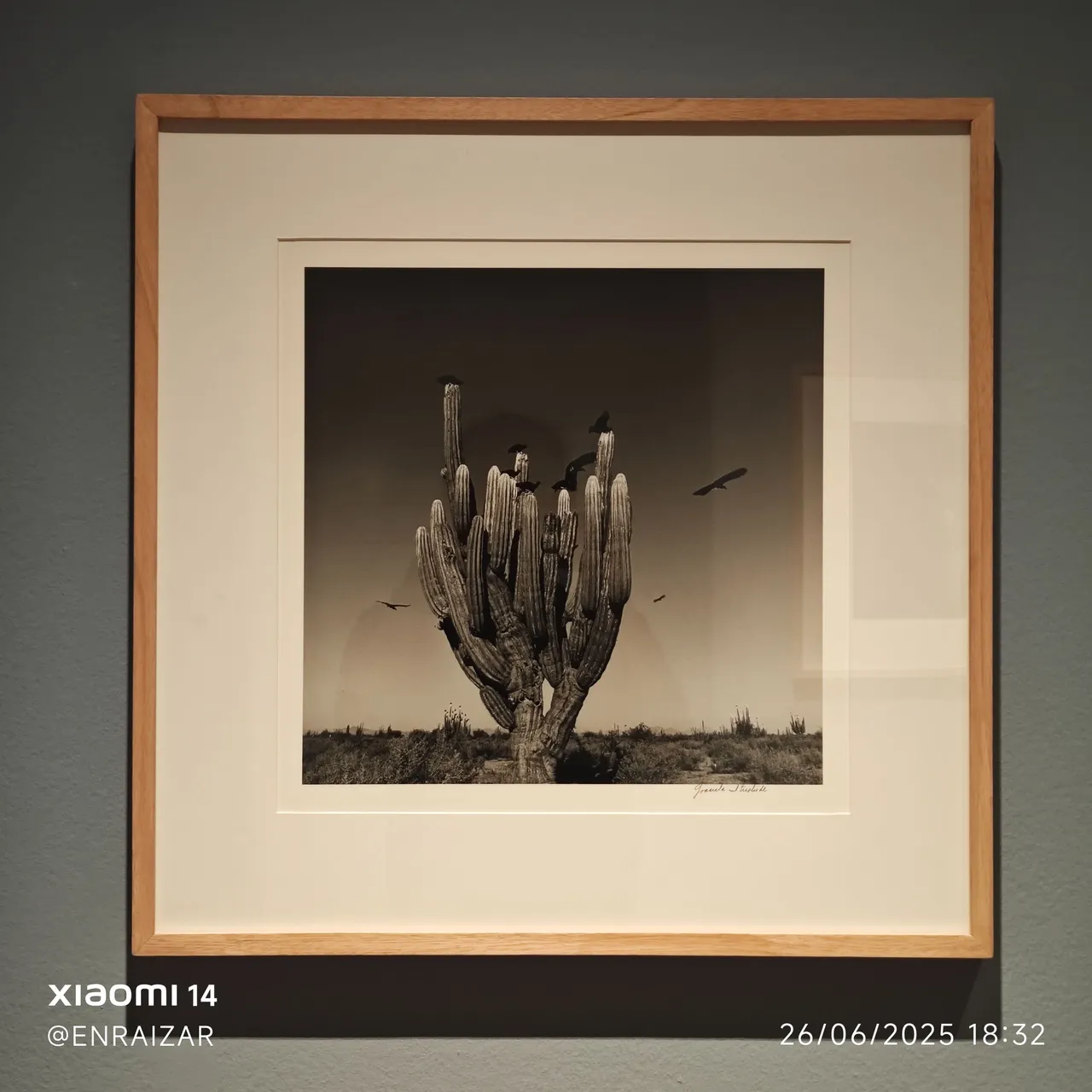
Sin título. Desierto de Sonora, México. 1979

Bollywood,Bombay, Maharashtra, India. 1999

Sin título. Benarés, India. 1999
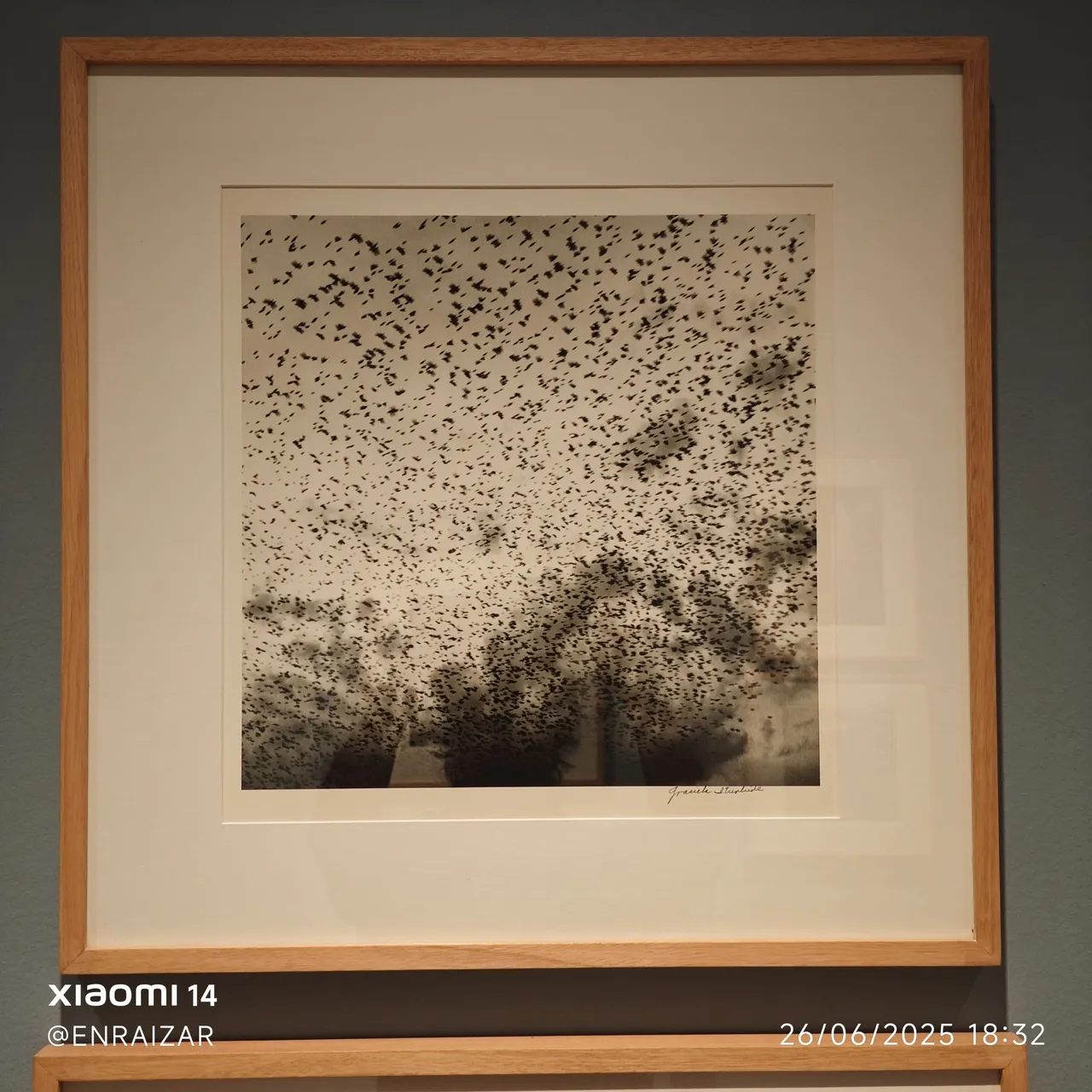
Pájaros con árbol. México. sin fecha.
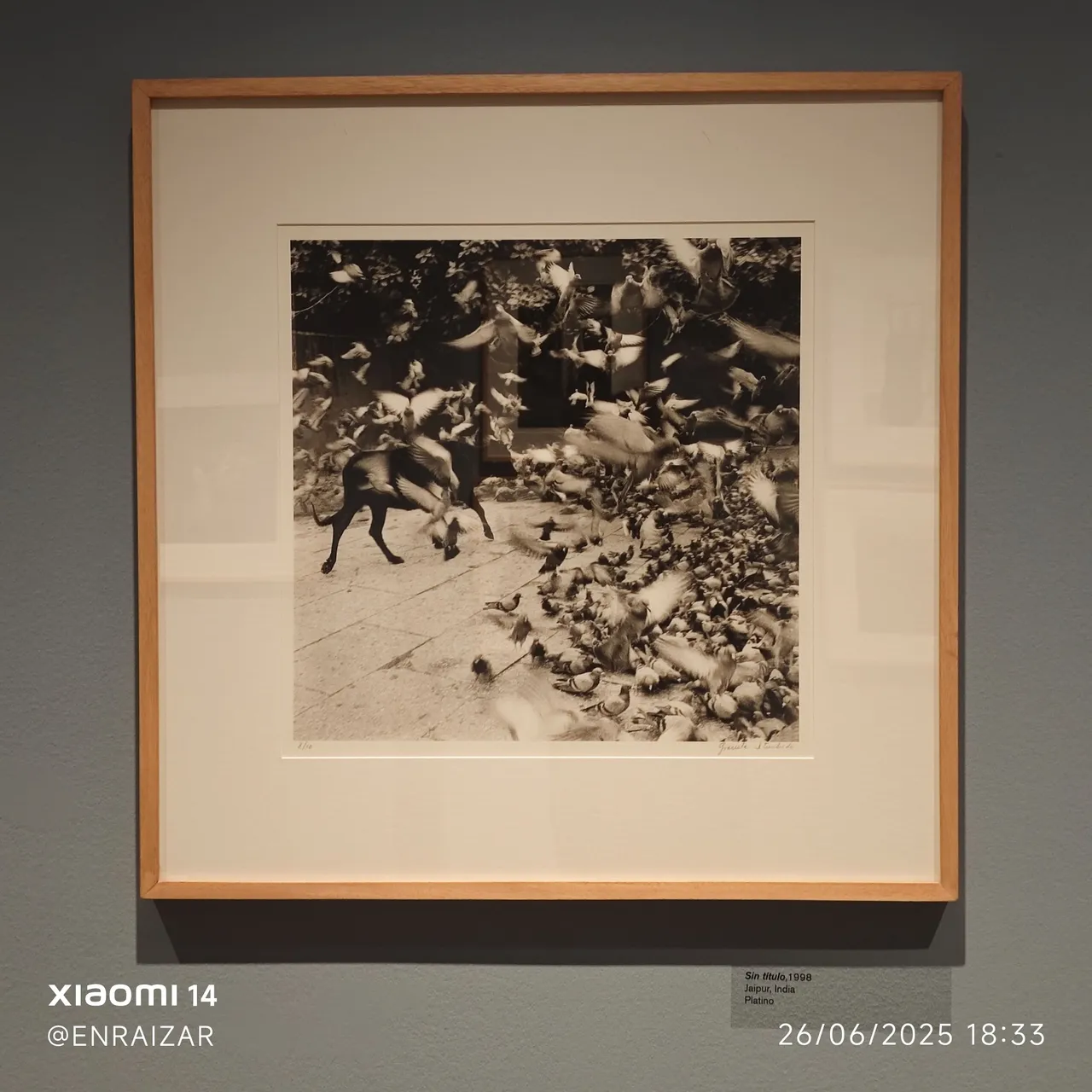
Sin título. Jaipur, India. 1998
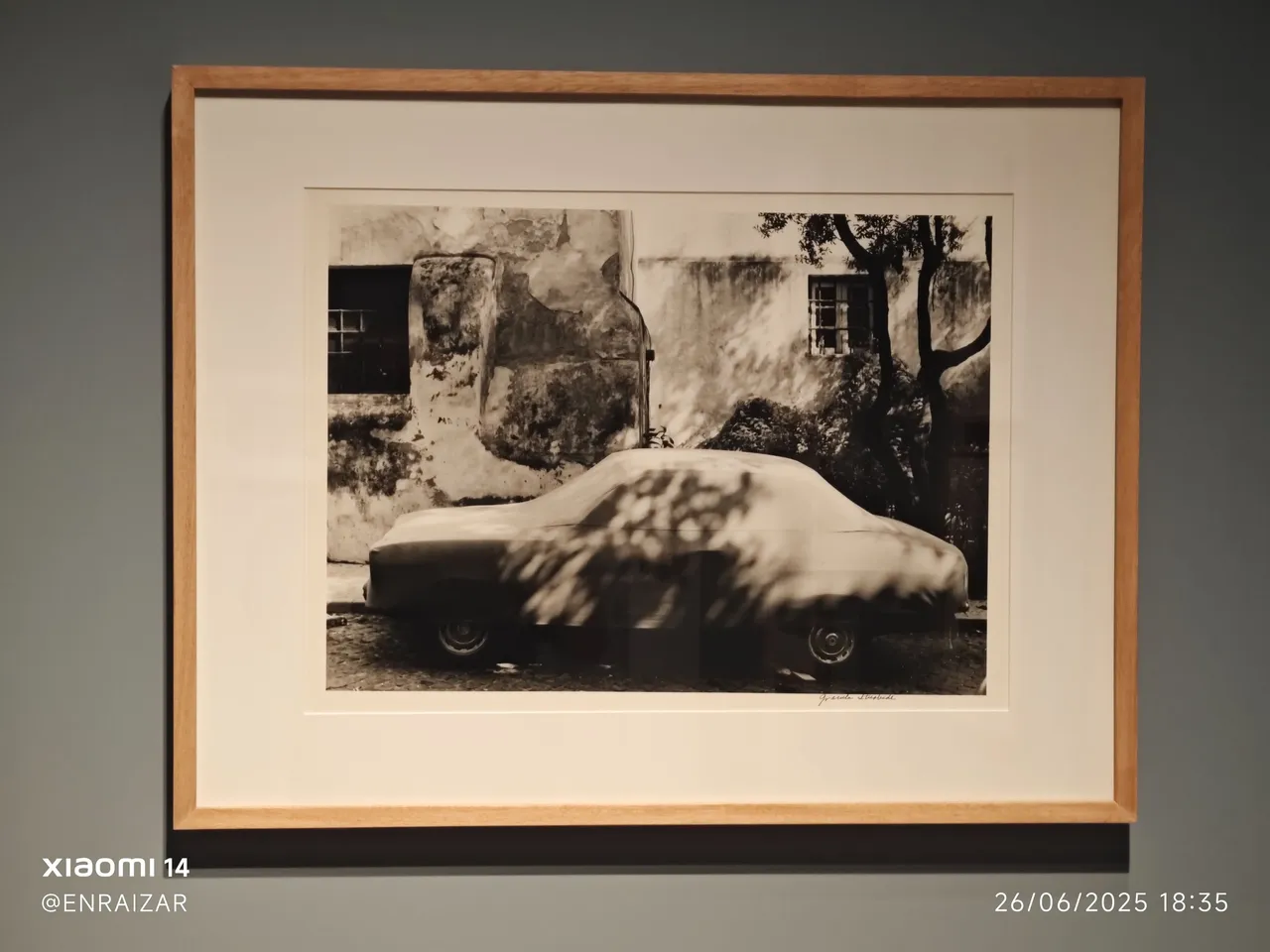
Tepito. Ciudad de México. 1972
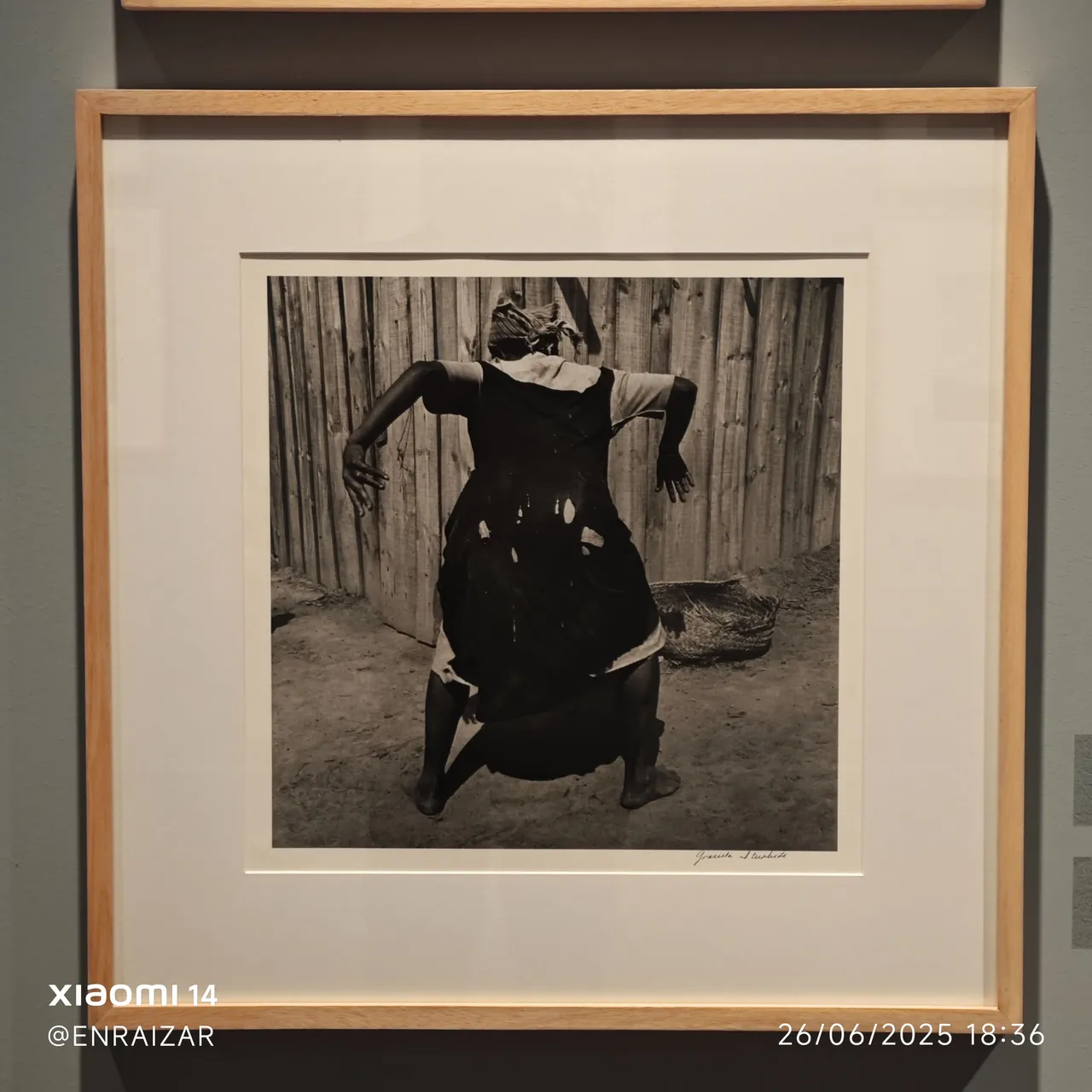
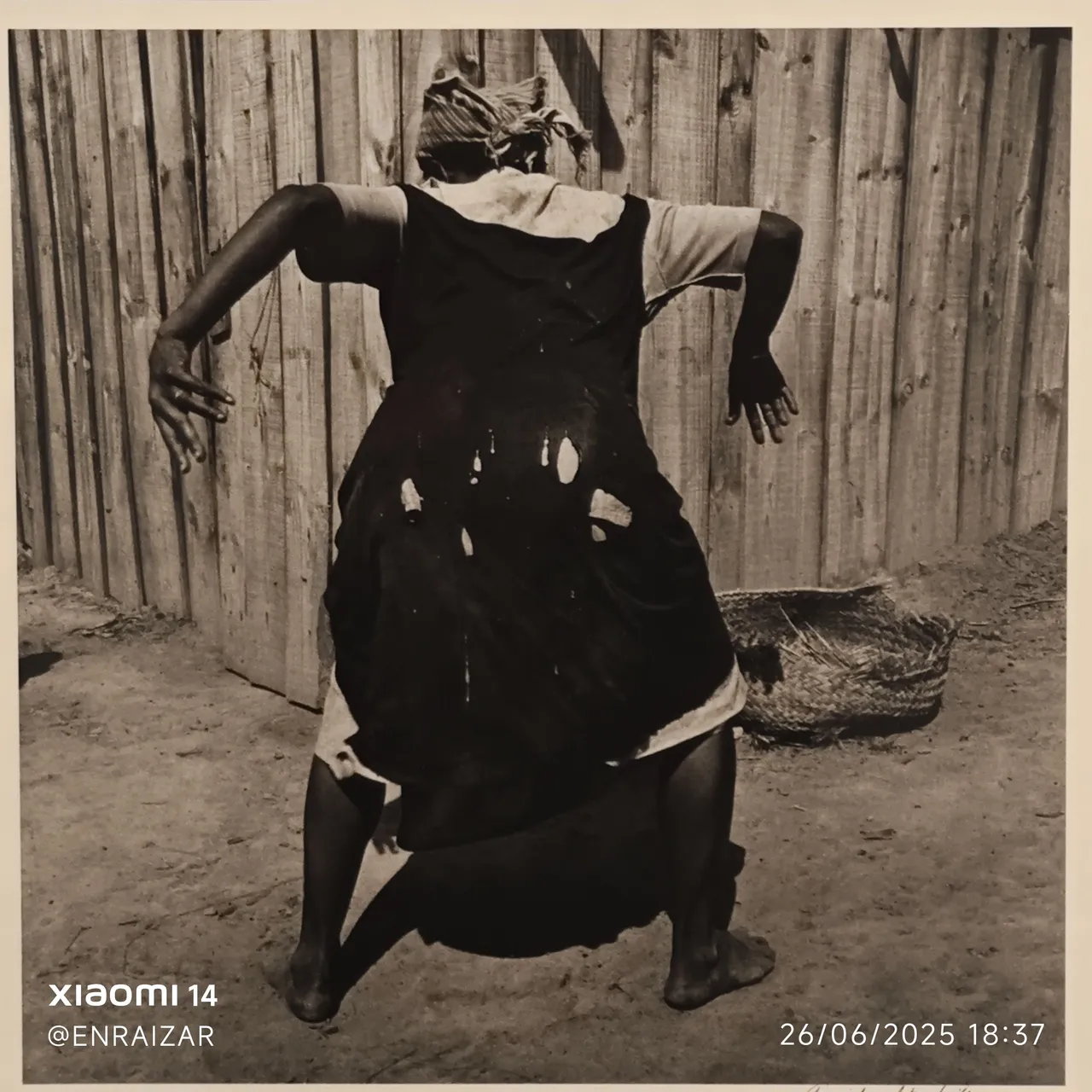
Sin título. Madagascar. 1991
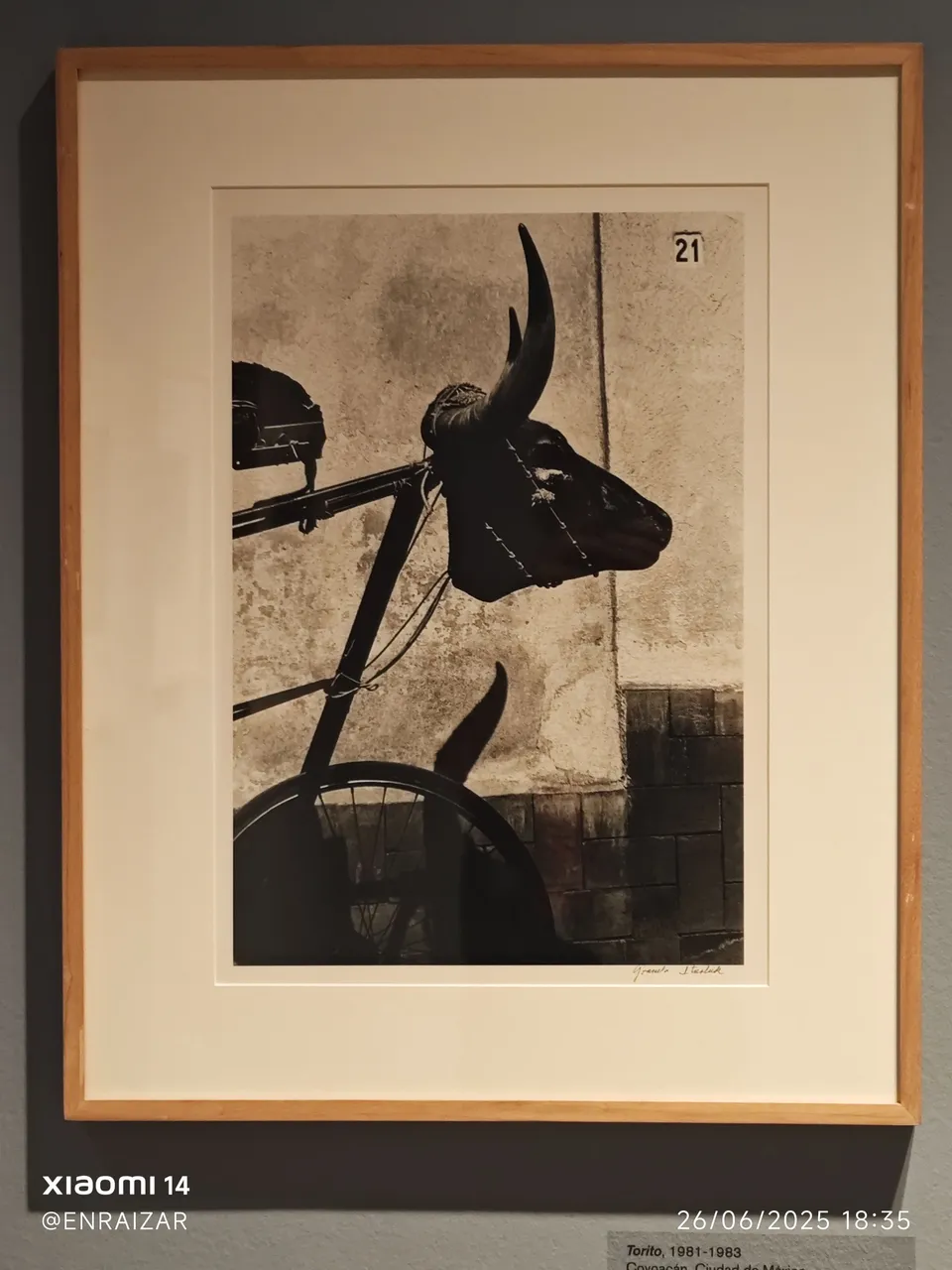
Torito. Ciudad de México. 1981-1983
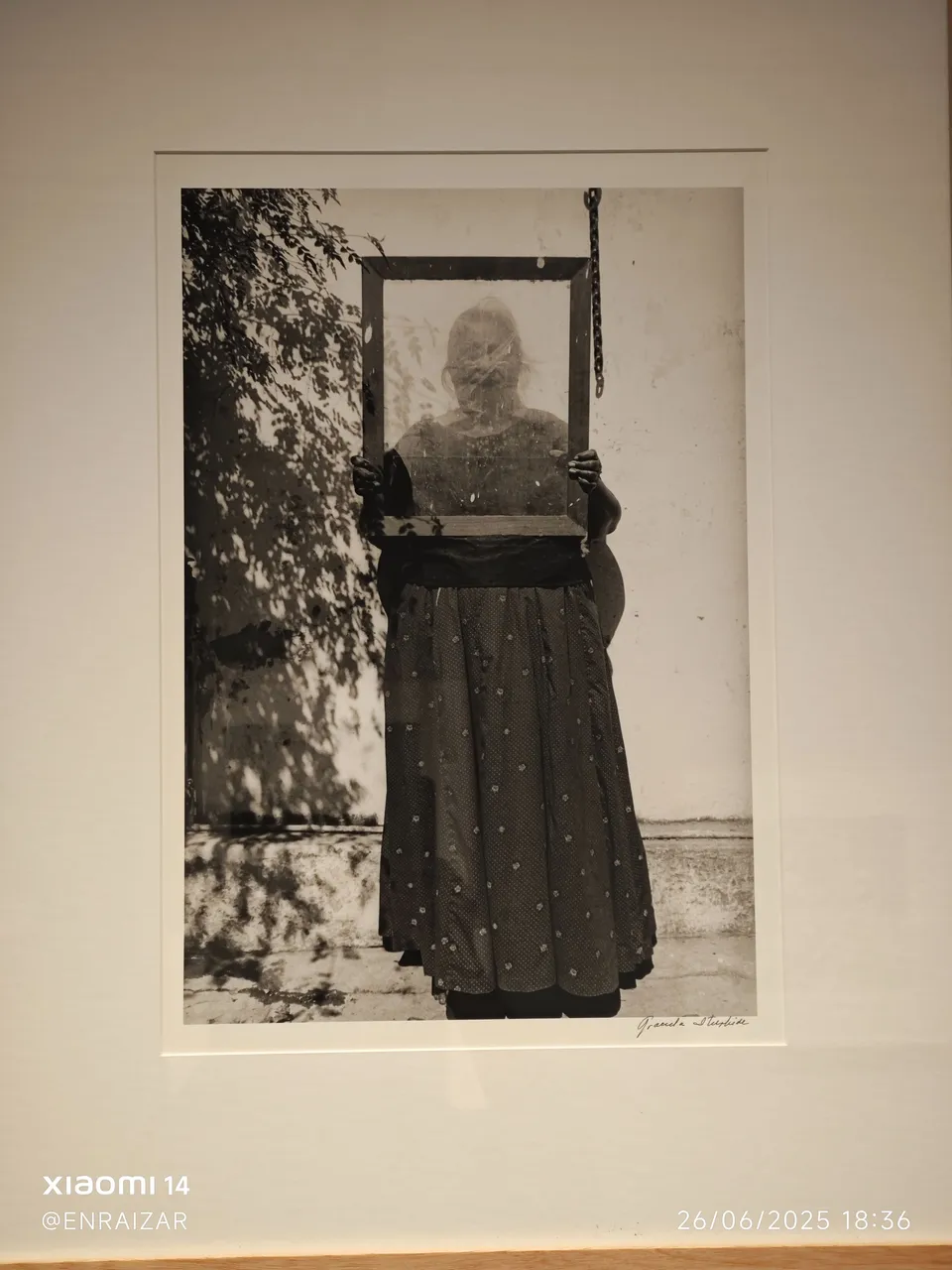
Serafina. Juchitán, Oxaca, México. 1985
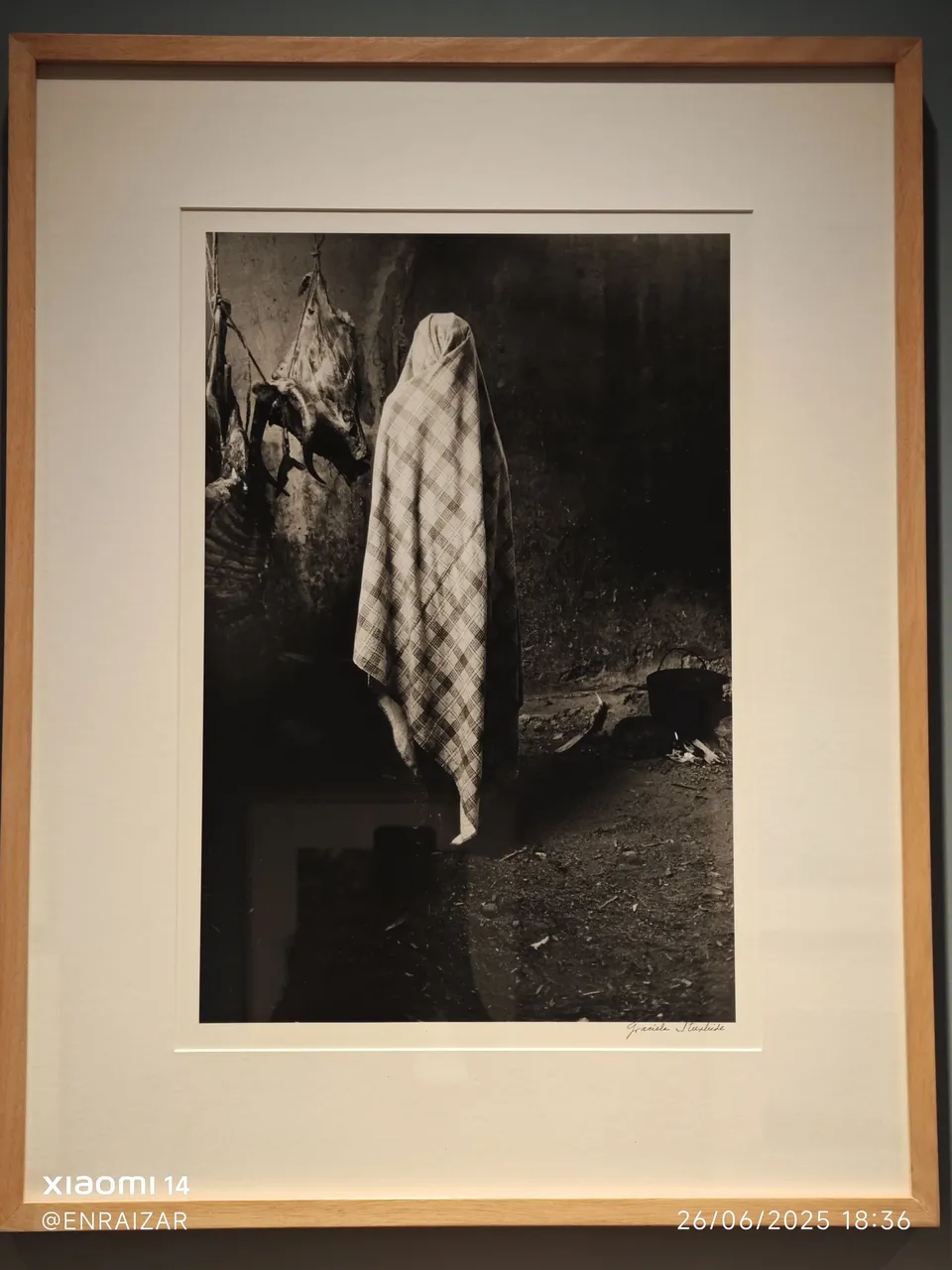
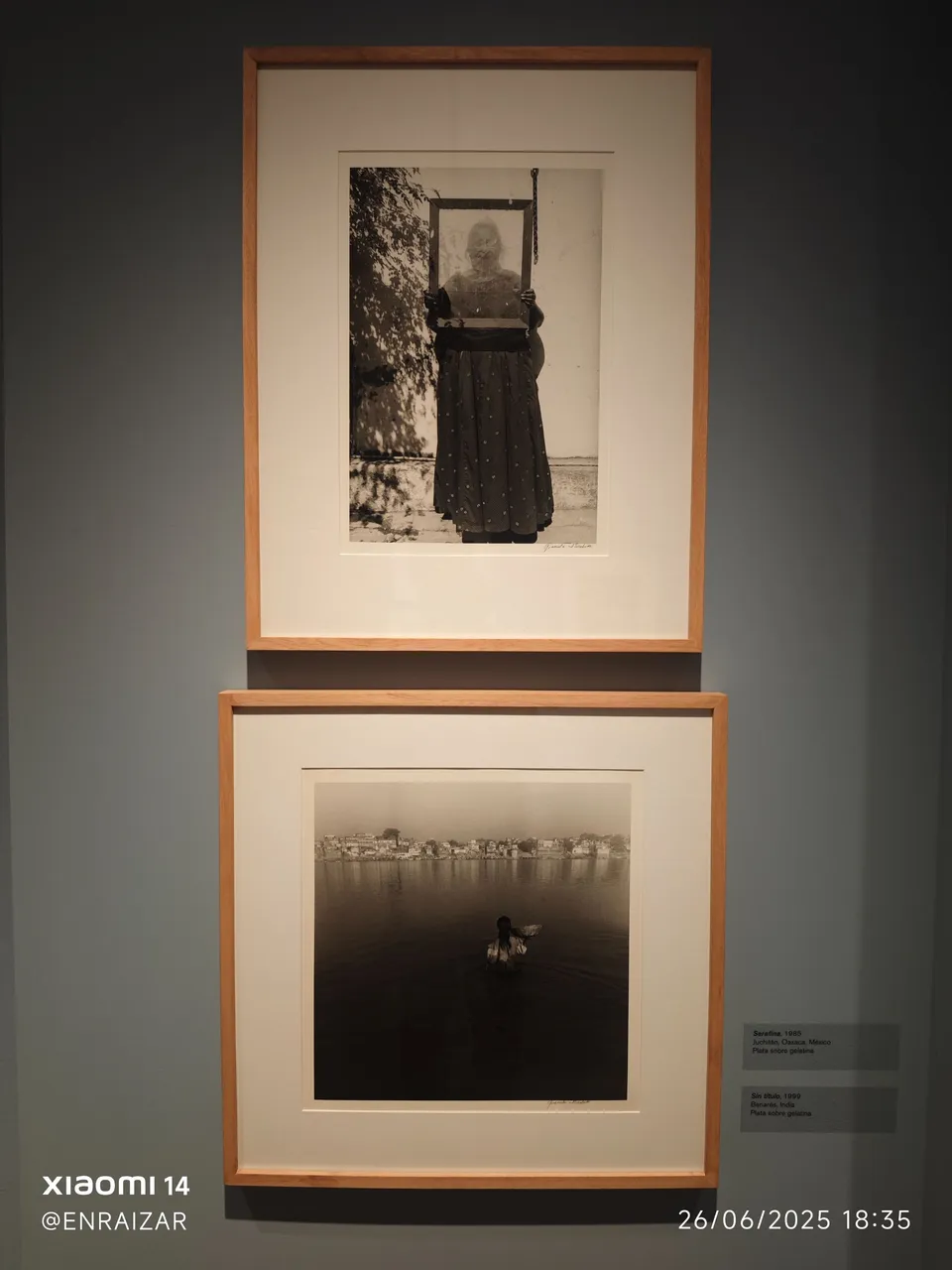
Serafina. Juchitán, Oxaca, México. 1985
Sin título. Benarés, India. 1999
To conclude, I will say that if the photographer constructs reality, the reality presented in this publication is my construction of an exhibition in which magical landscapes accompany universal desires.
It is also possible that this text is not a construction, but an invention born of necessity. To put words where there are none, or to give explanations to the inexplicable. To a mystery that pierced my soul during two afternoons in June in Madrid.

Sin título. Desierto de Sonora, México. 1979
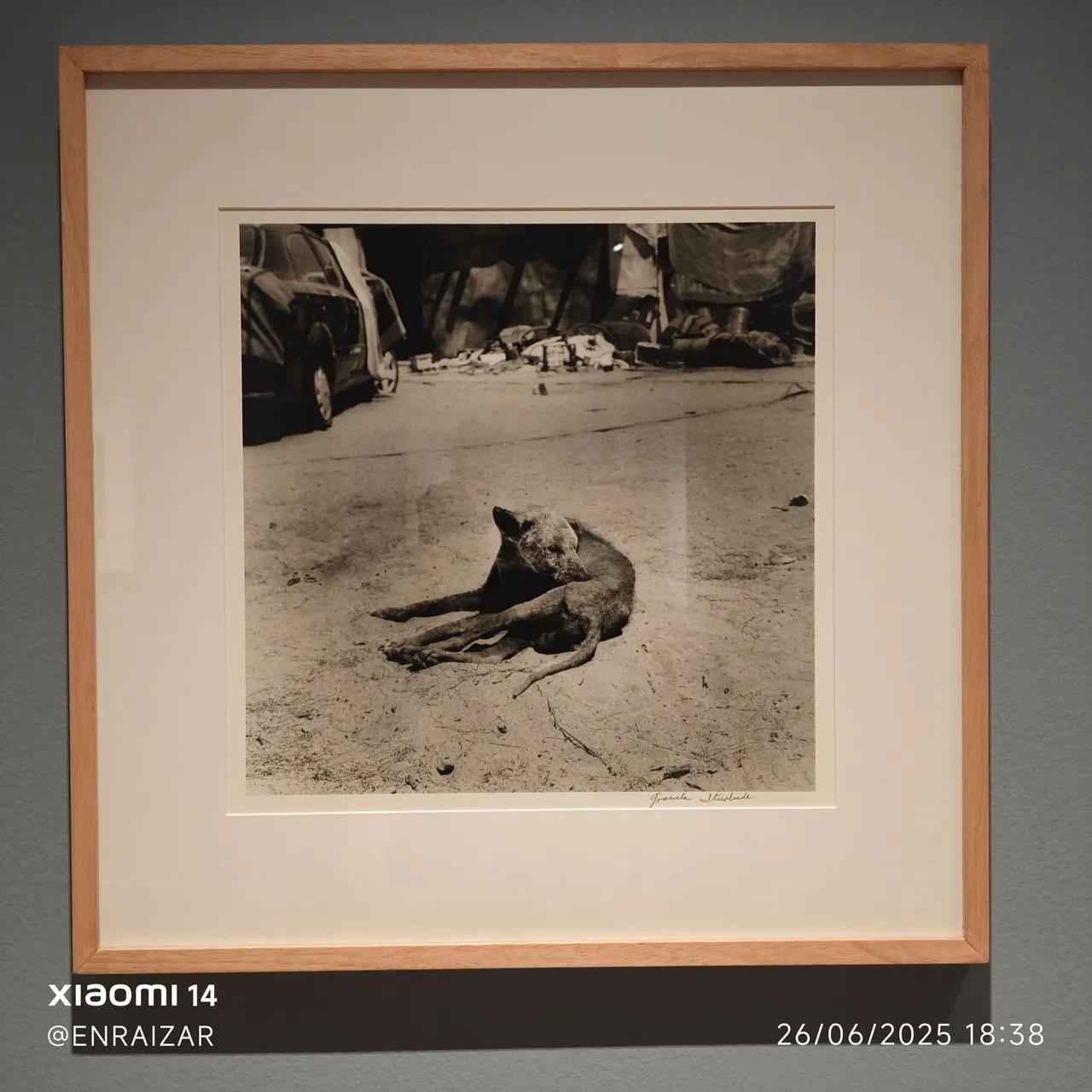
Sin título. Desierto de Sonora, México. 2017
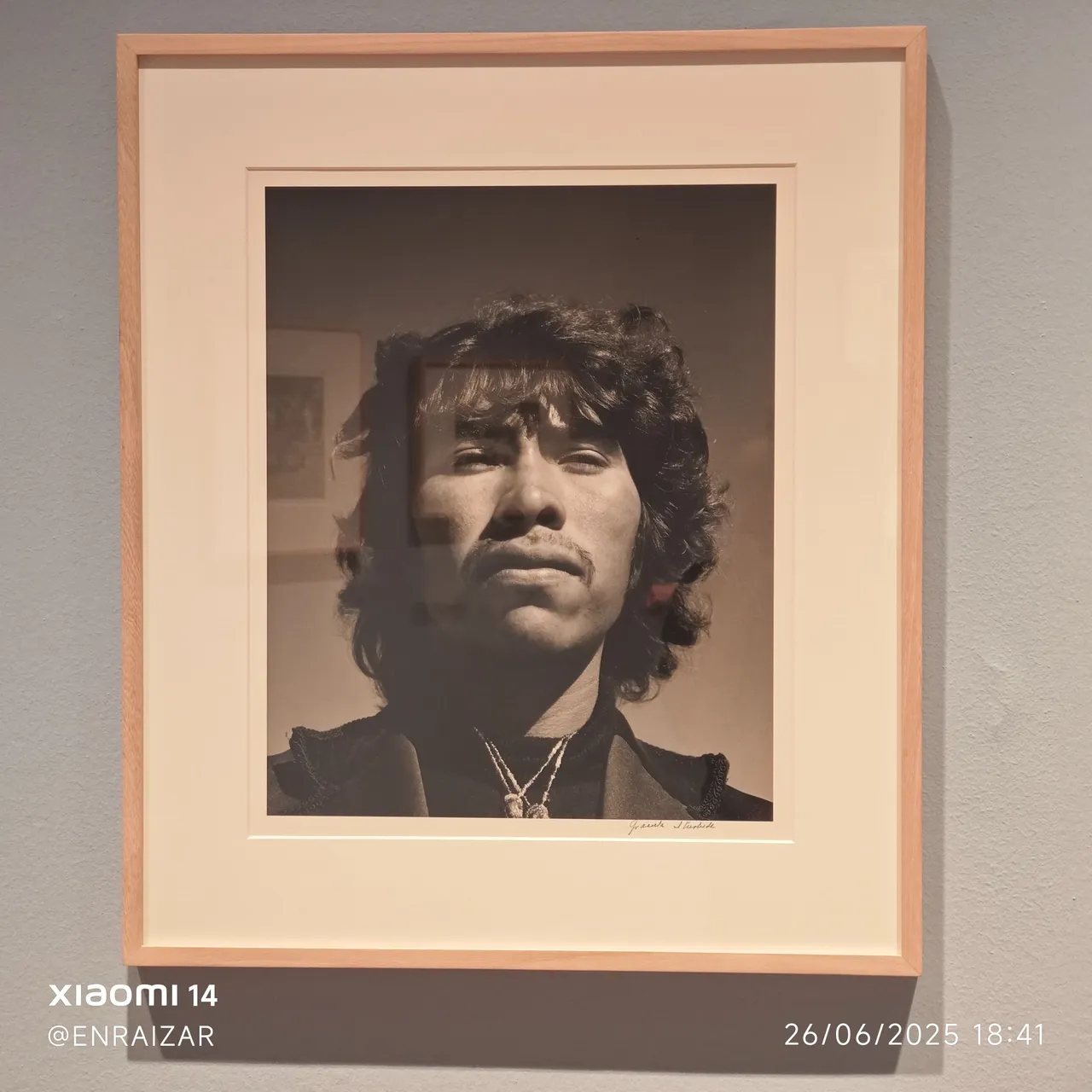
Sin título. Desierto de Sonora, México. 1980

El metro. Tokio, Japón. 1990
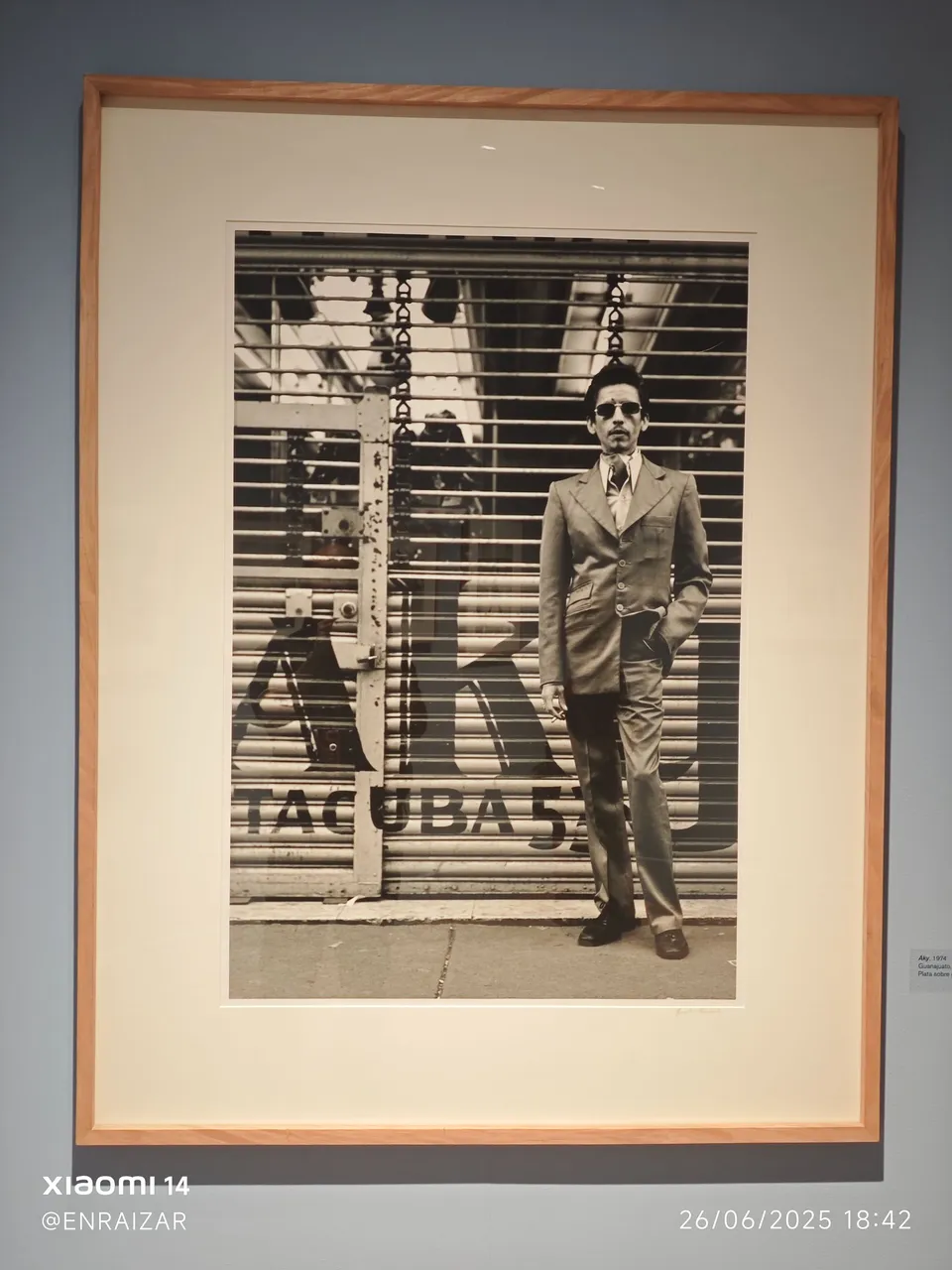
Aky. Guanajuato, México. 1974
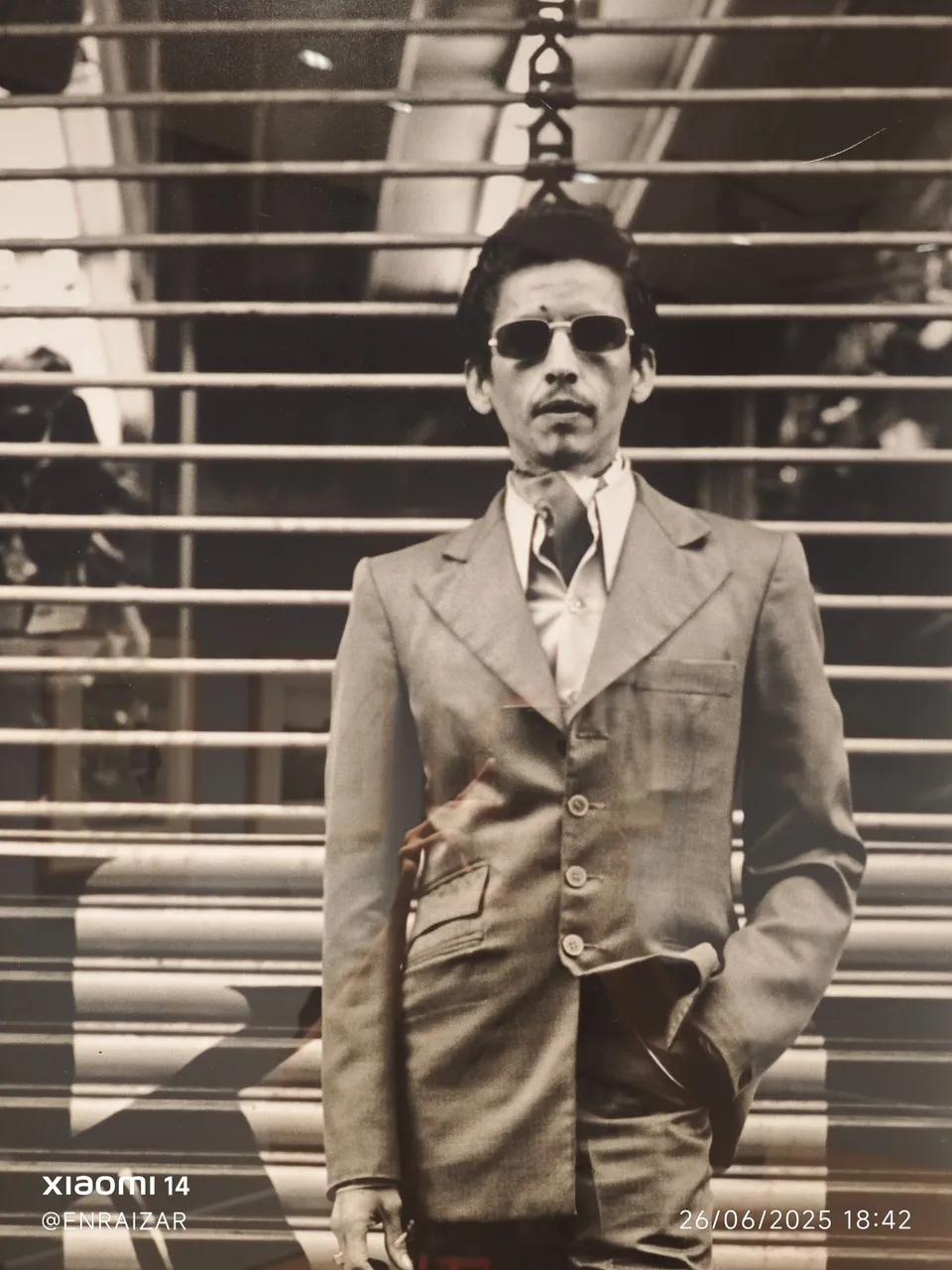
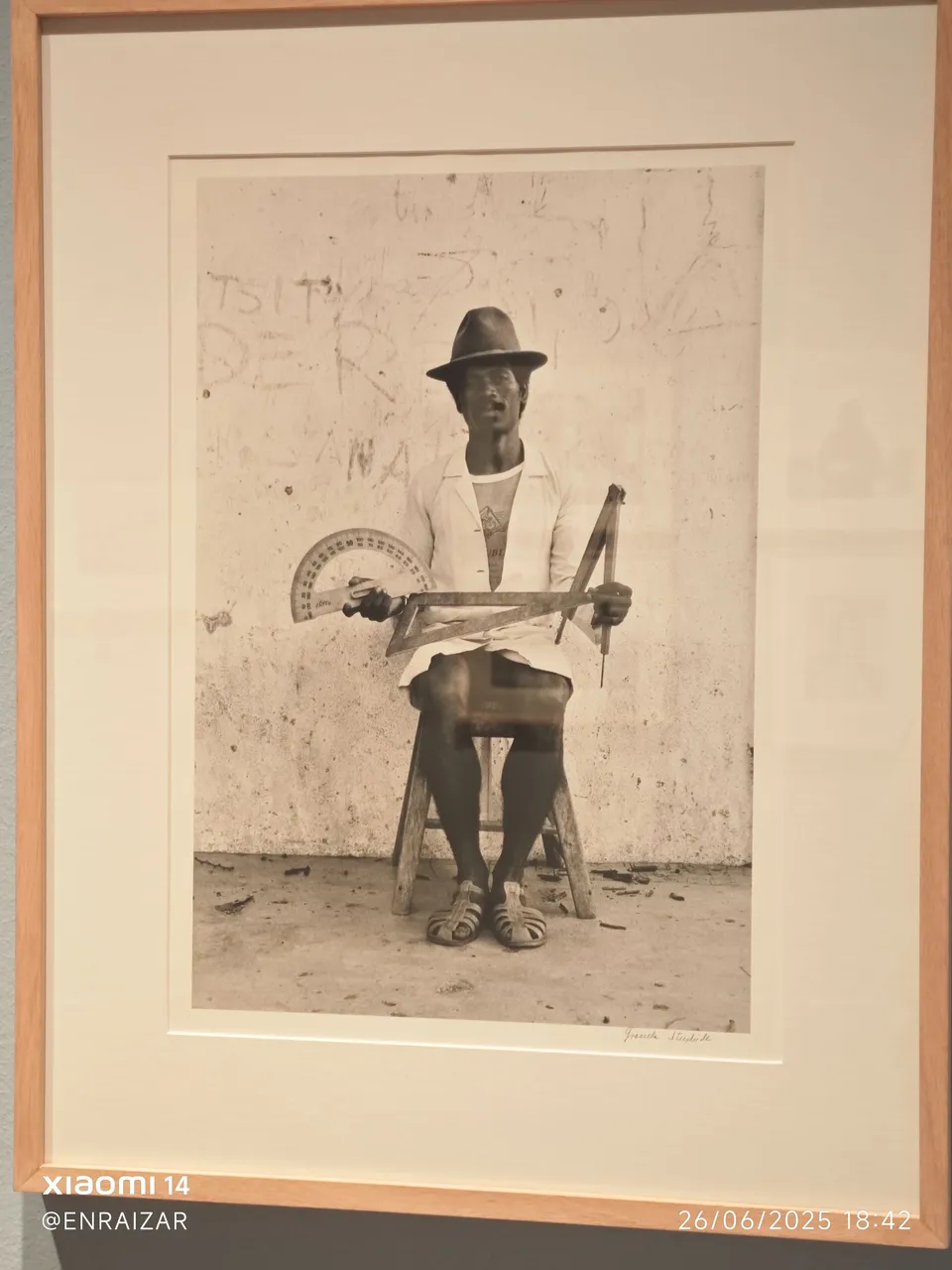
El maestro geómetra. Atananarivo, Madagascar. 1991
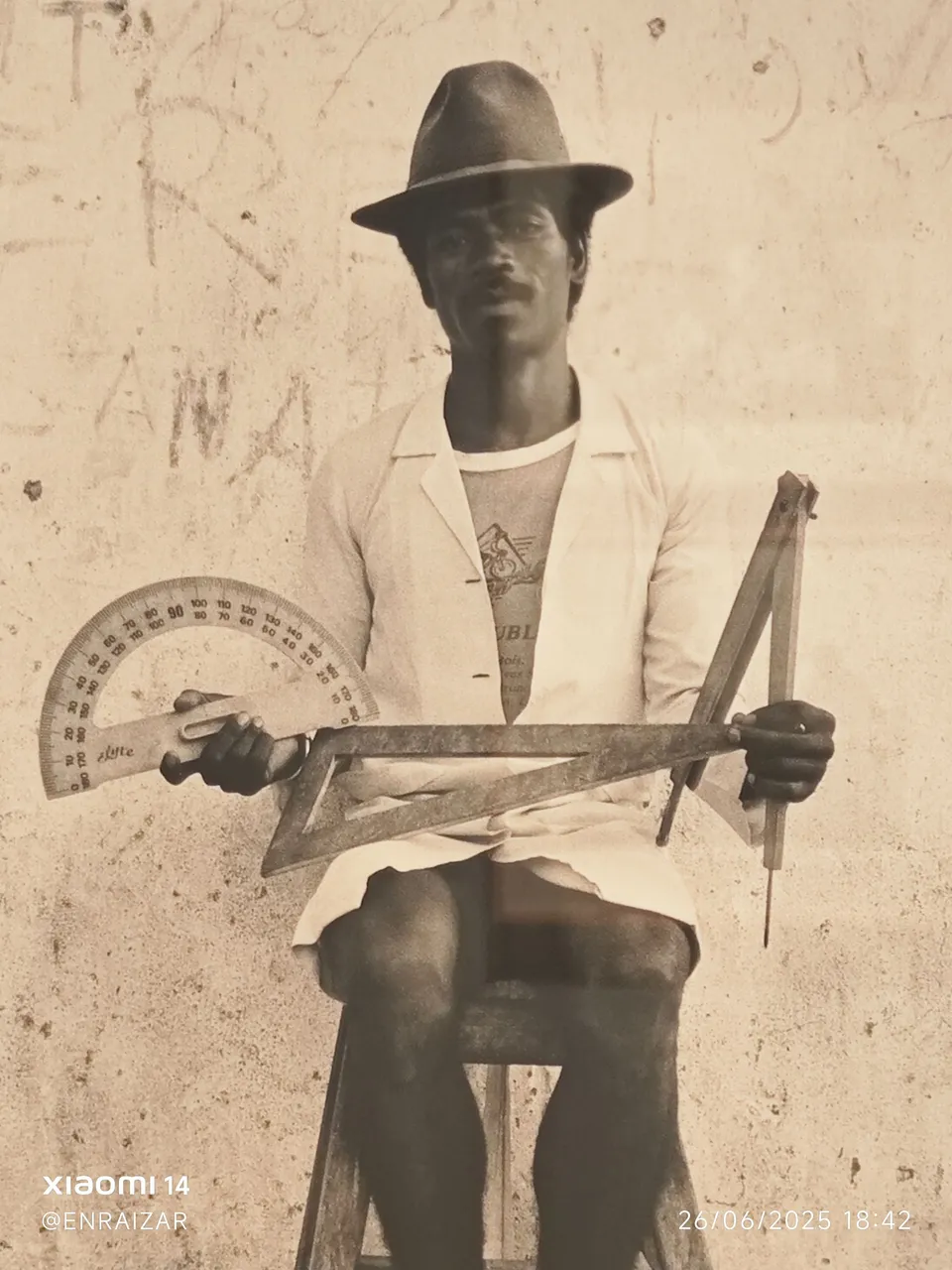
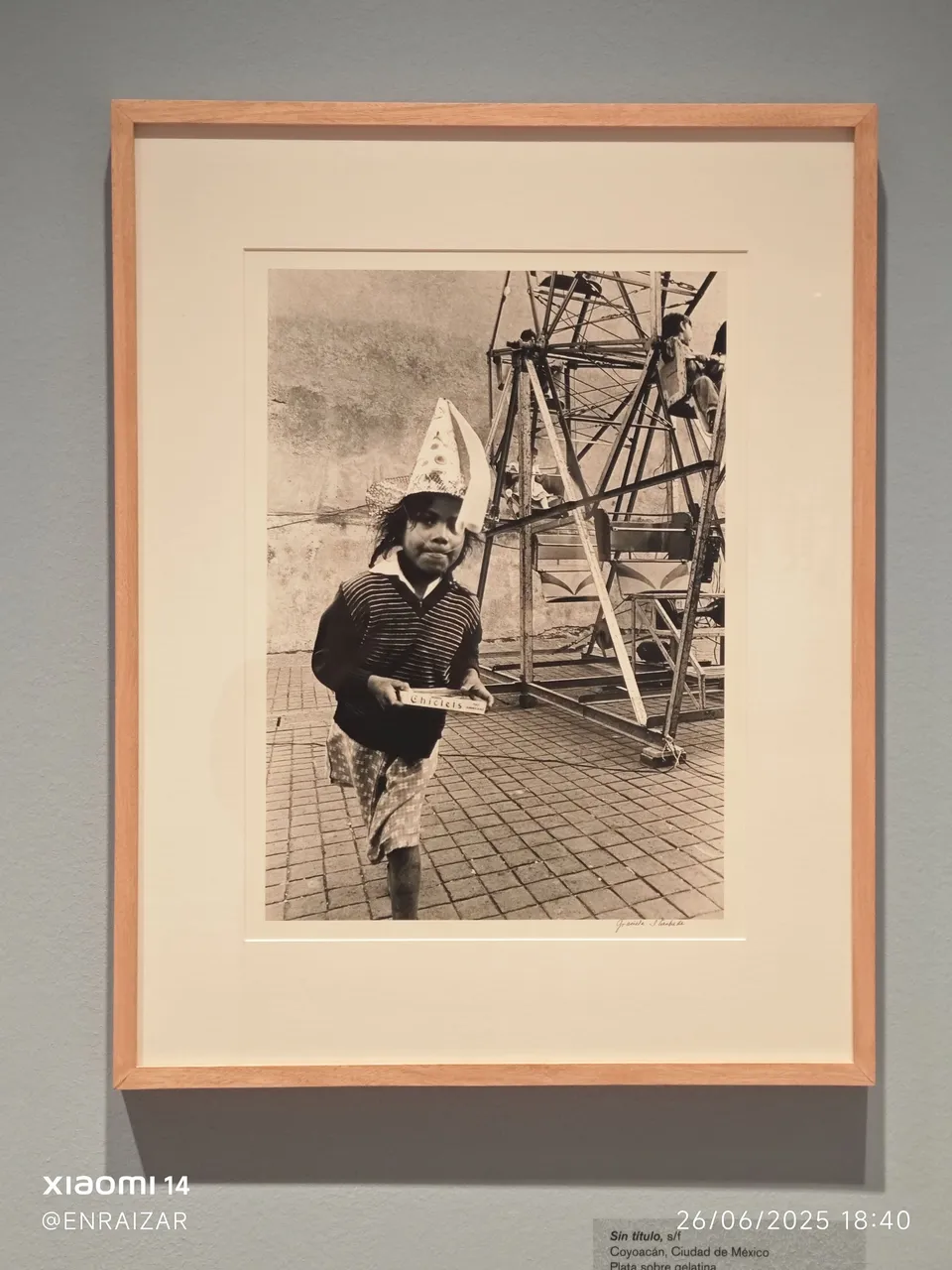
Sín título. Coyoacán, Ciudad de México. Sin fecha.
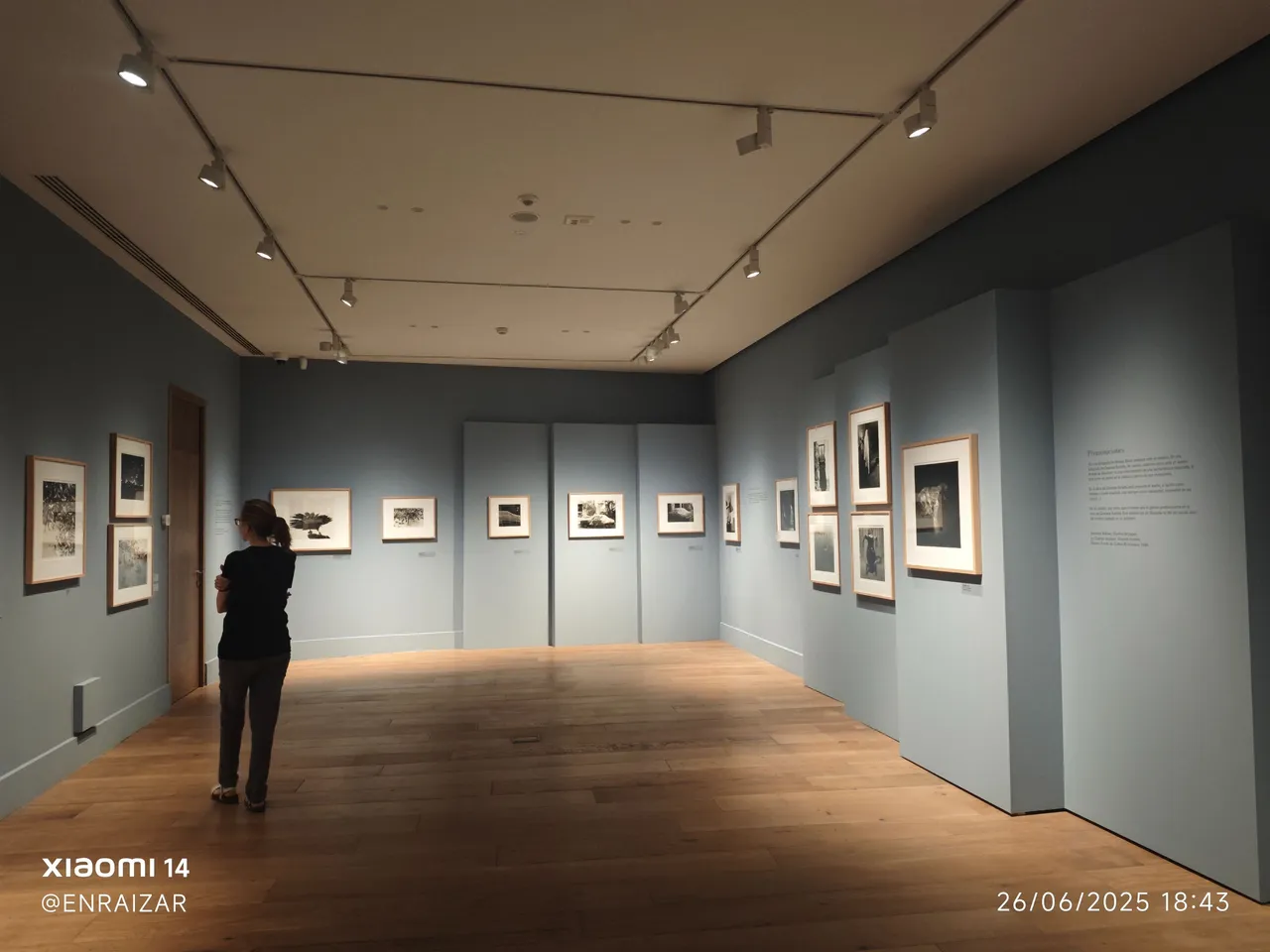
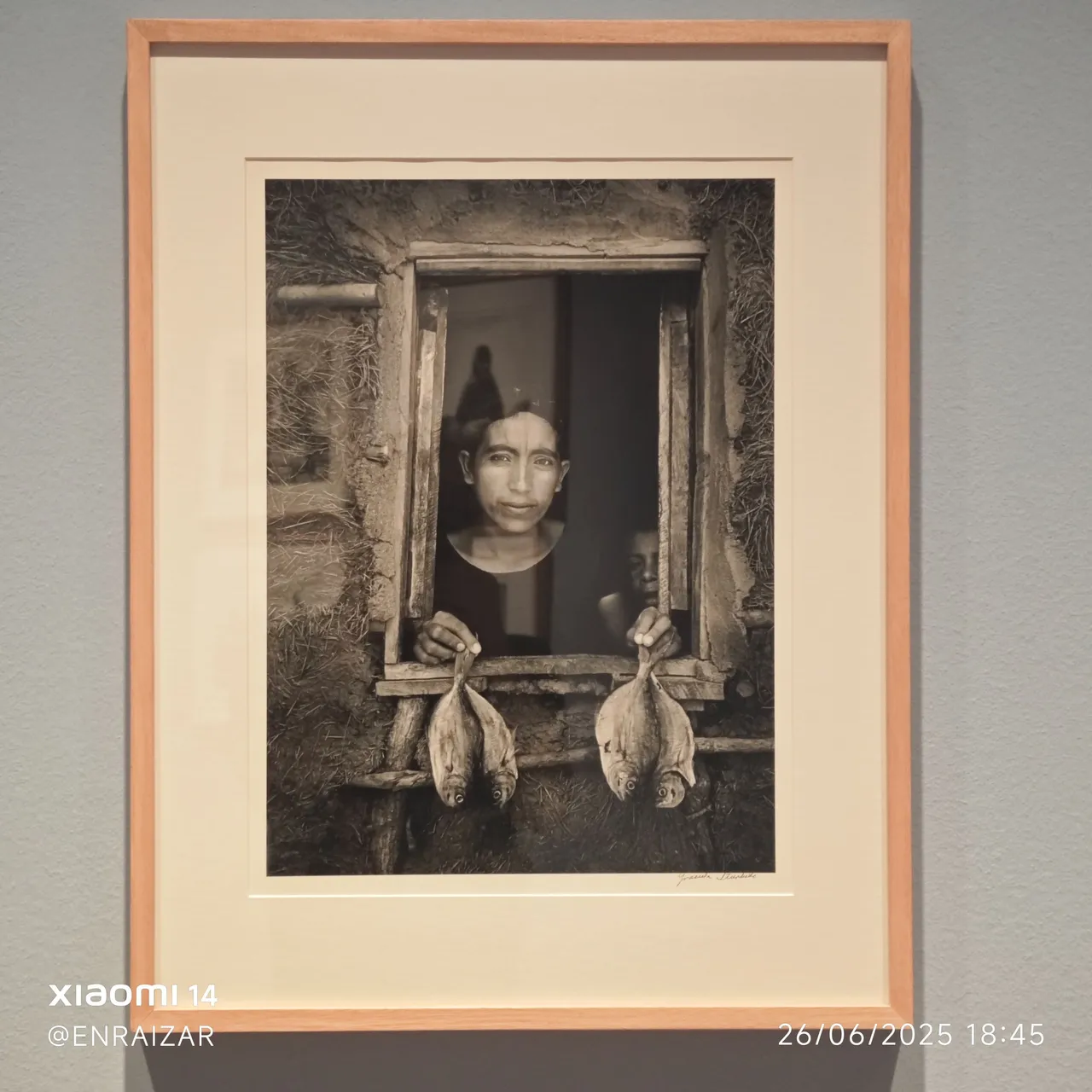
Cuatro pescaditos. Juchitán, Oxaca, México. 1986
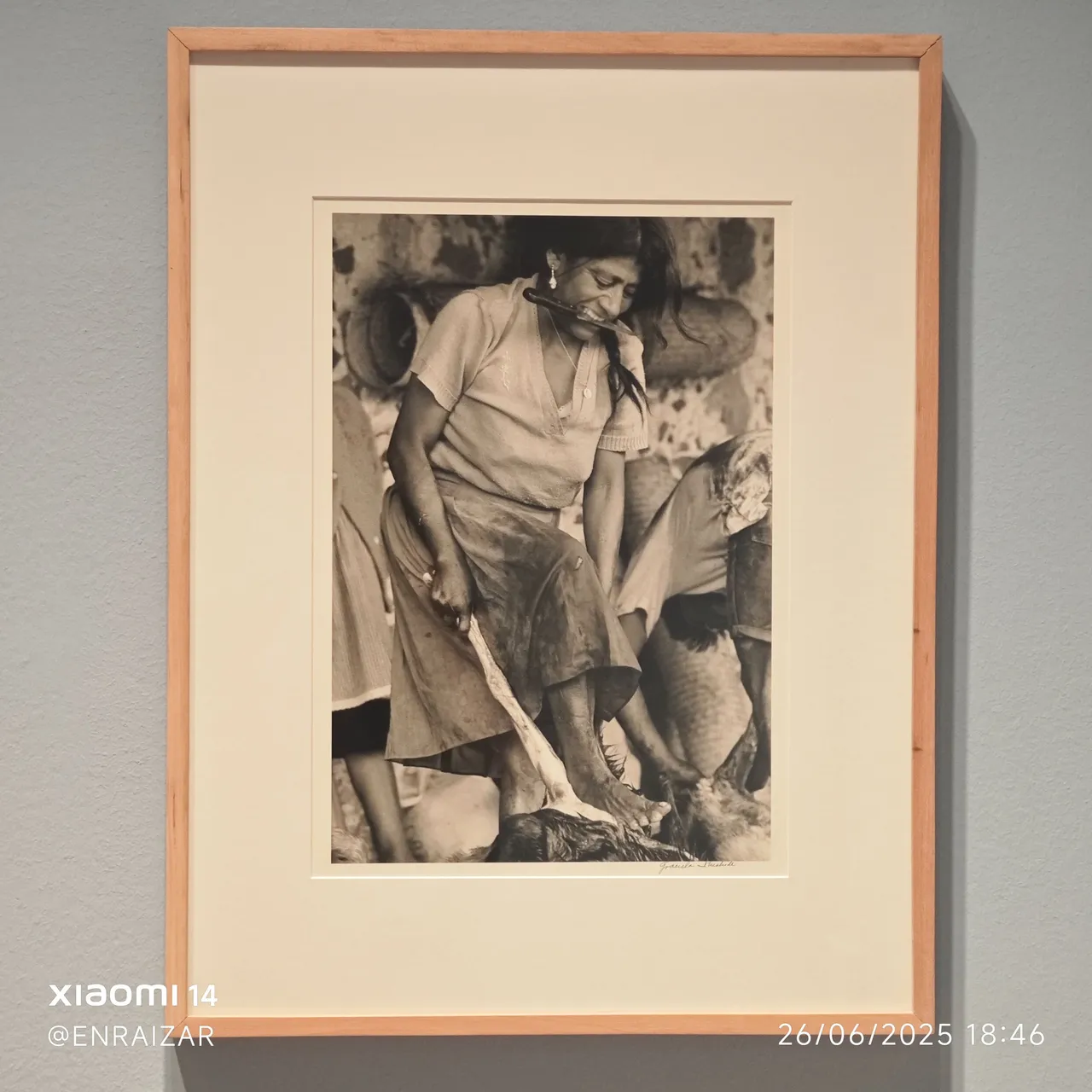
Carmen, la matanza. La Mixteca, Oxaca, México. 1992
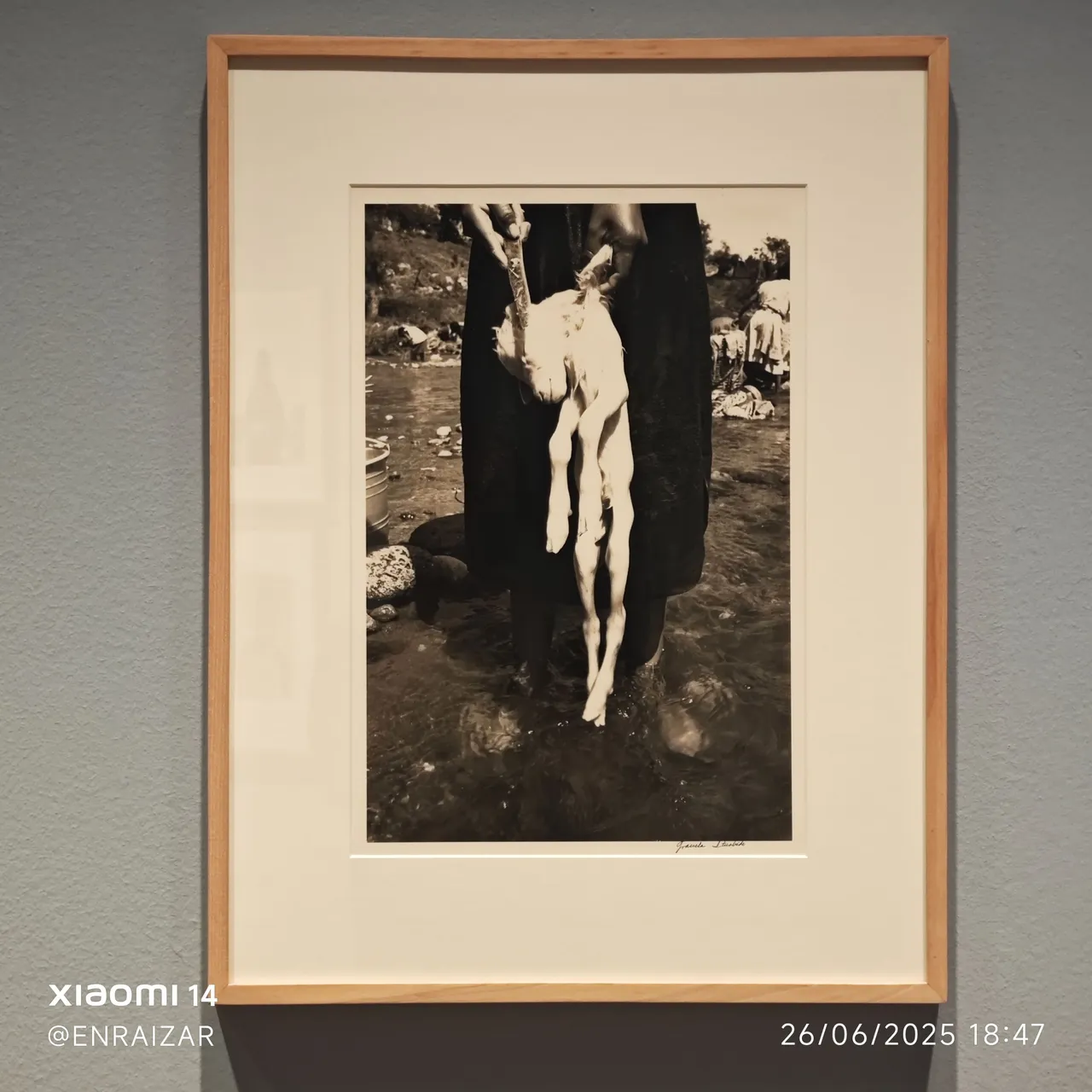
Sacrificio. 1982
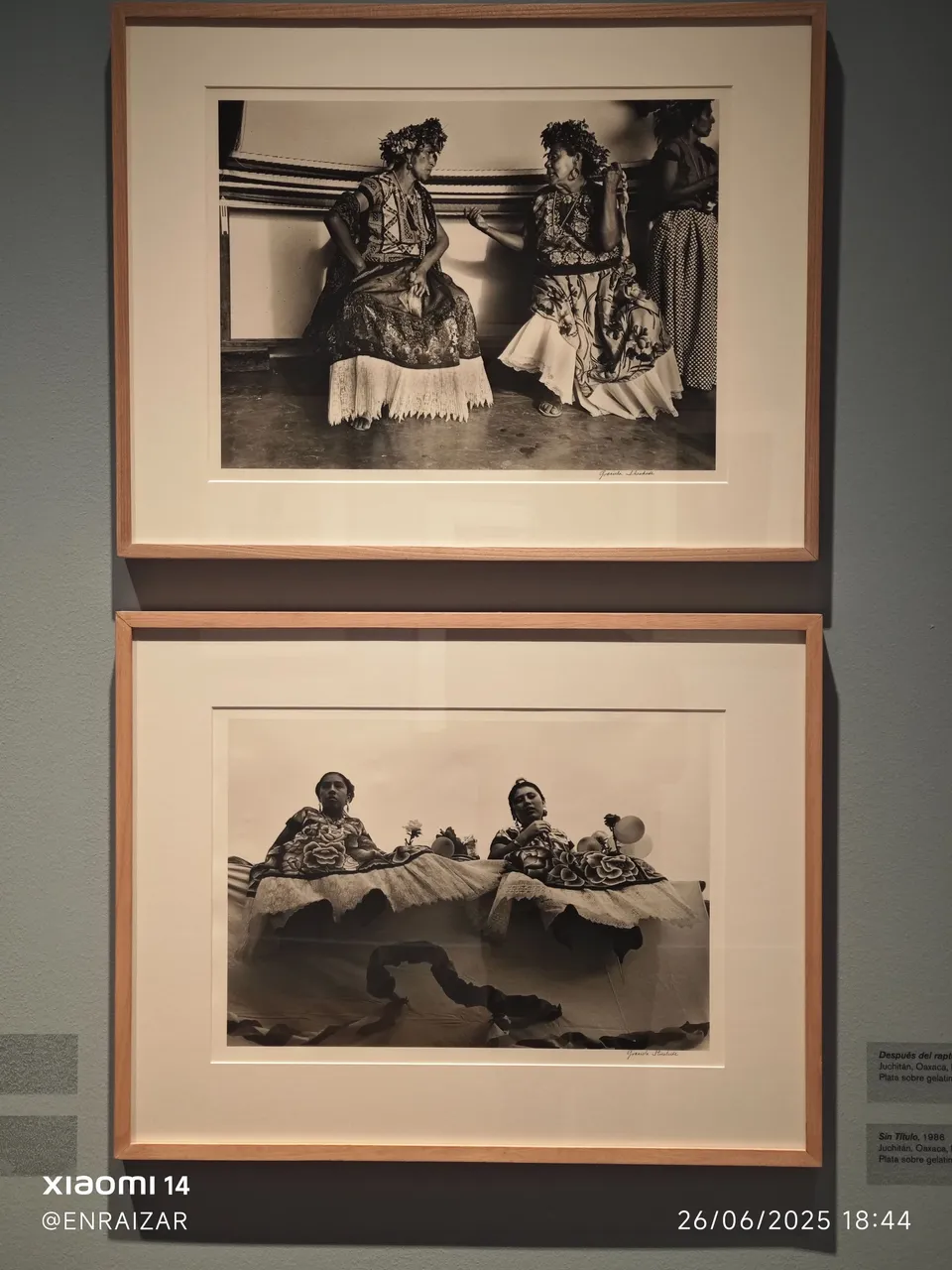
Después del rapto. Juchitán, Oxaca, México. Sin fecha
Sin título. Juchitán, Oxaca, México. 1986
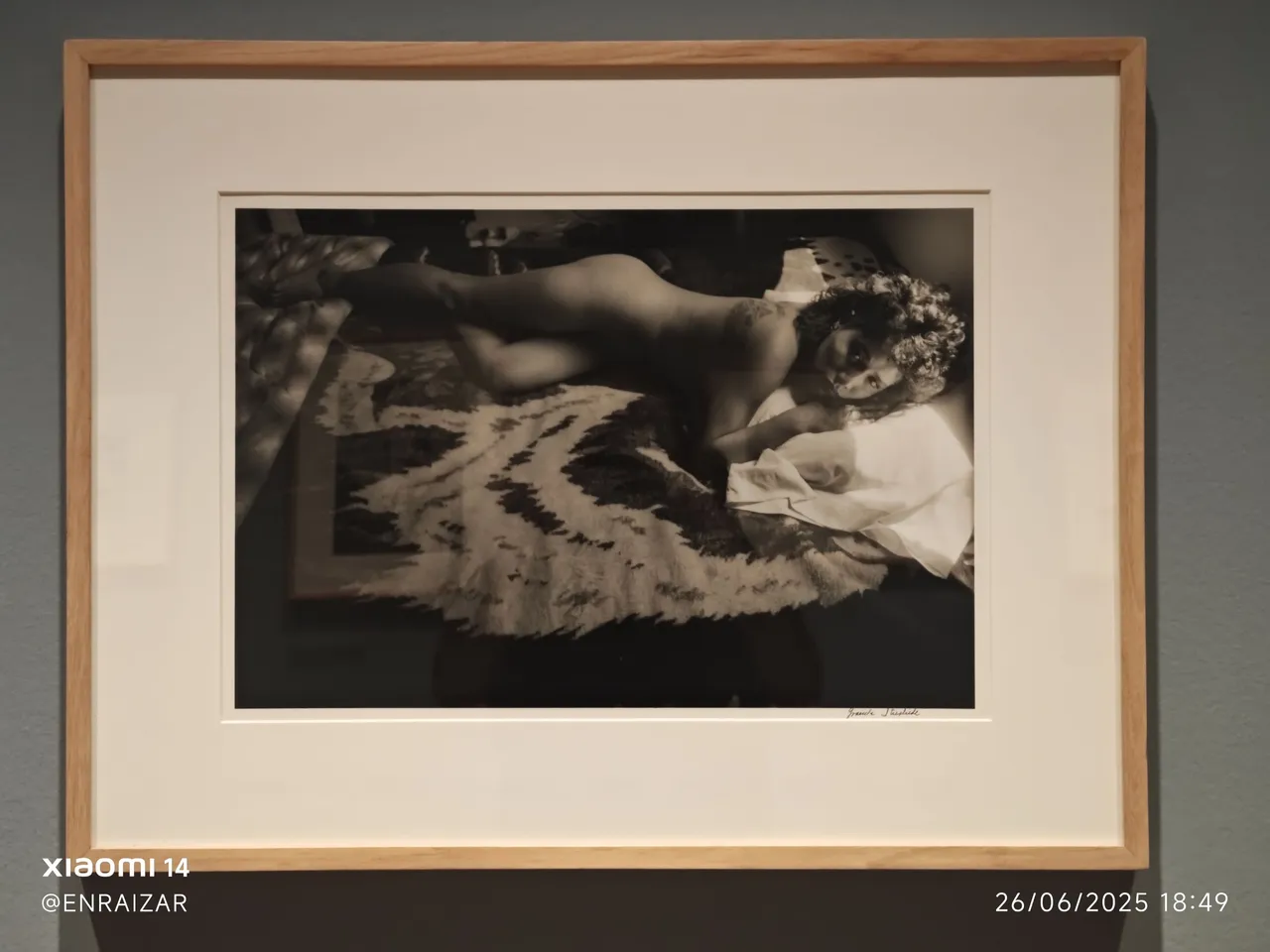
Cristina. Este de los Ángeles, Estados Unidos .1986
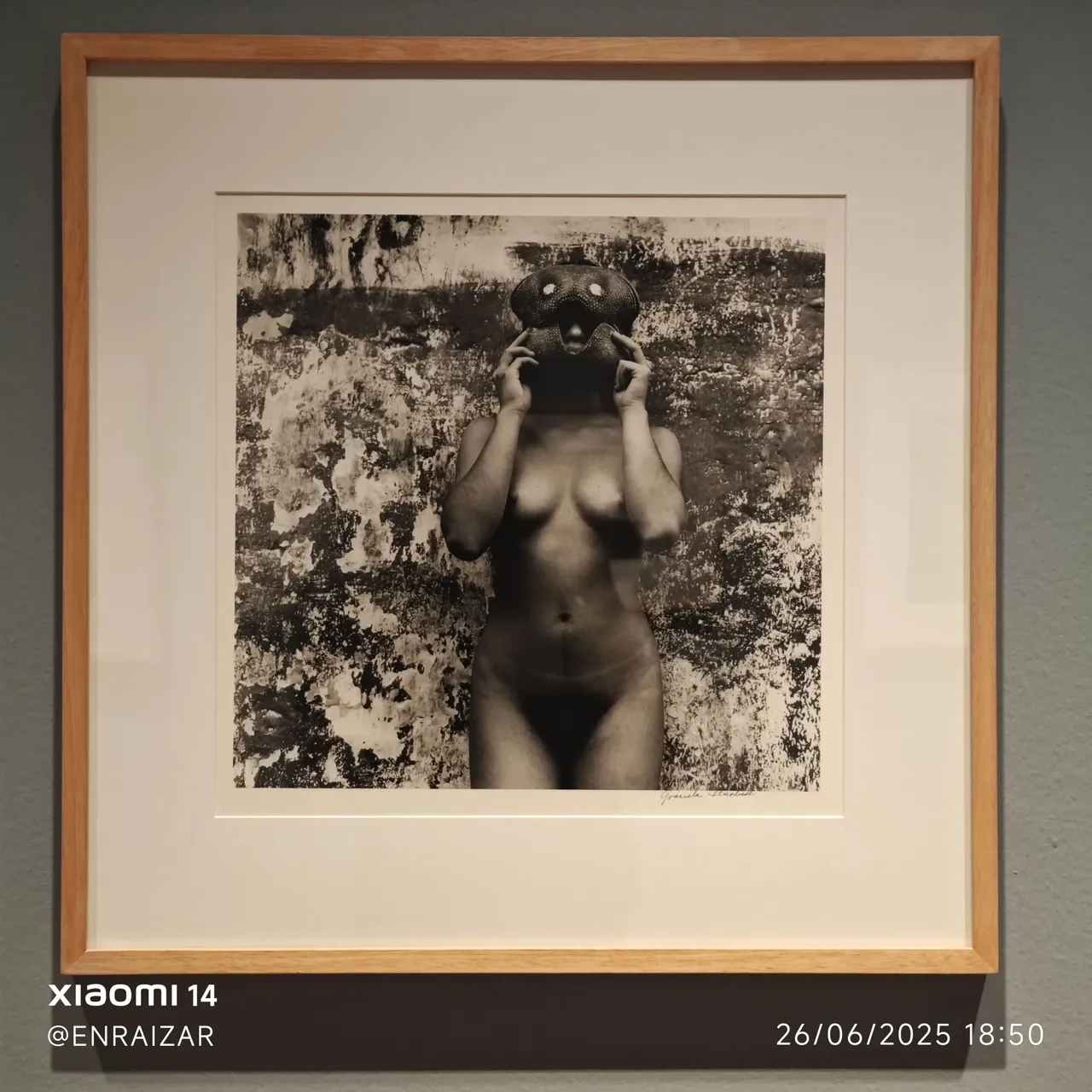
Sin título. Oxaca, México. Sin fecha
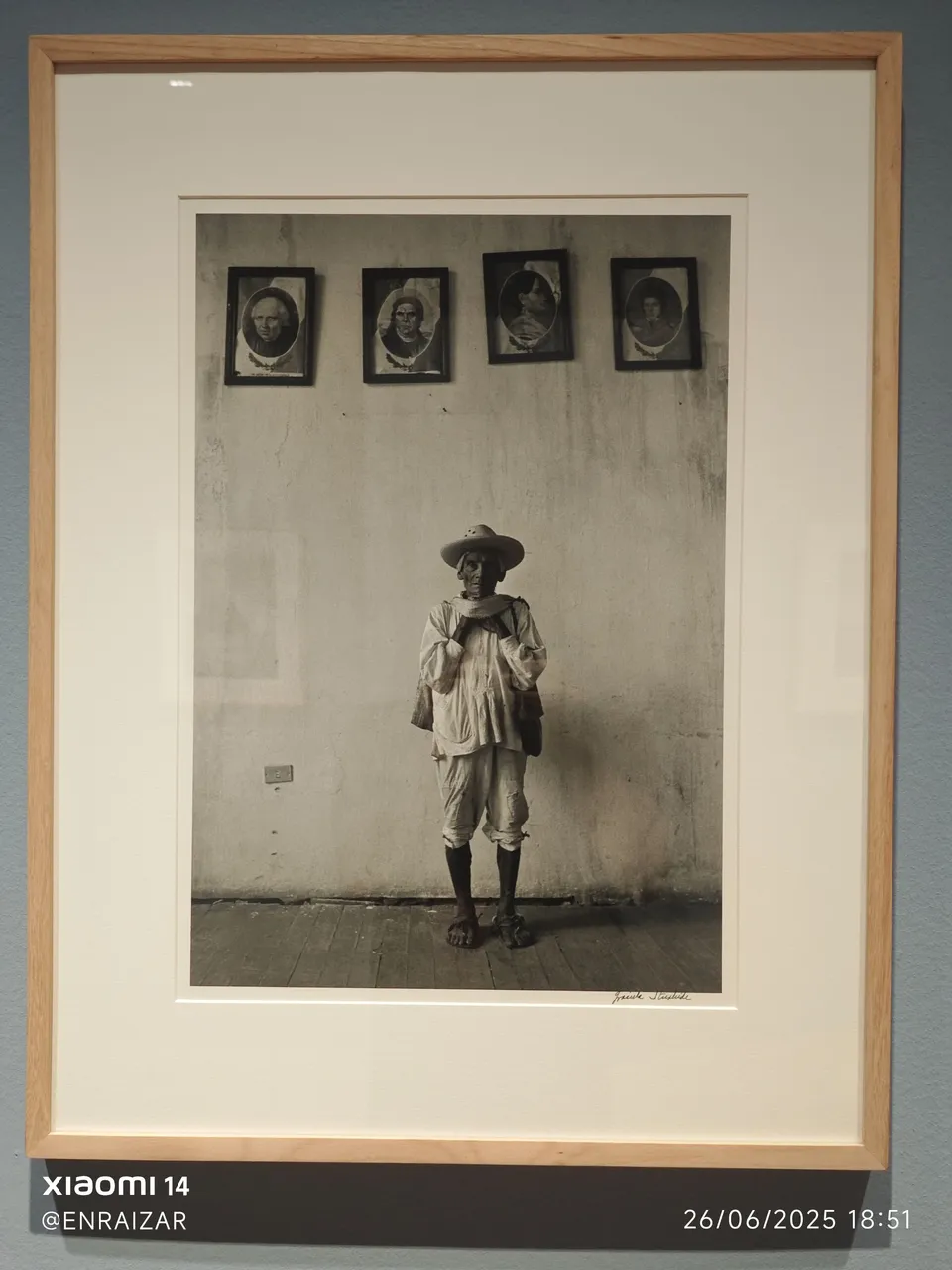
Héroes de la patria. Cuetzaian, Puebla, México. 1993
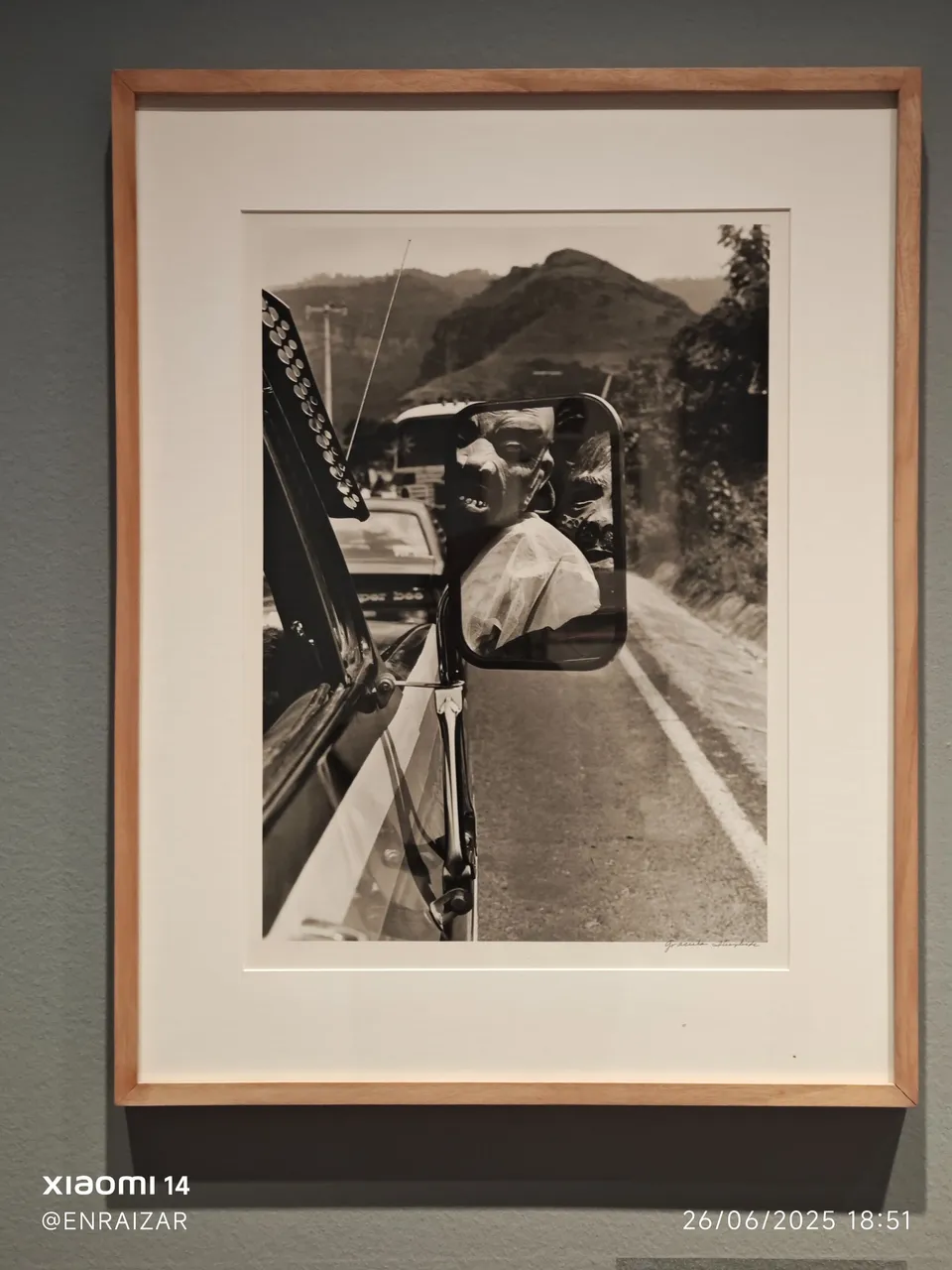
Aparición en el km. 84. Chalma, México. 1983
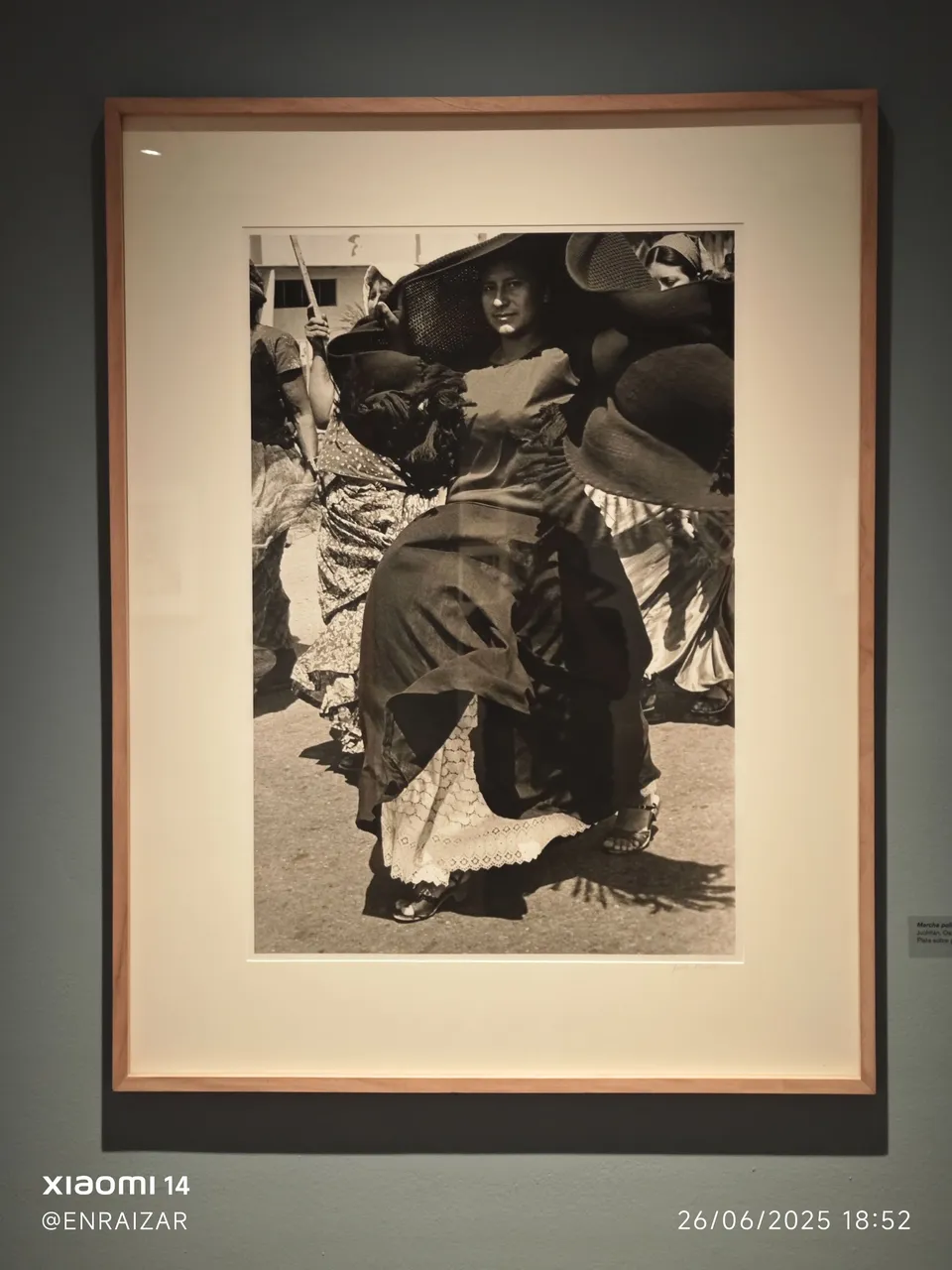
Marcha política. Juchitán, México. 1984
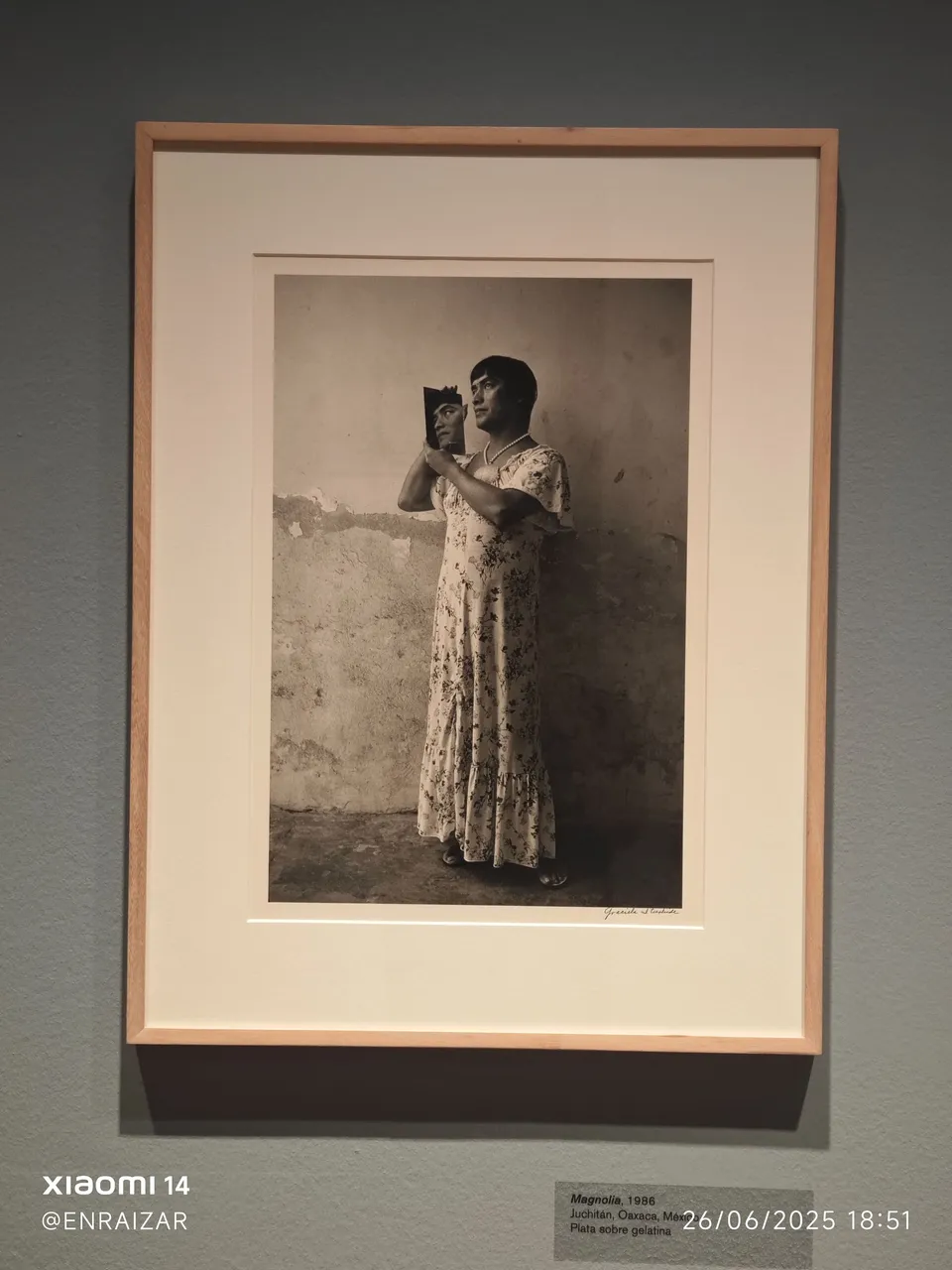
Magnolia. Juchitán, México. 1986
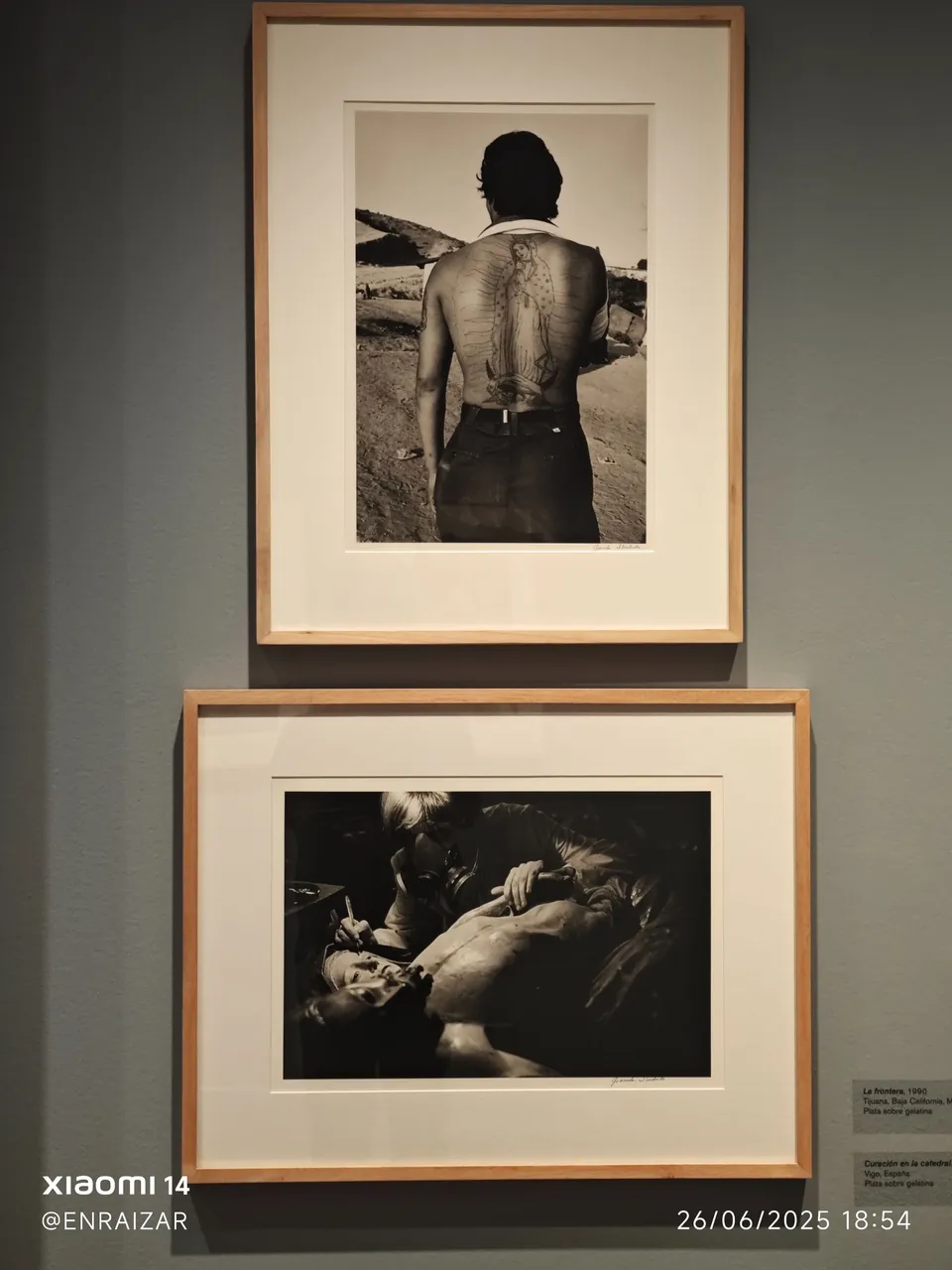
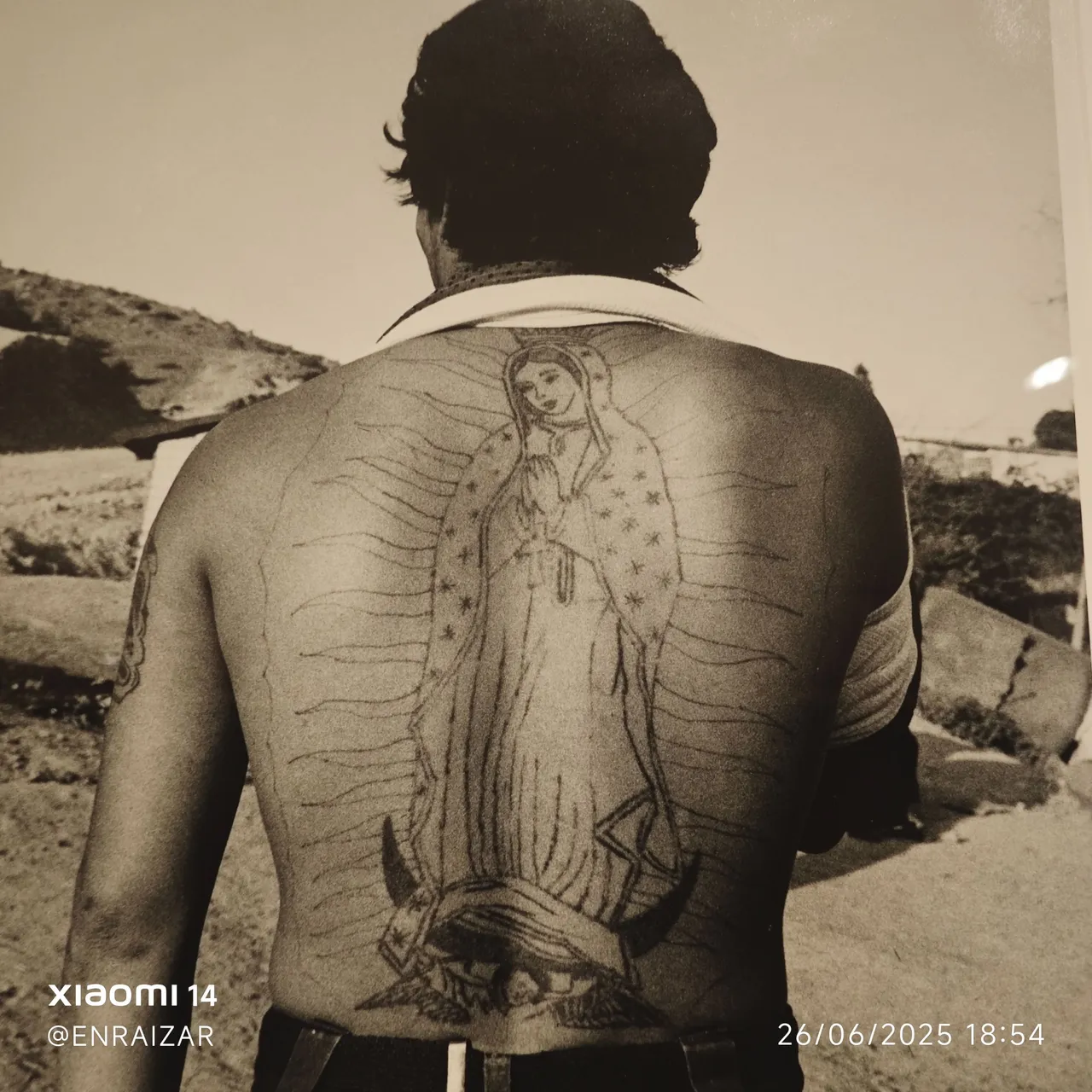
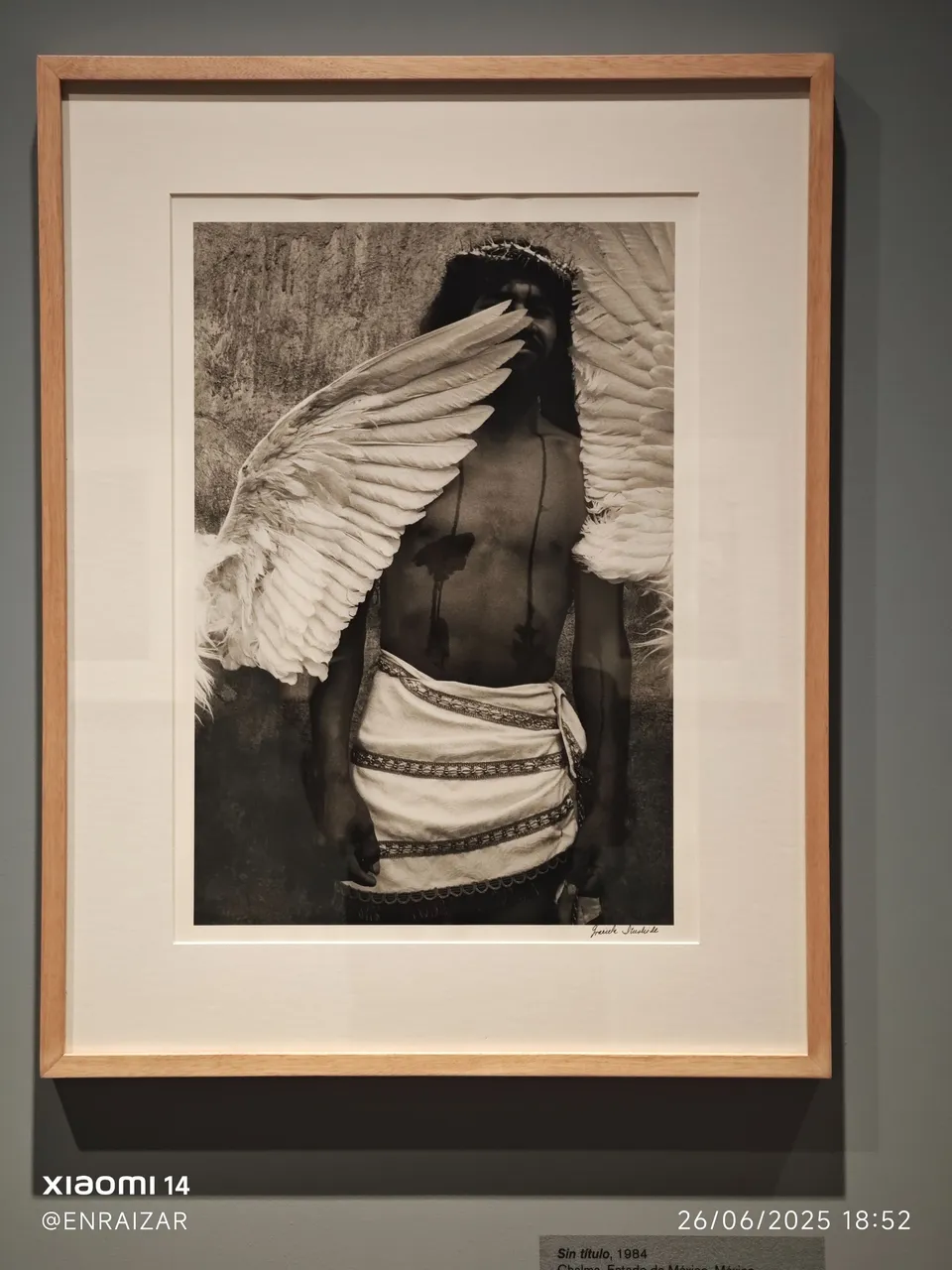
Sin título. Chalma, Estado de México, México. 1984

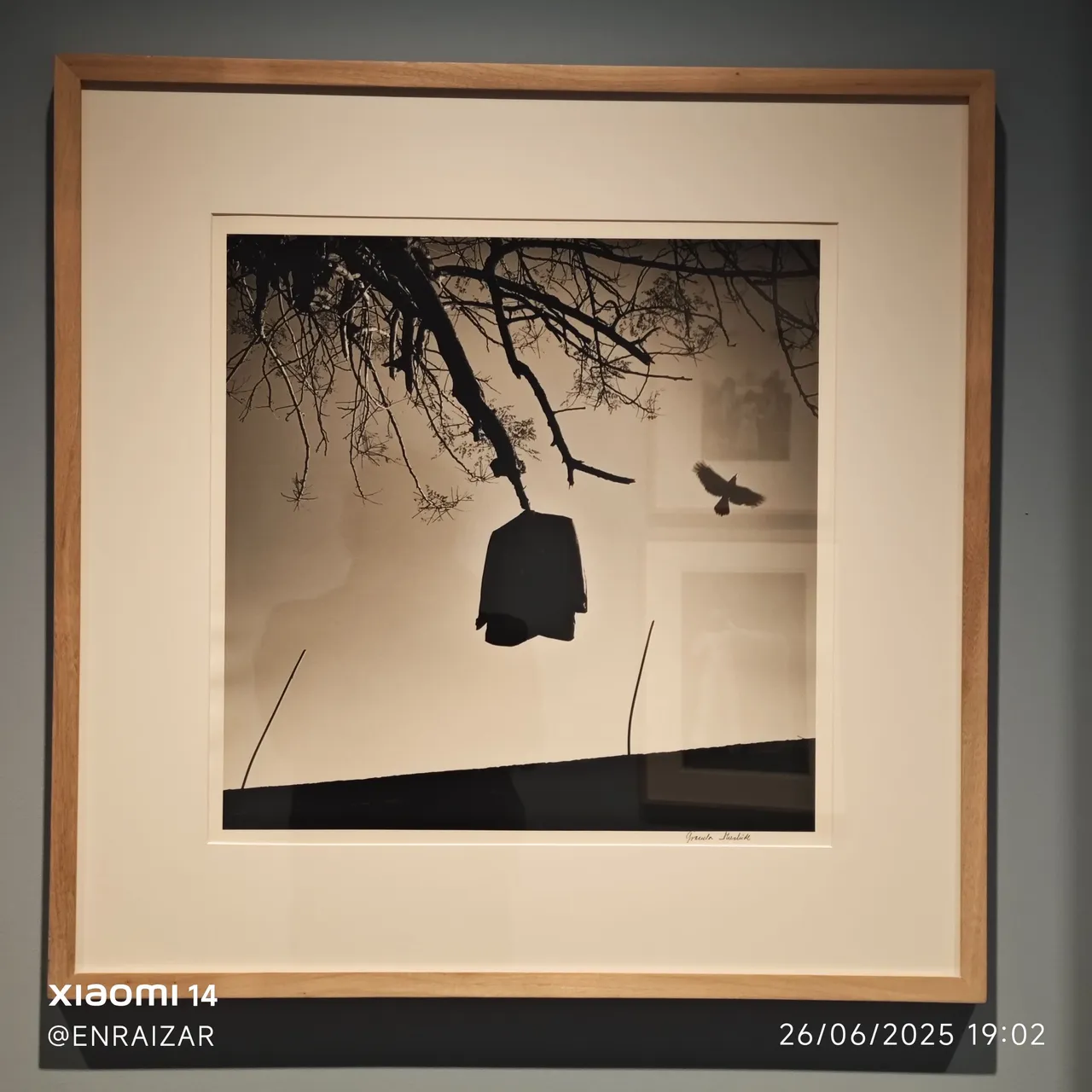
Sin título. Khajuraho, India. 1998
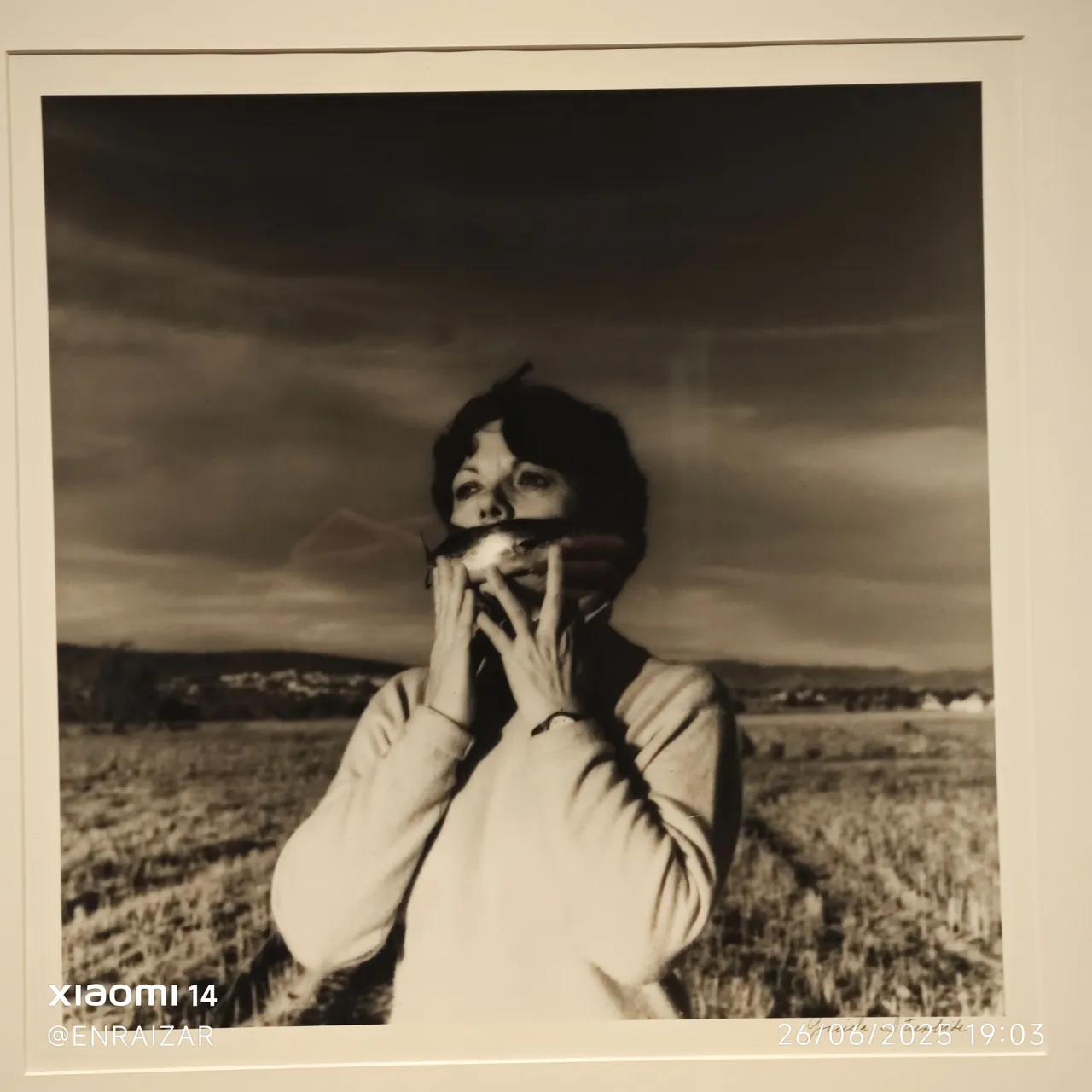
Autorretrato. 1996
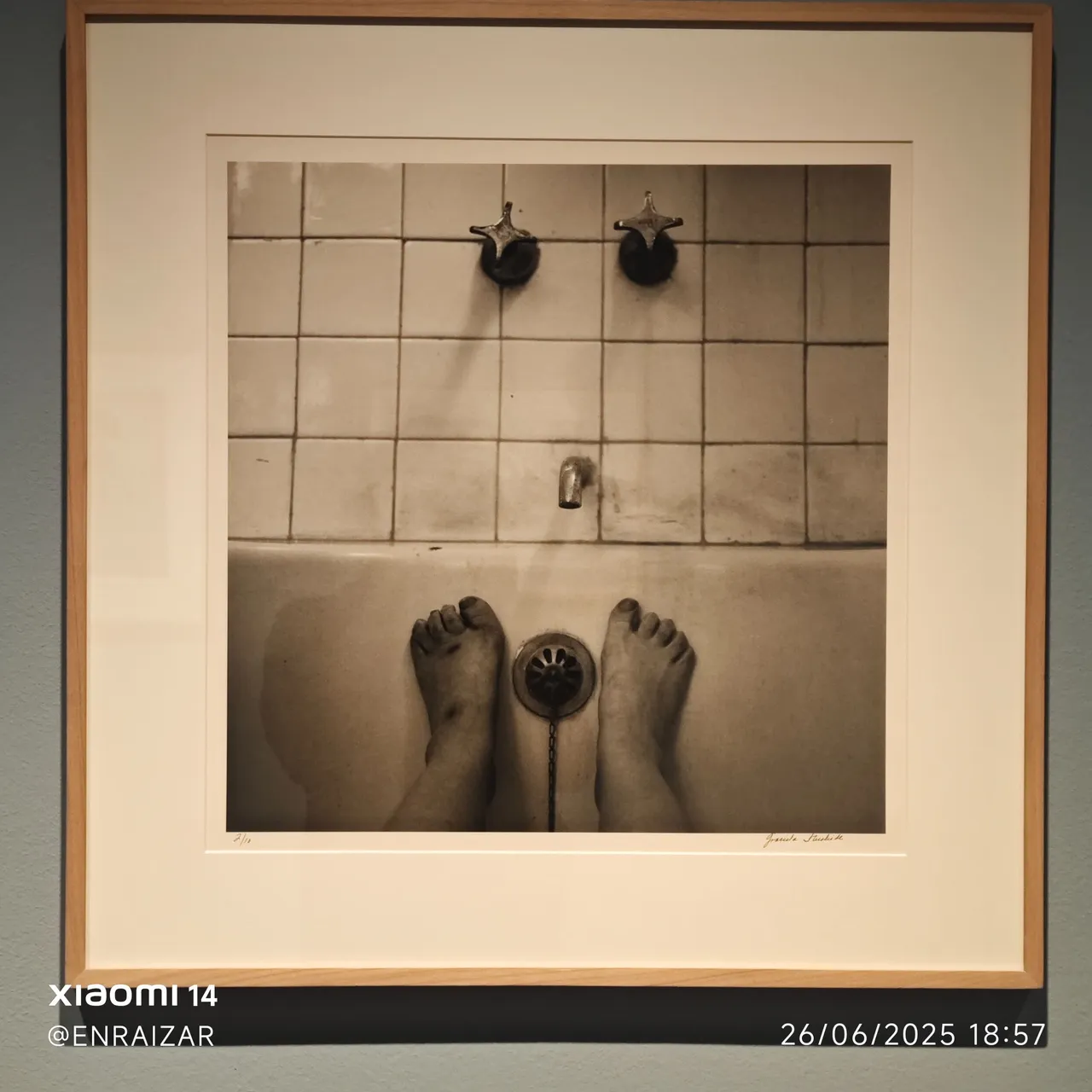
El baño de Frida. Coyoacán, Ciudad de México. 2006
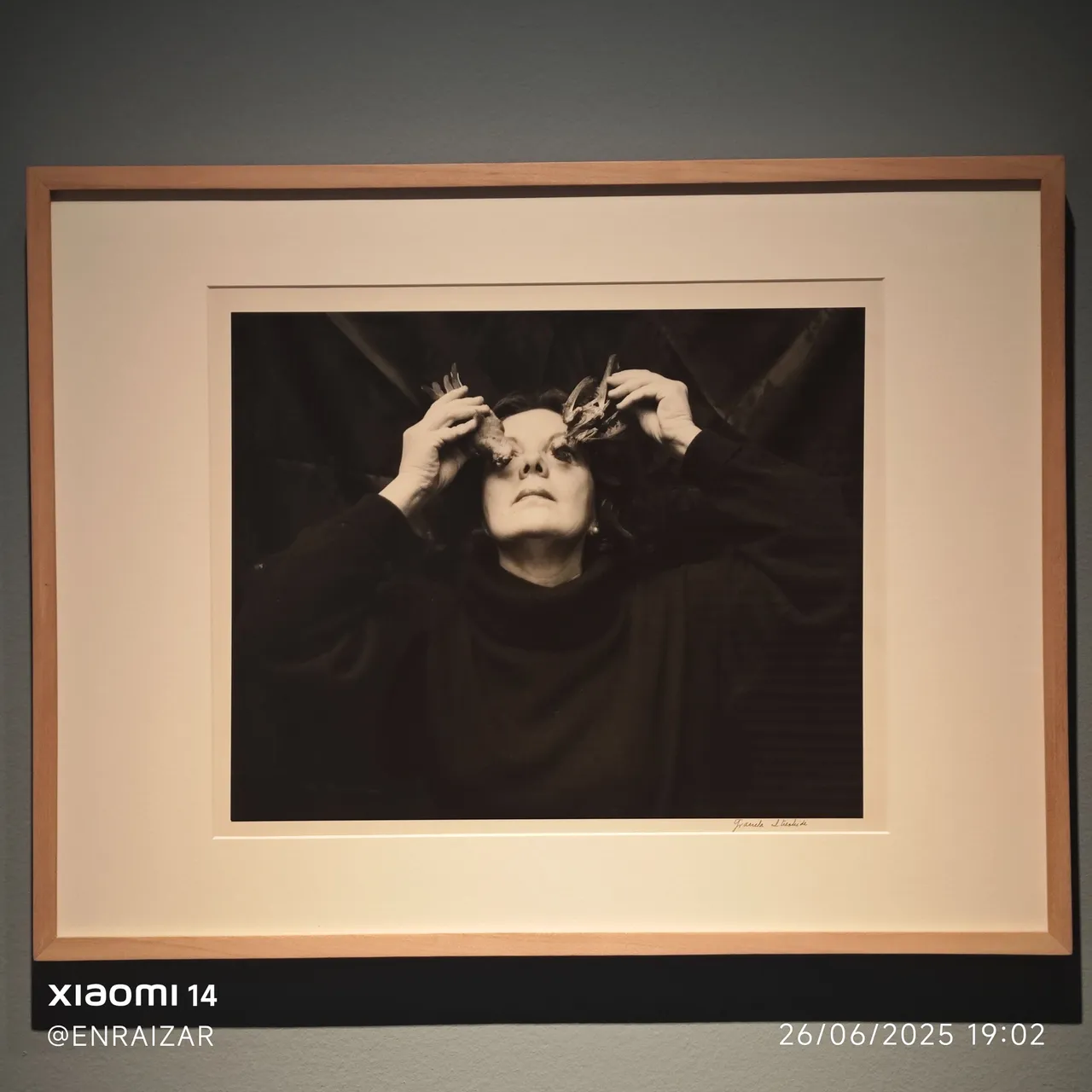
¿Ojos para volar? 1989
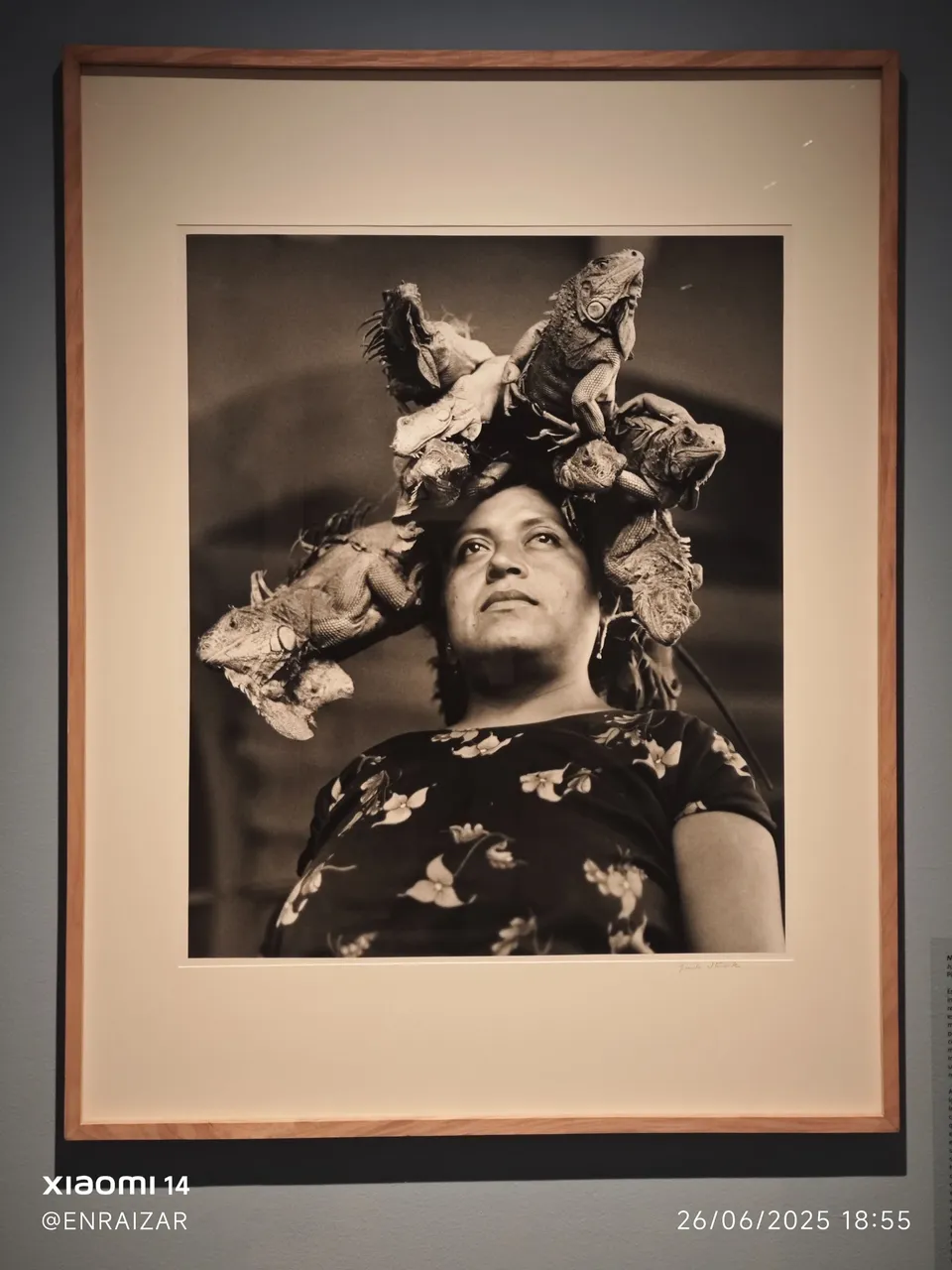
Nuestra señora de las iguanas. Juchitán, Oxaca,México. 1979

Manos poderosas. Juchitán, Oxaca,México. 1986
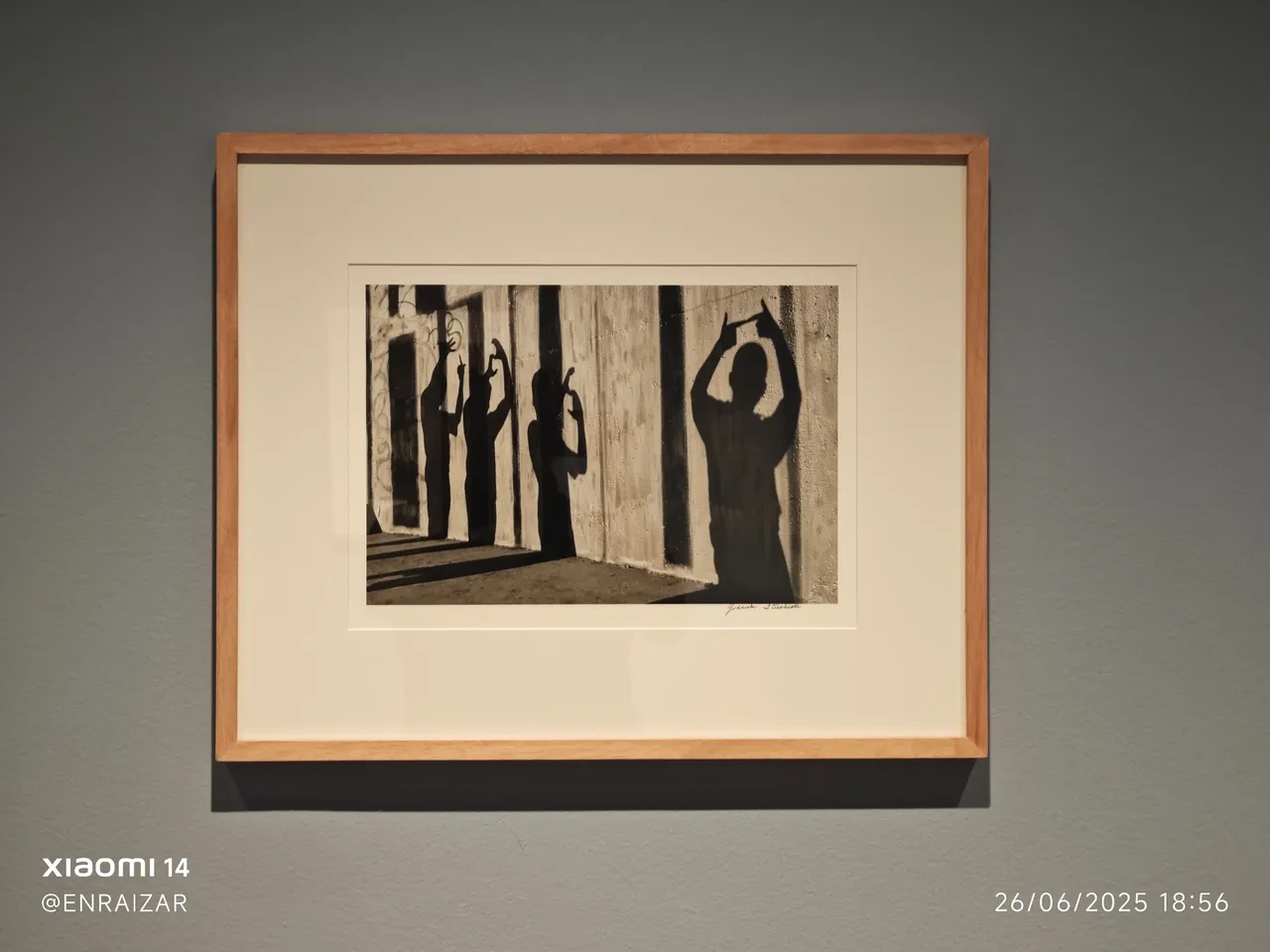
Cholos harpys. Este de Los Ángeles, Estados Unidos. 1984
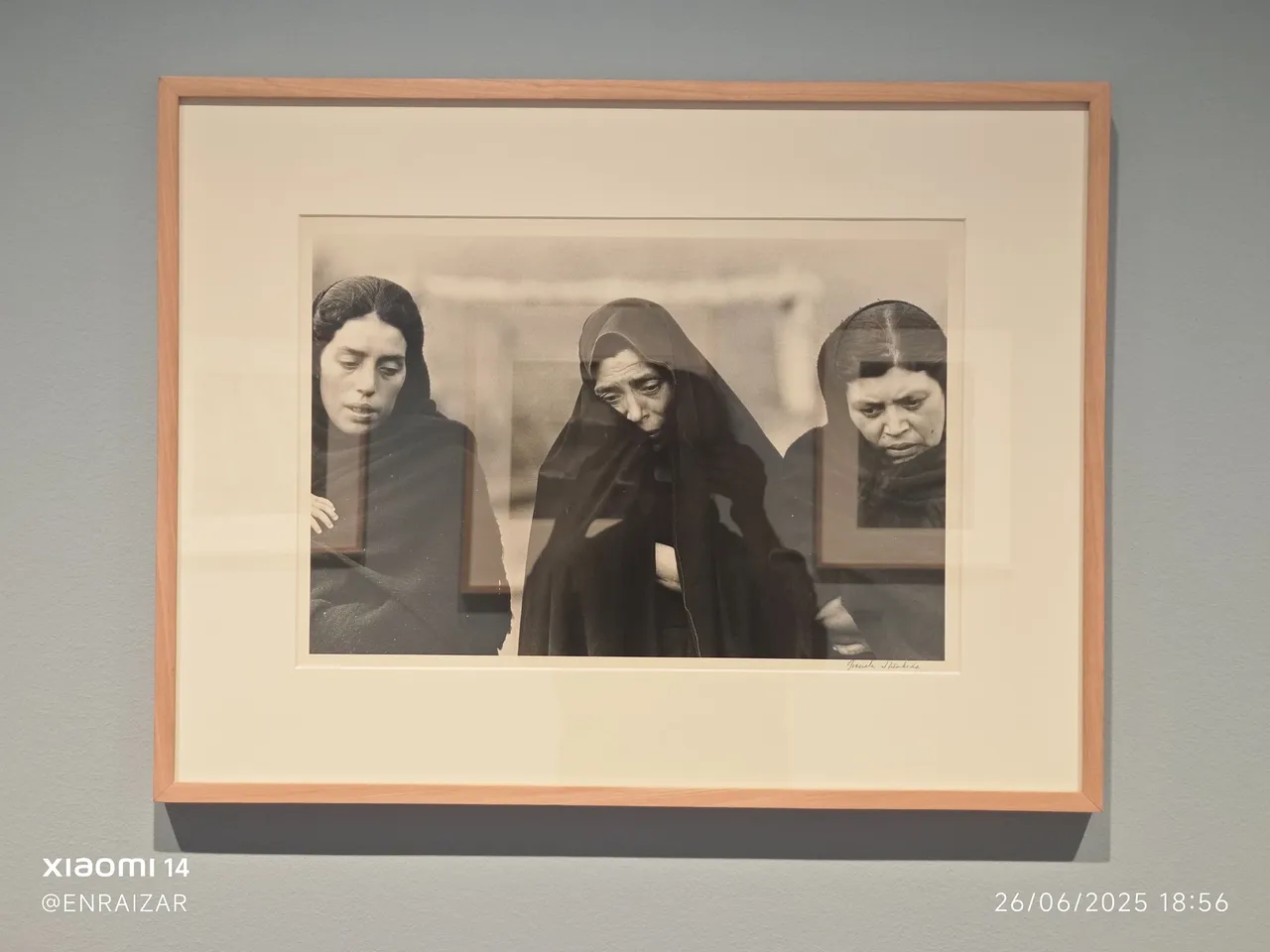
Chiapas.

Sin título. Etla, Oxaca, México. 2007

Antes de la Matanza. El baile del cabrito. La mixteca, Oxaca, México. 1992

Los pollos. Juchitán, Oxaca, México. 1979
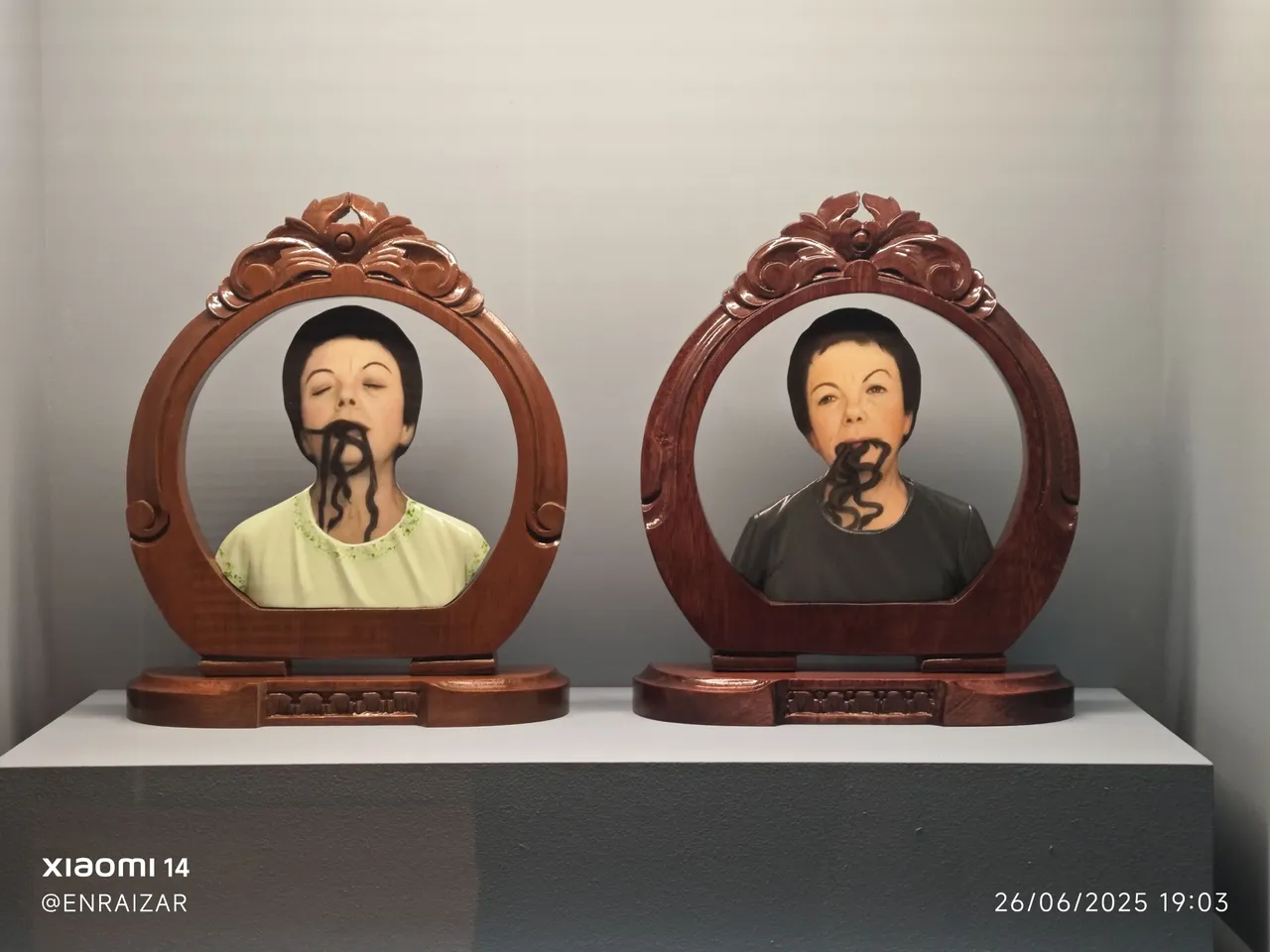
Autorretrato con serpientes. Sin fecha.
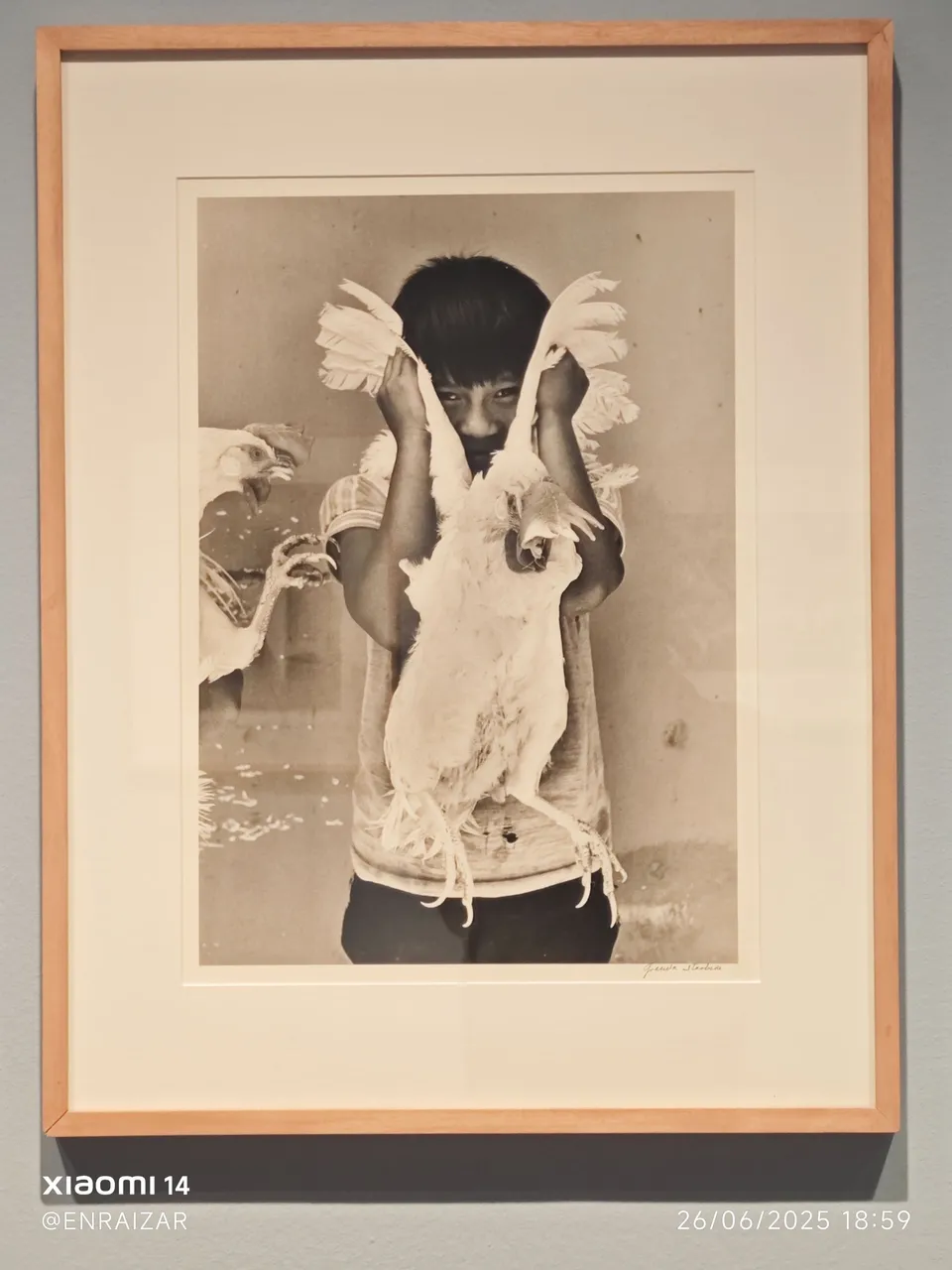
El gallo. Juchitán, Oxaca, México. 1986

Jano. Ocumicho, Michoacán, México. 1981
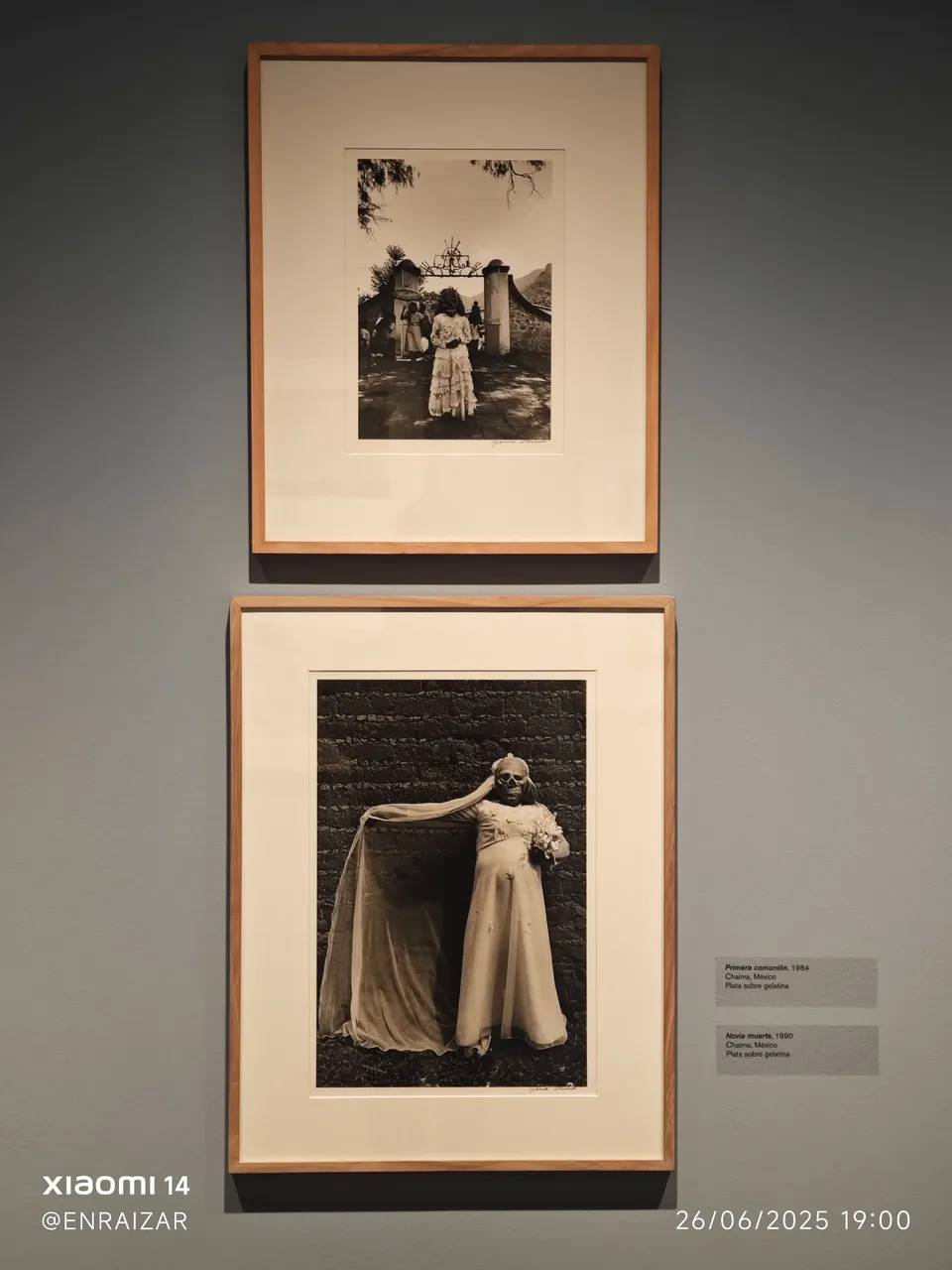
Primera comunión. Chalma, México. 1984
Novia muerte. Chalma, México. 1990
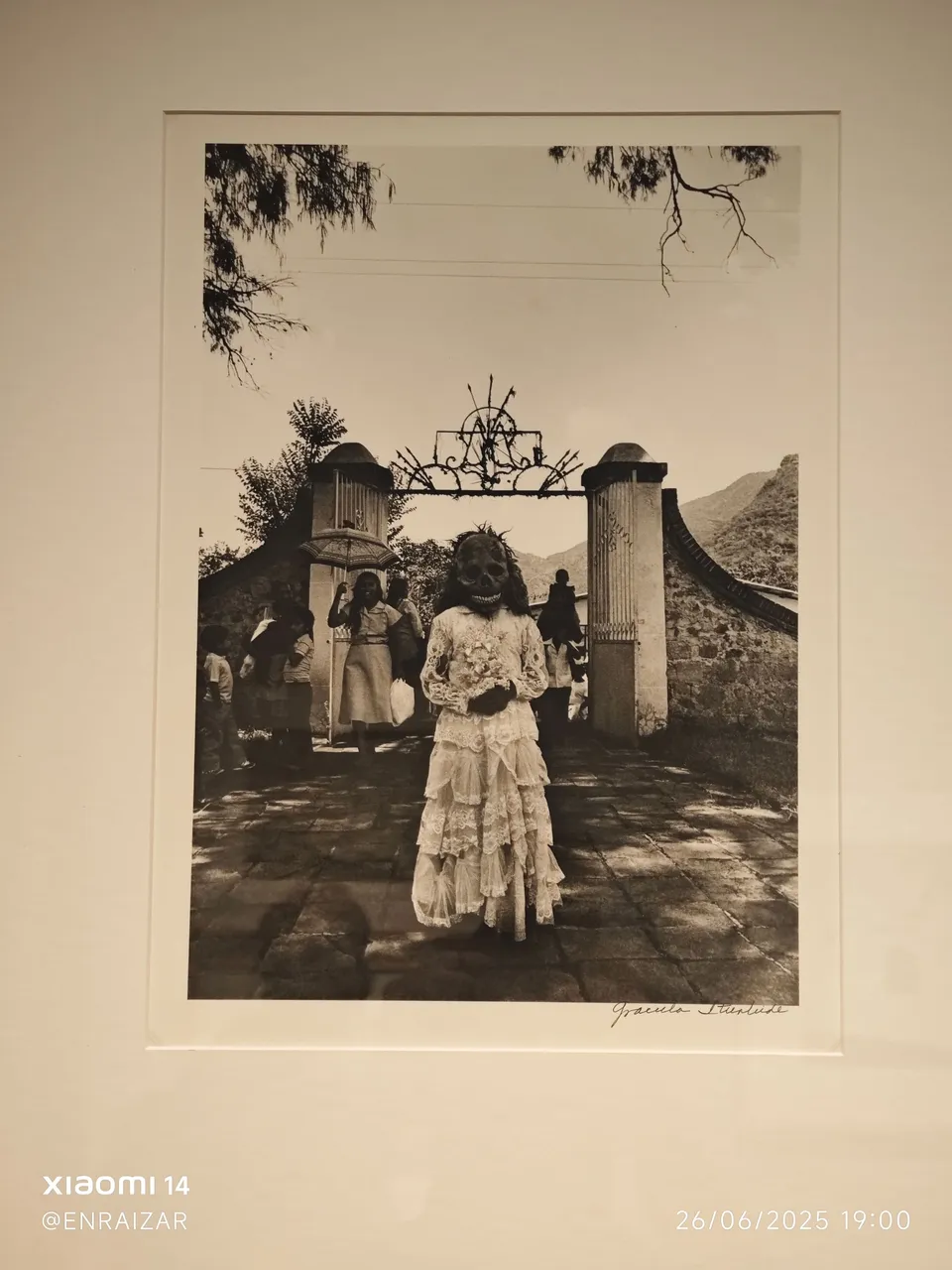
Primera comunión. Chalma, México. 1984
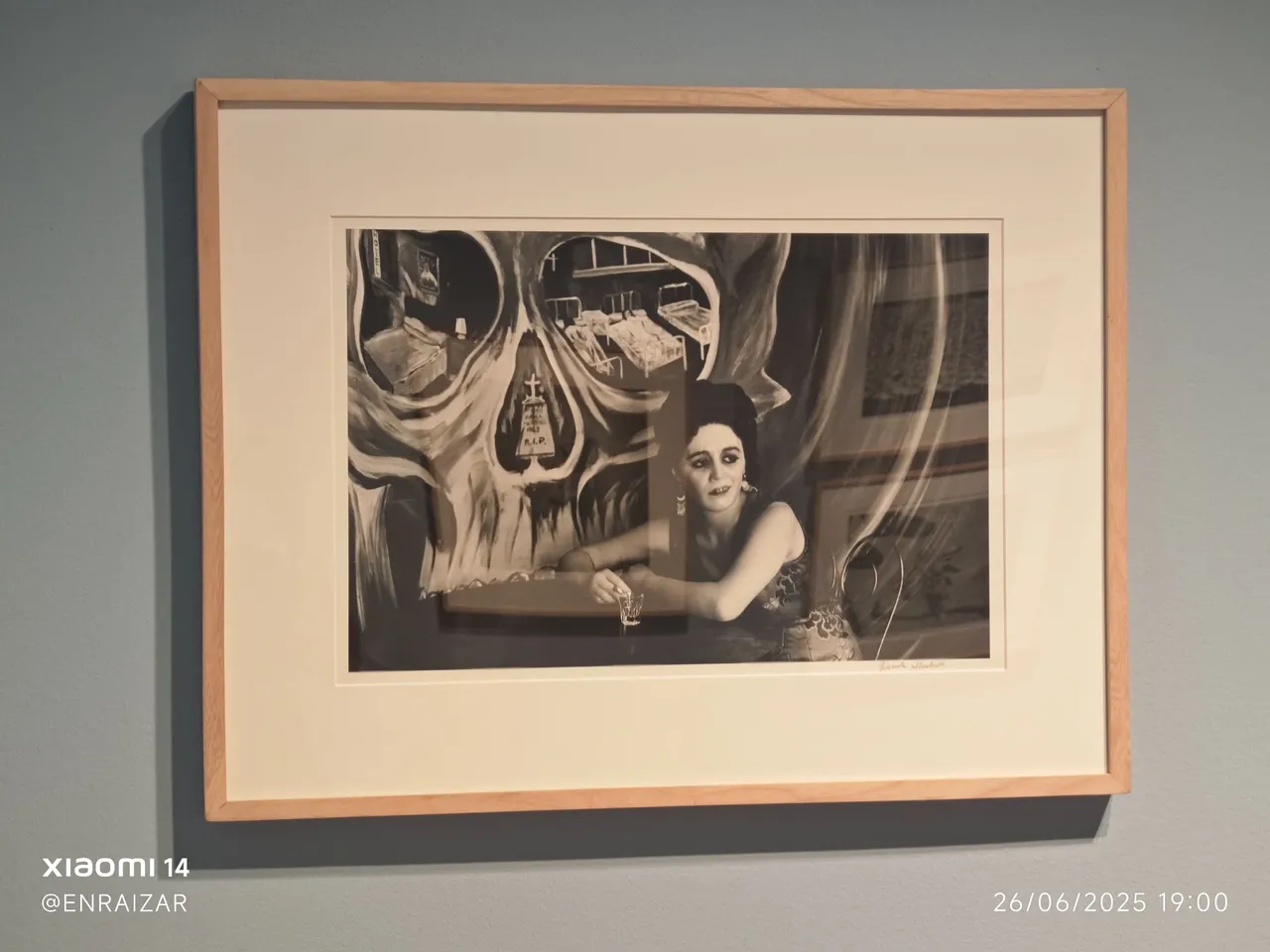
Sin título. Ciudad de México. 1969
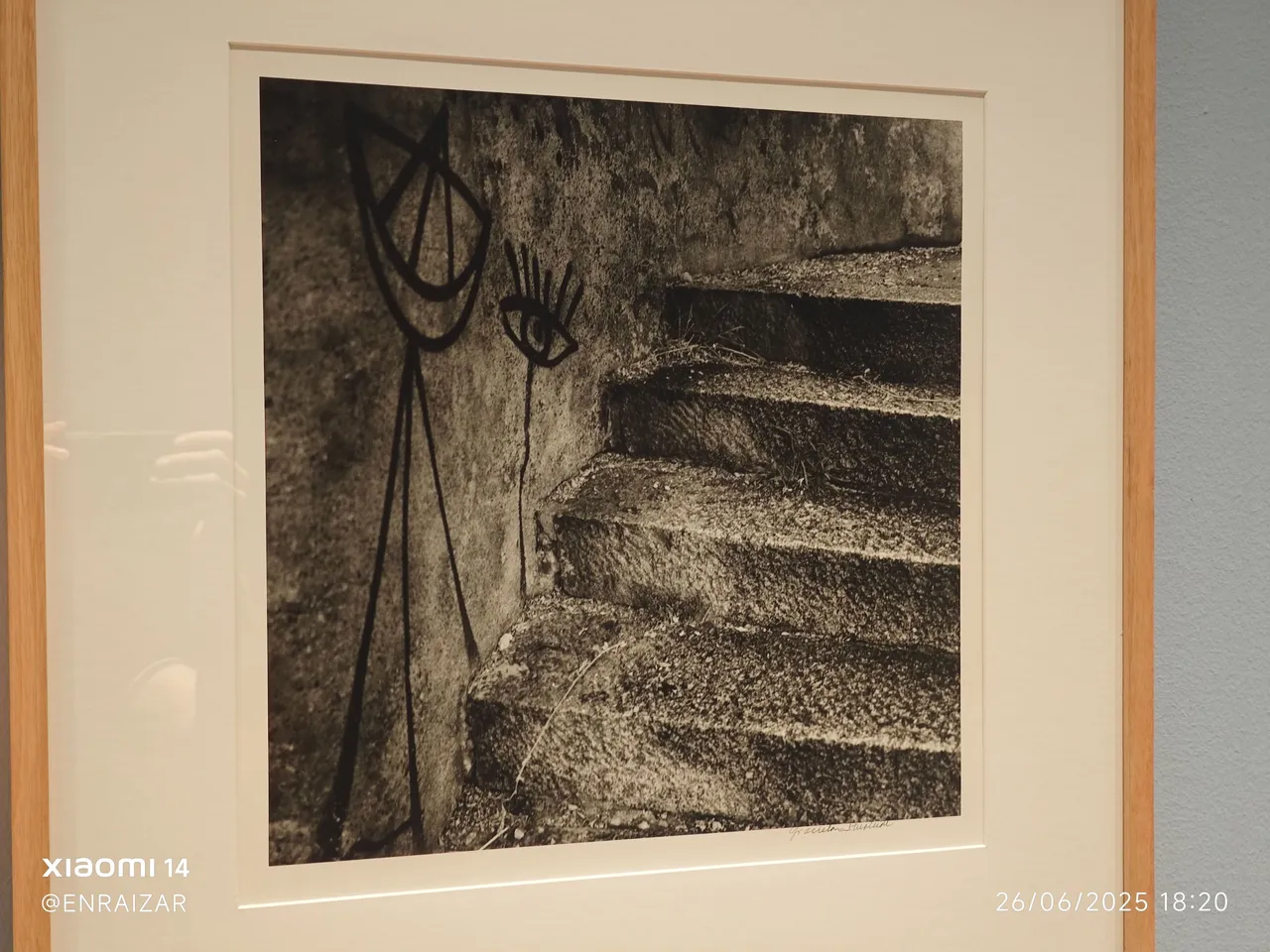
Sin título. Cerdeña. 2010
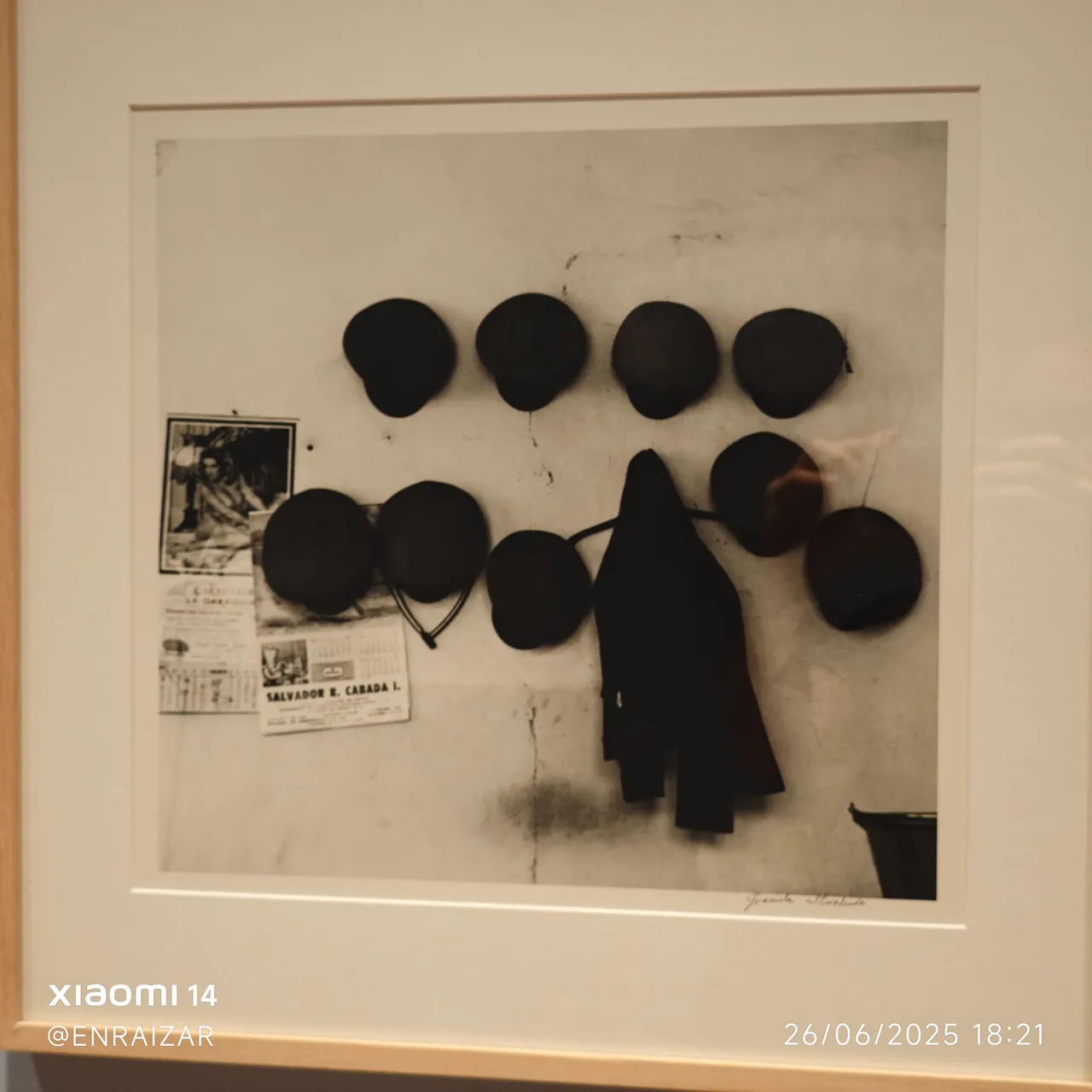
Comisaría de policía. Italia.
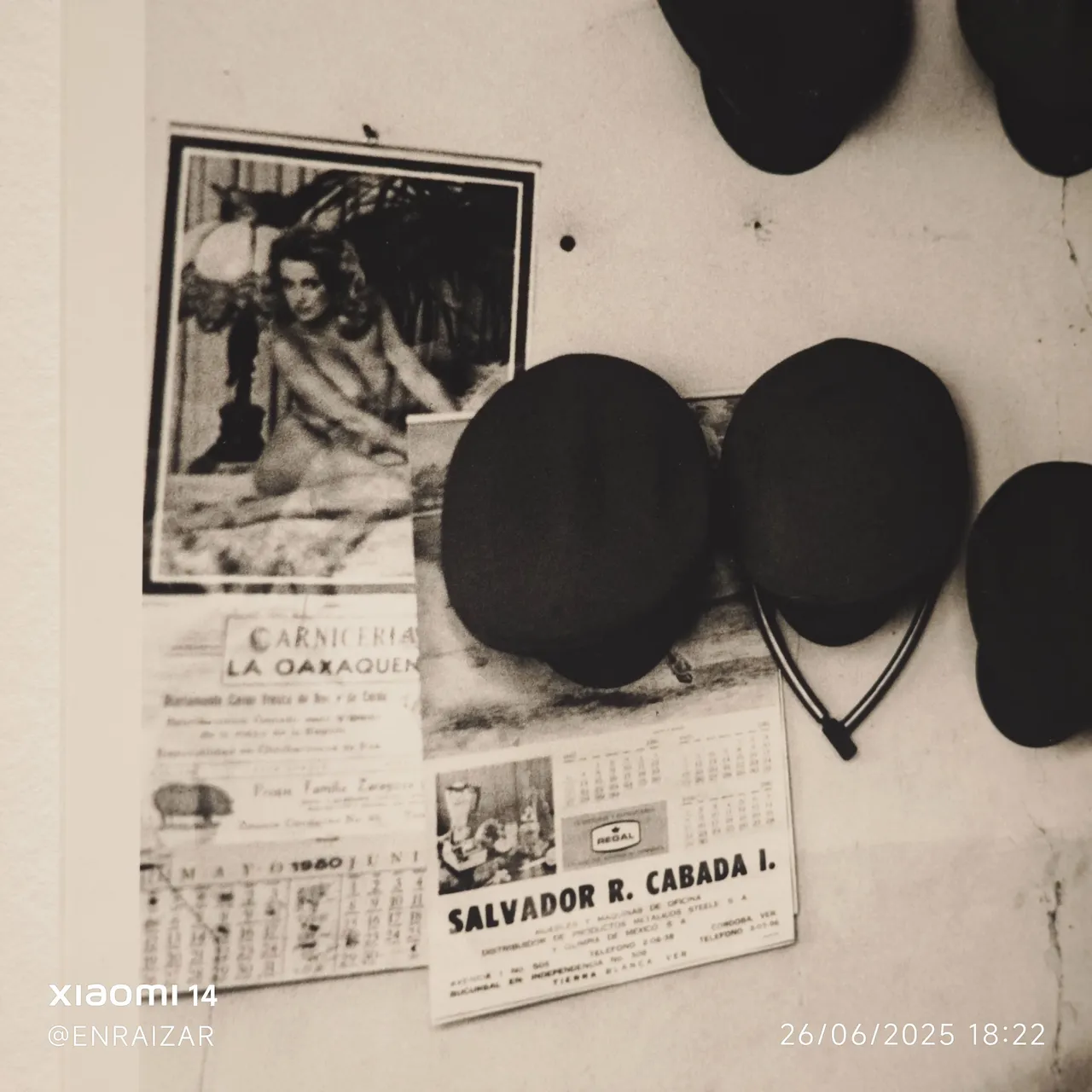
I hope you liked this post.
Thank you for joining me here.
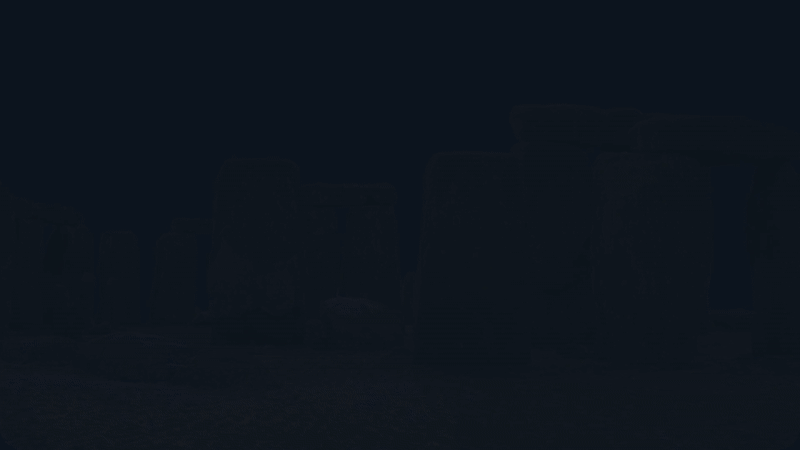
Banner edited with Canva pro and cropped with ezgif.com.
Avatar created with IA Ideogram.

Translated into English from my native language Spanish with Google Translator.
All photographs are my own. All images taken with my Xiamoi14 cell phone camera.
🕷️
